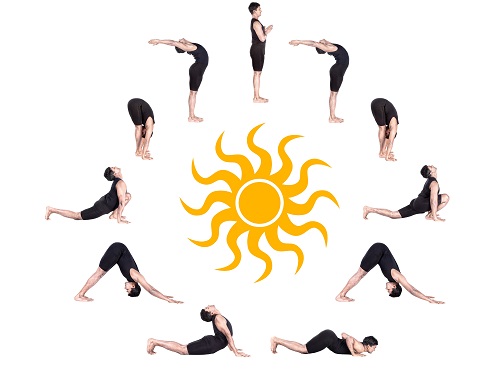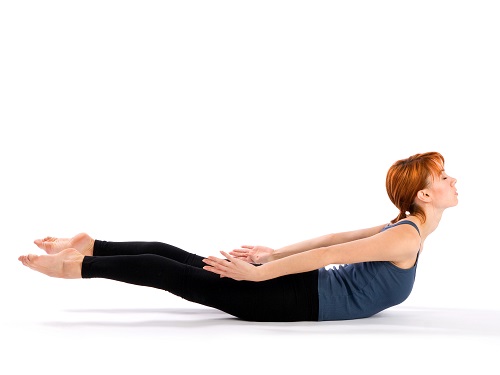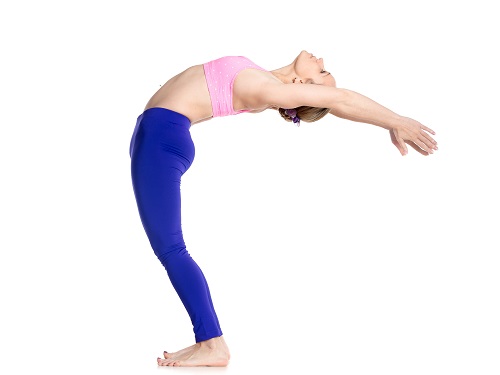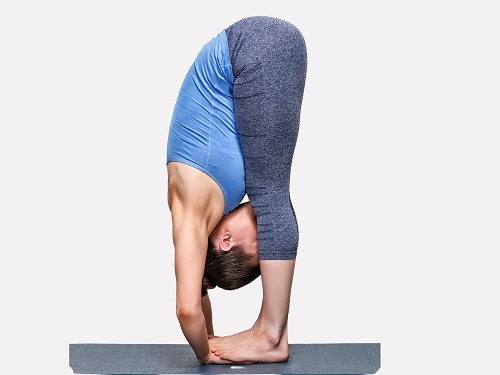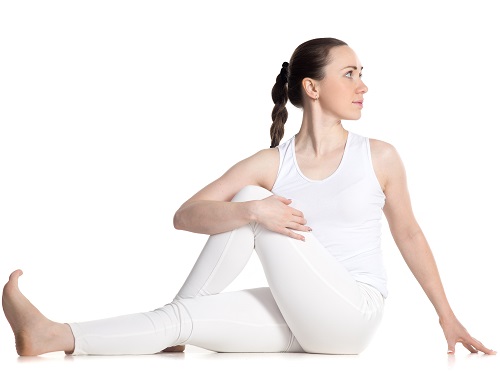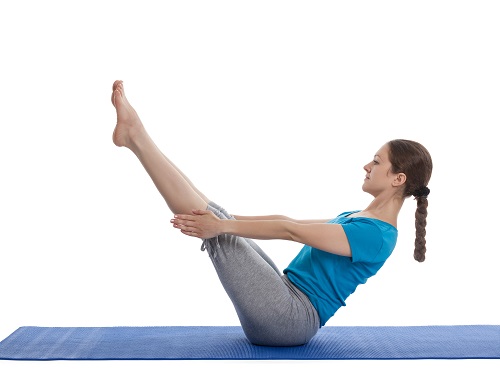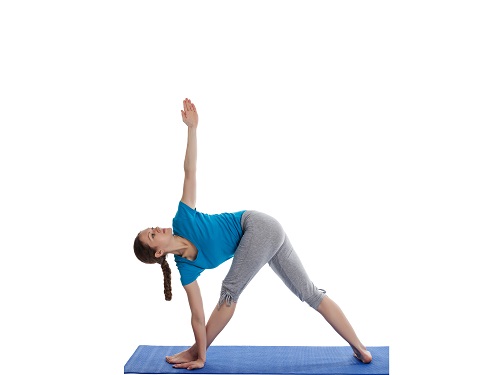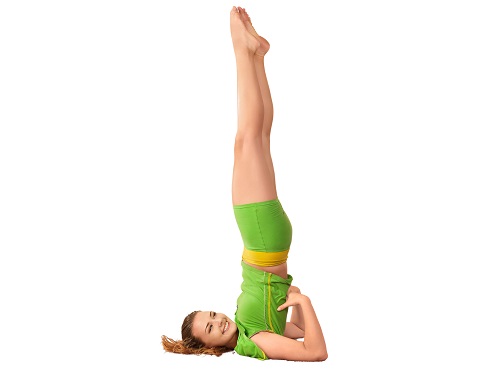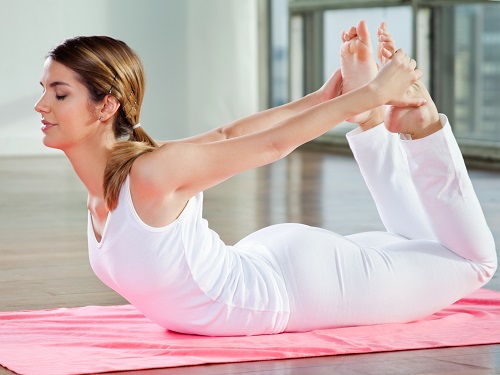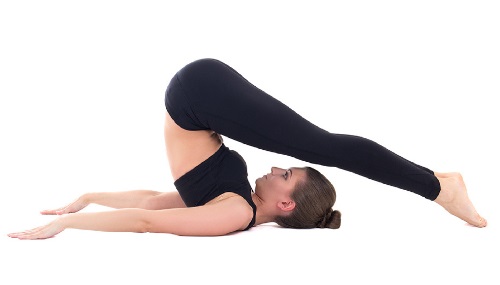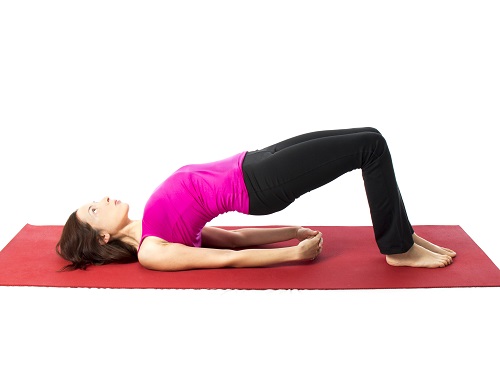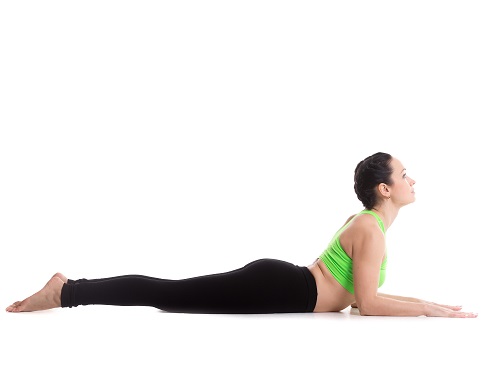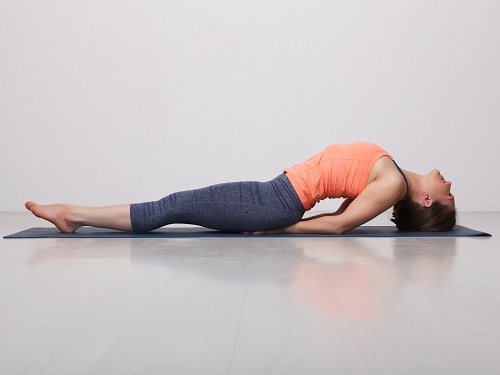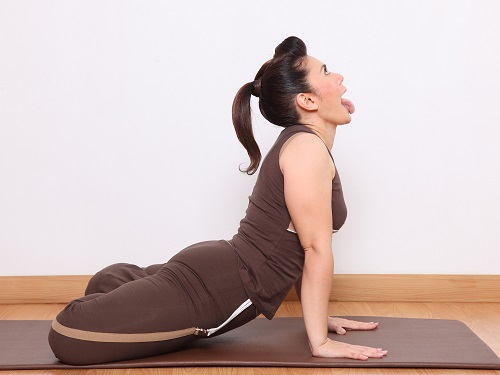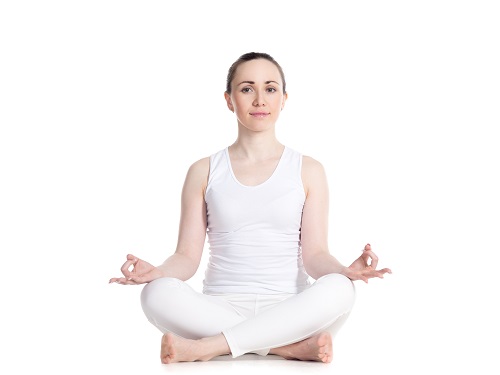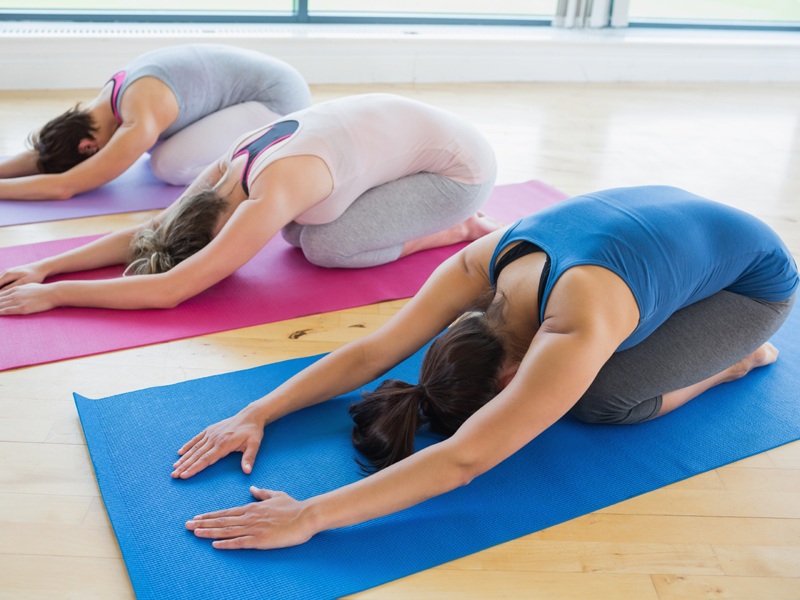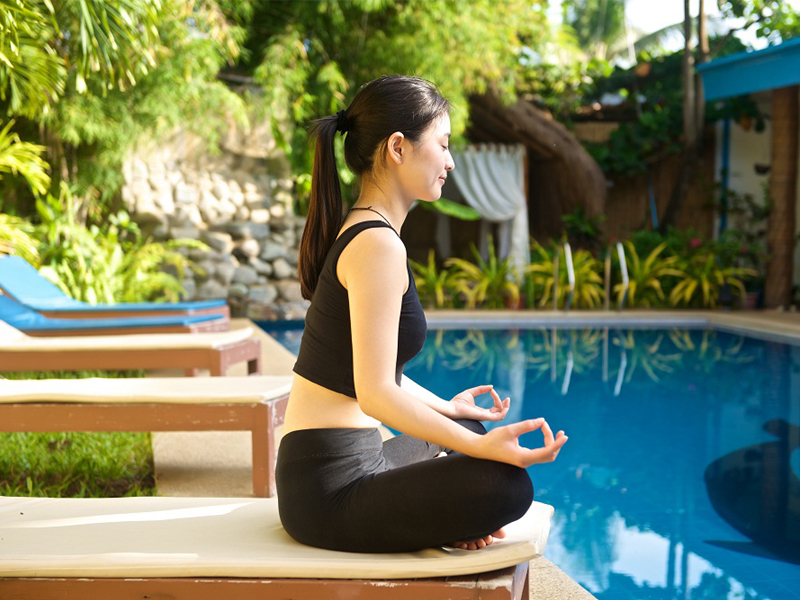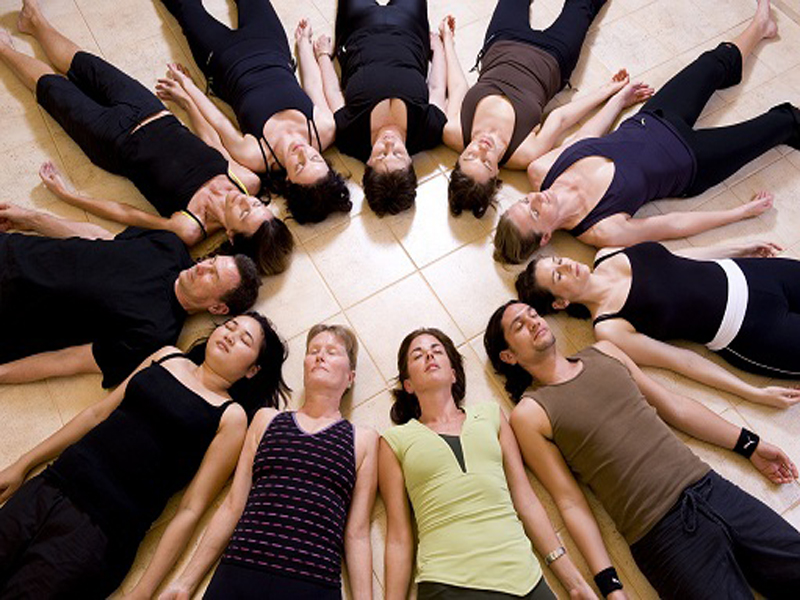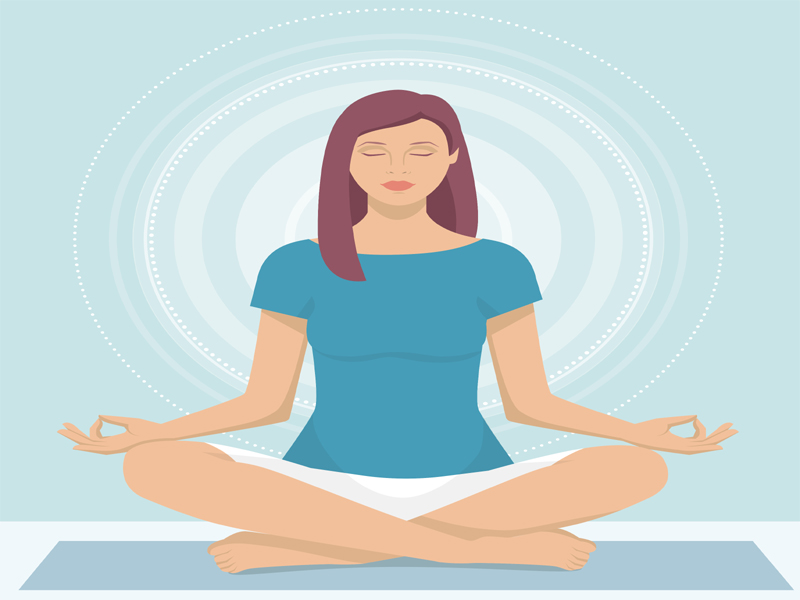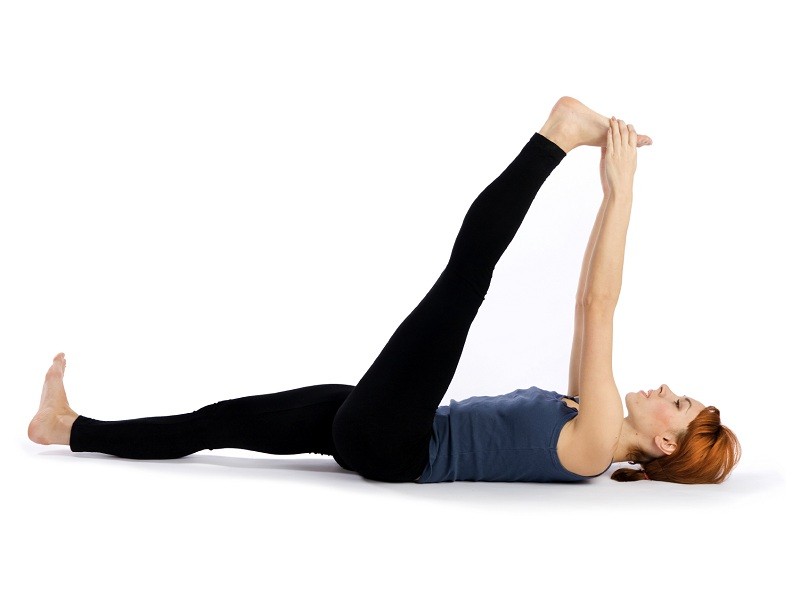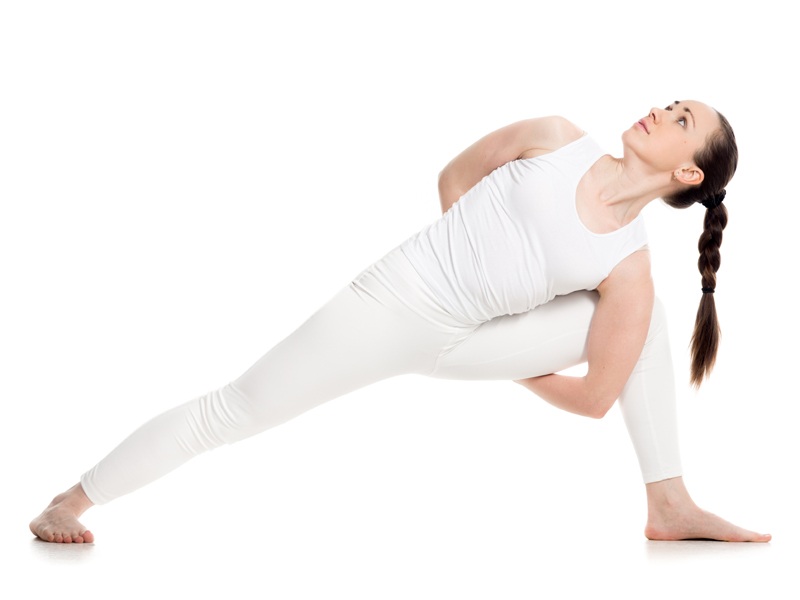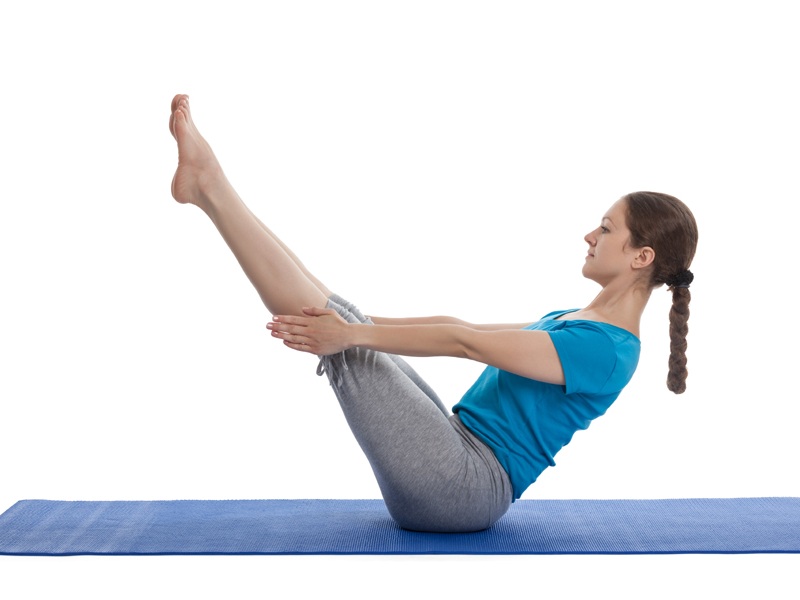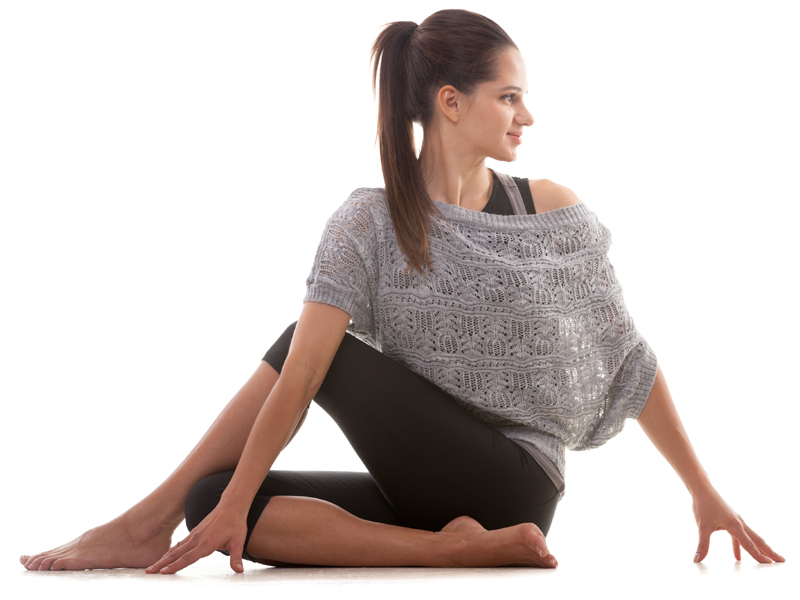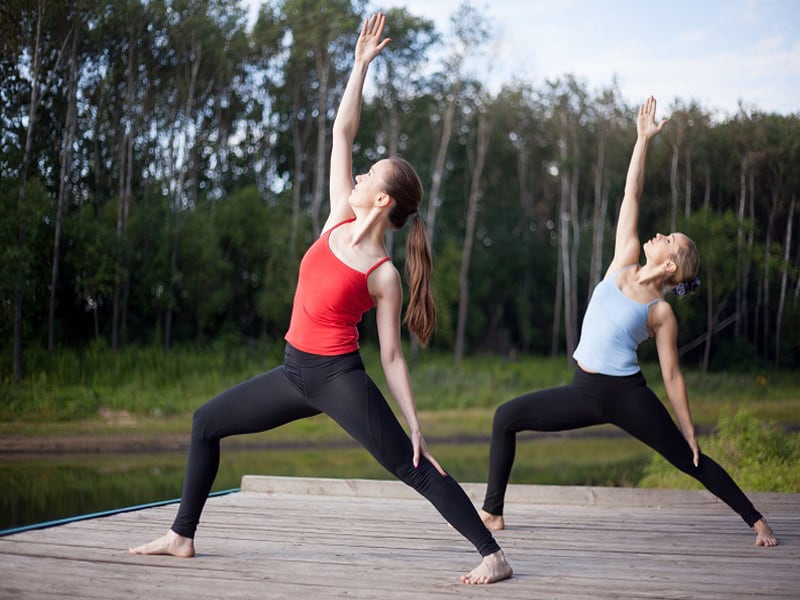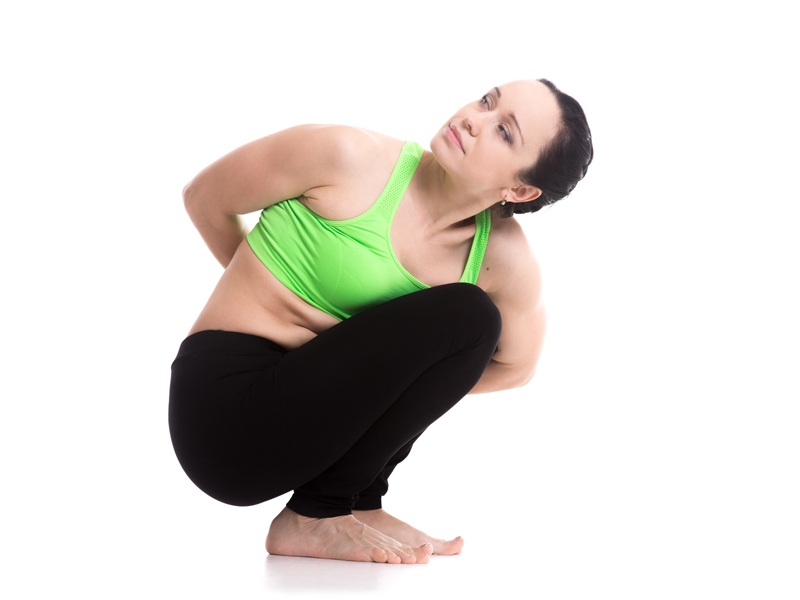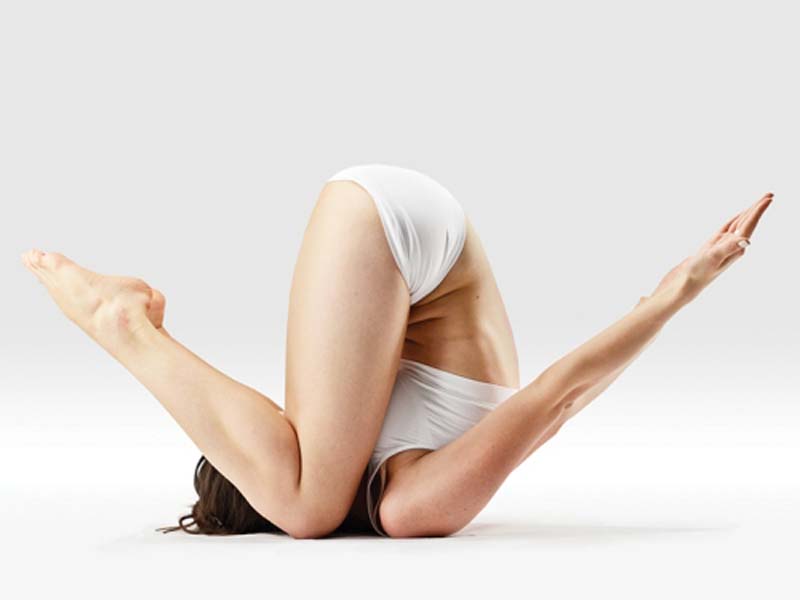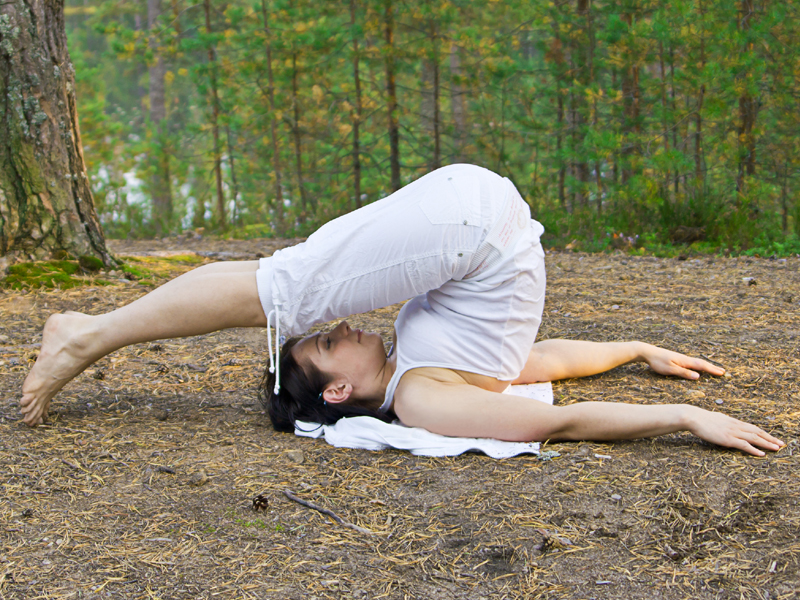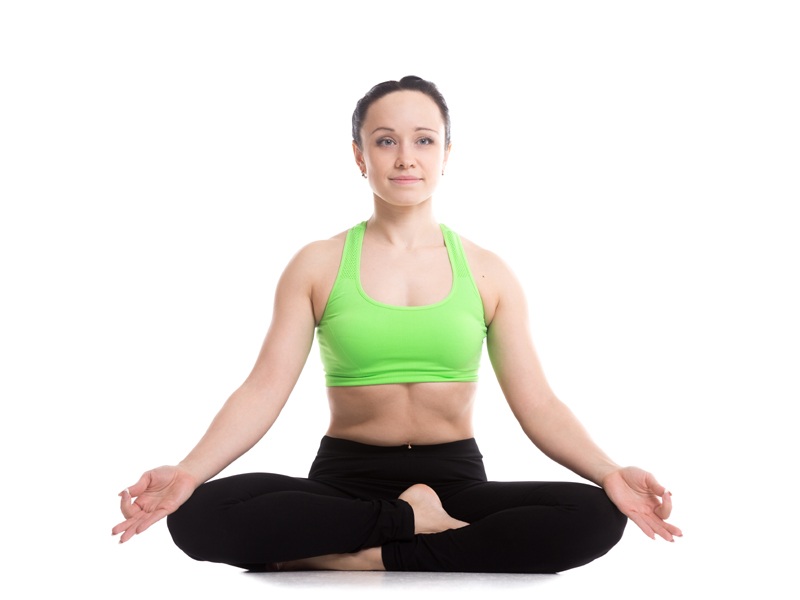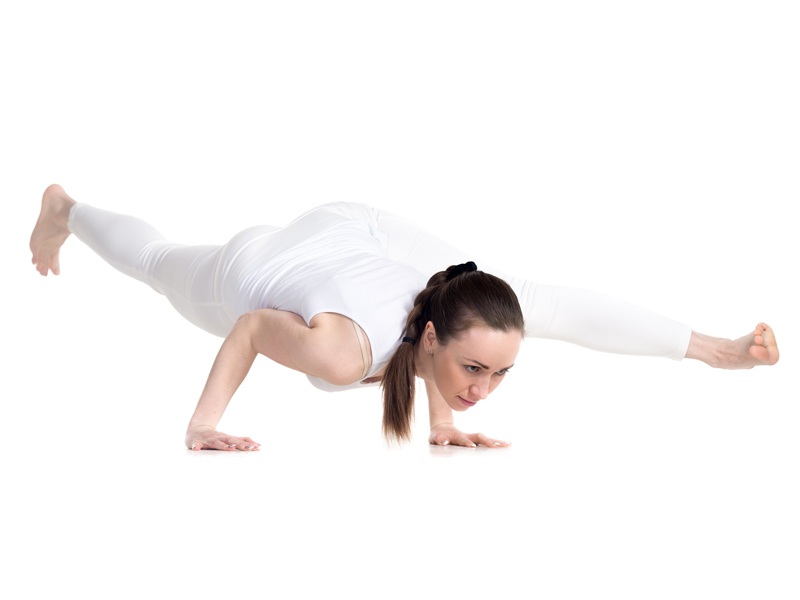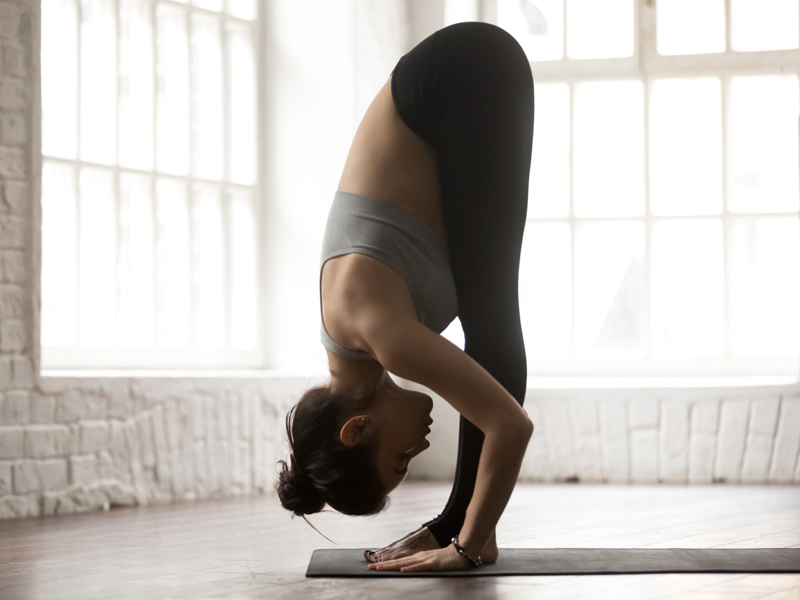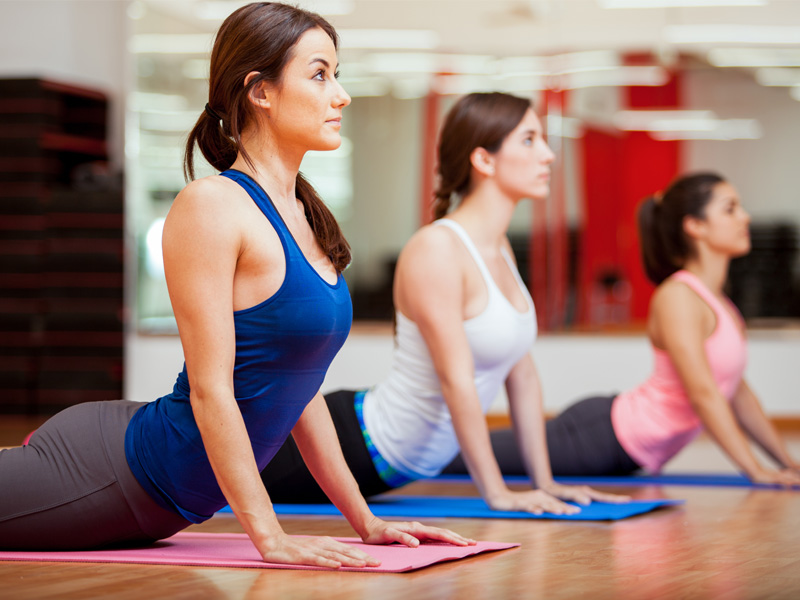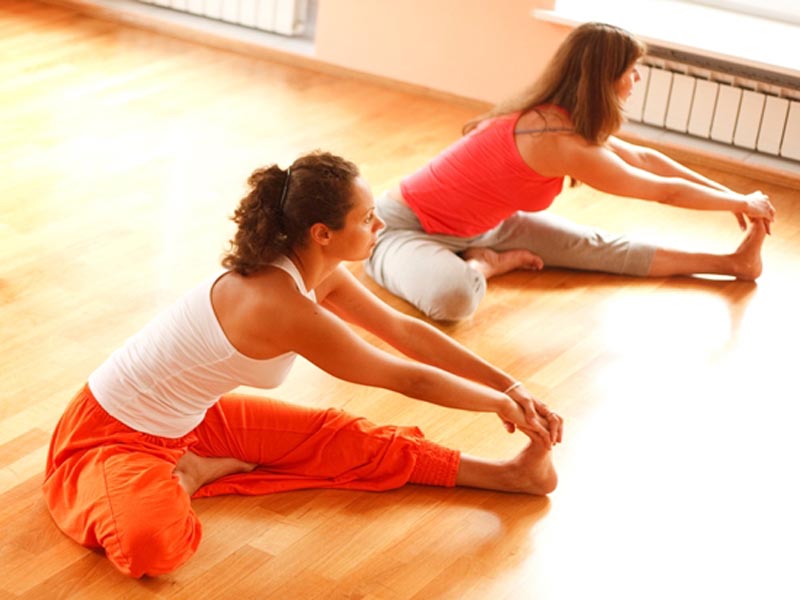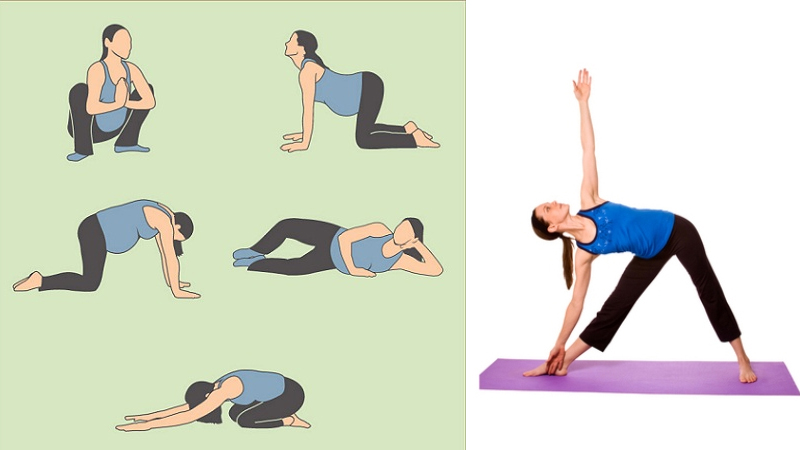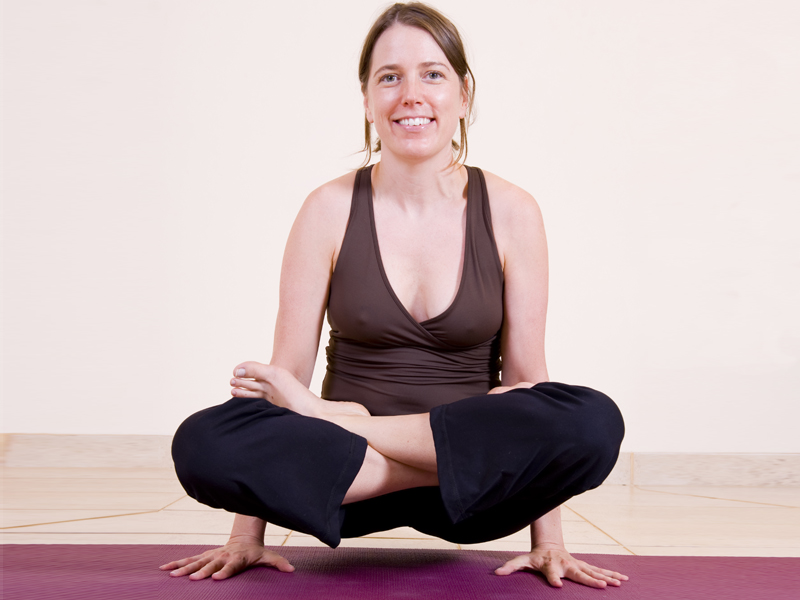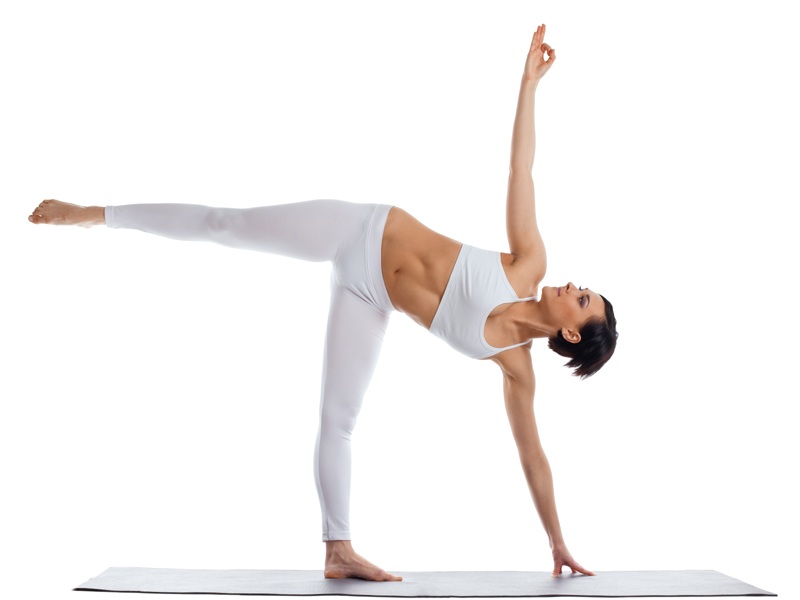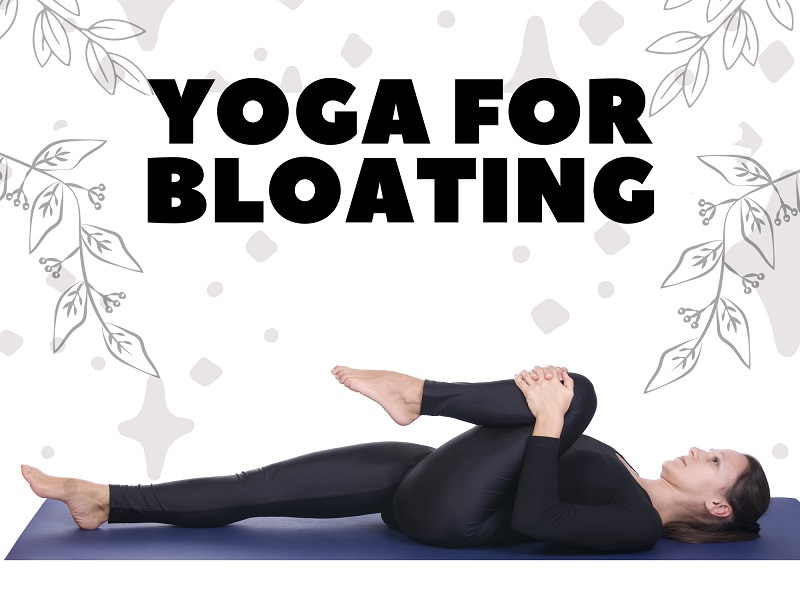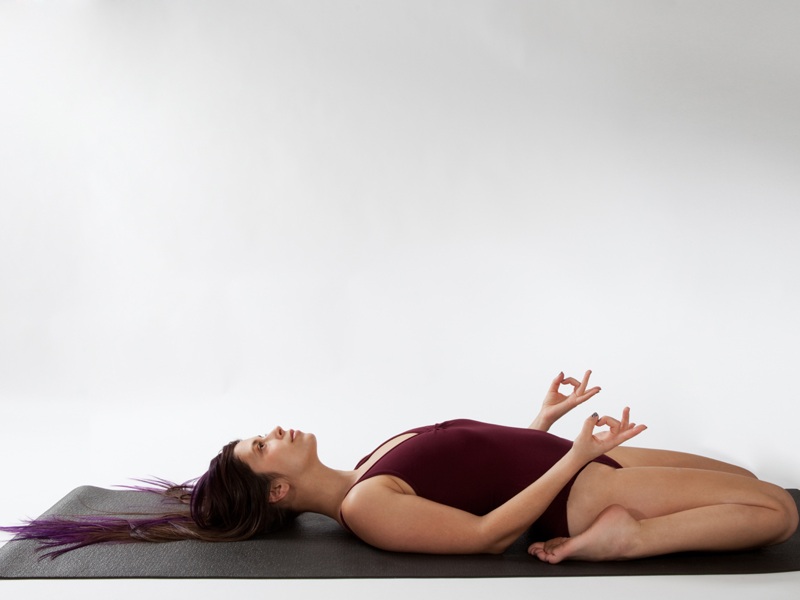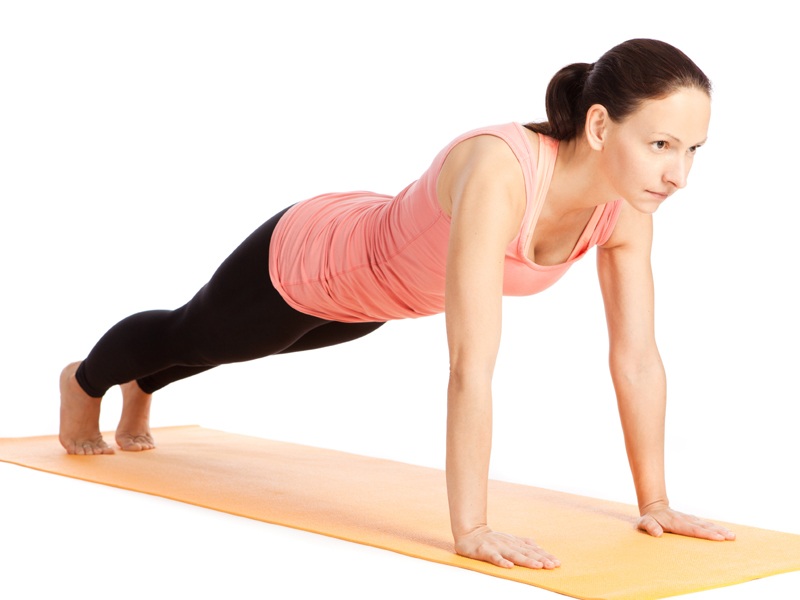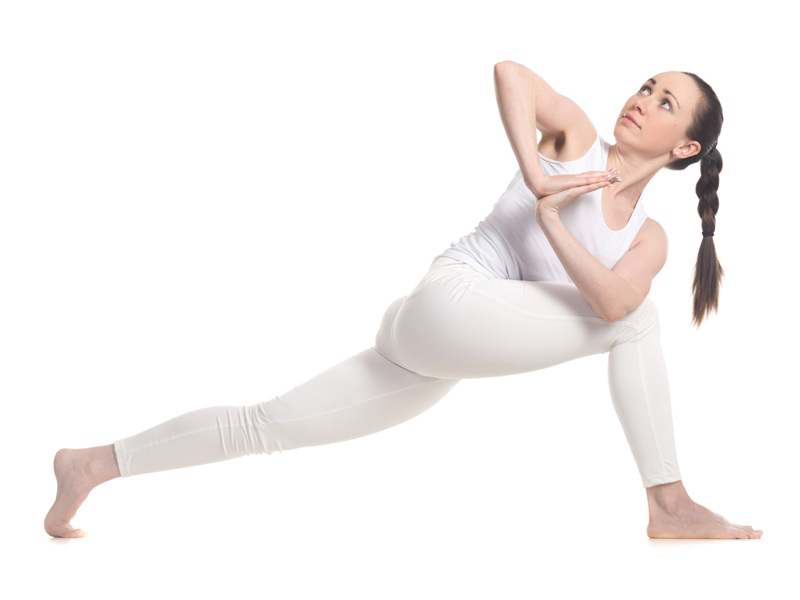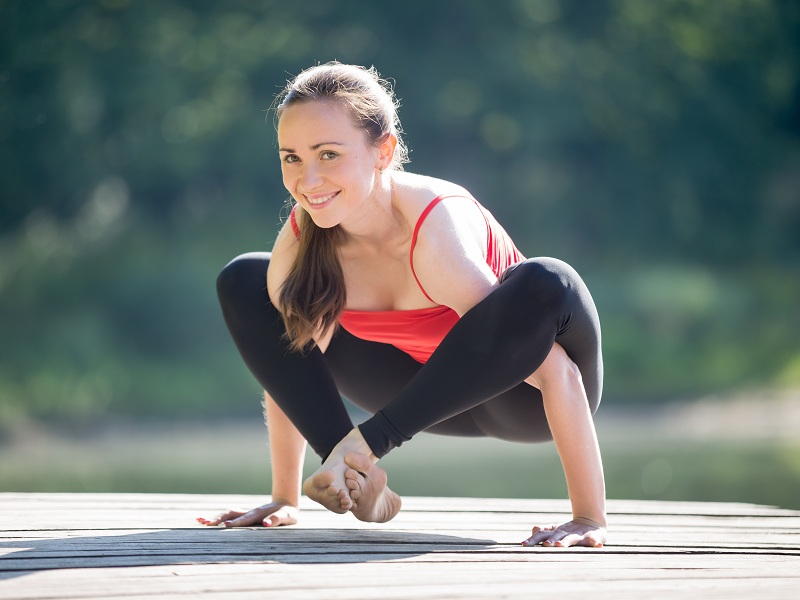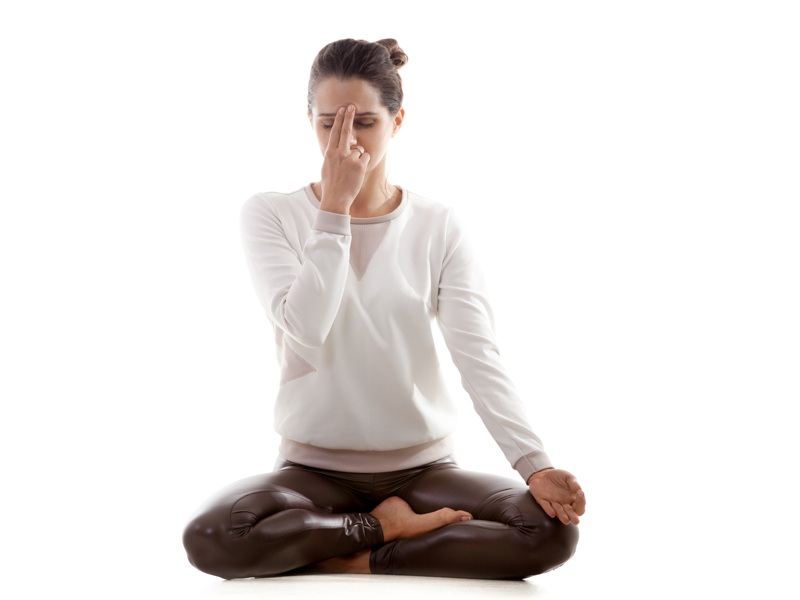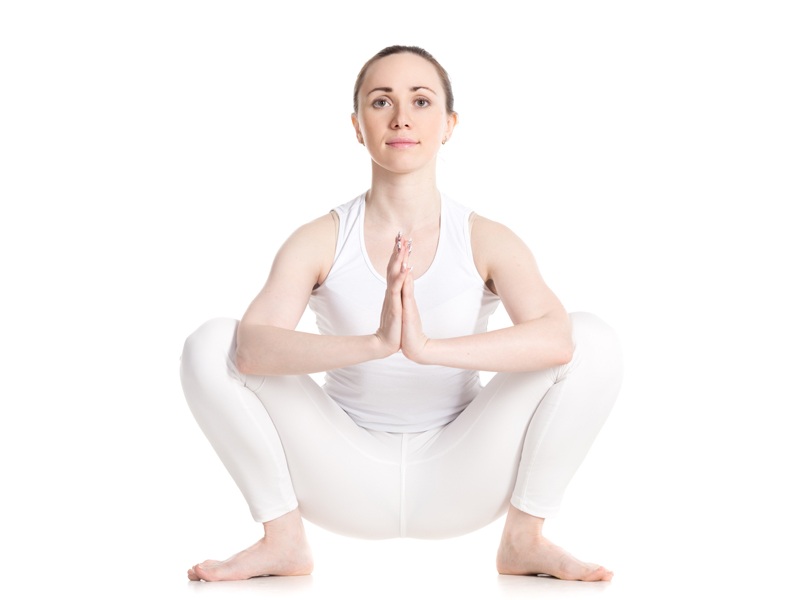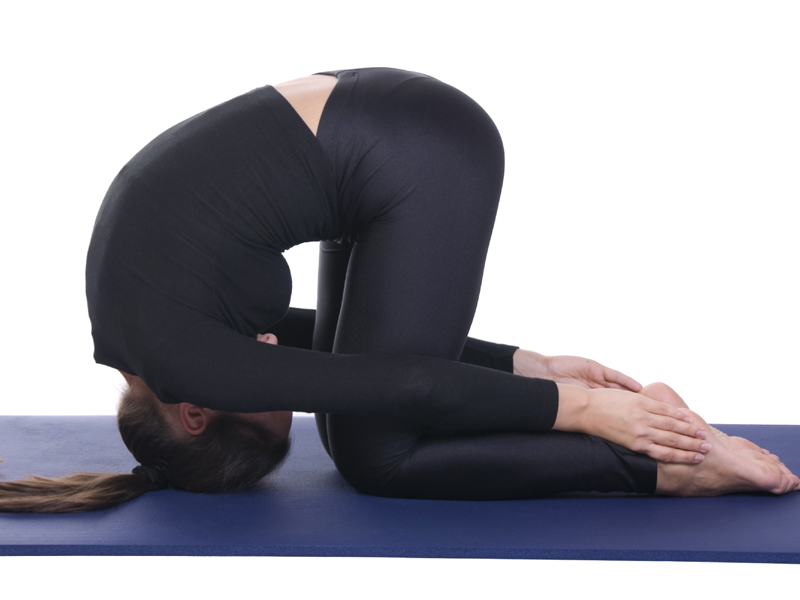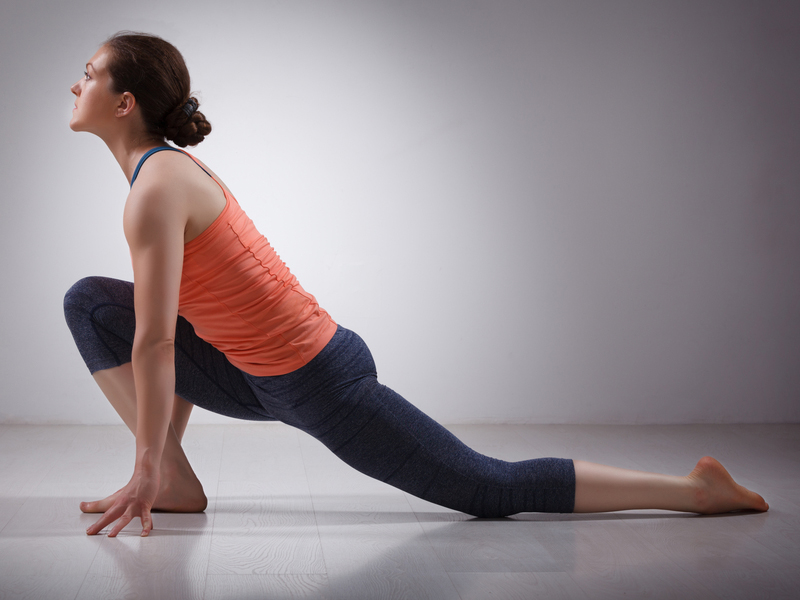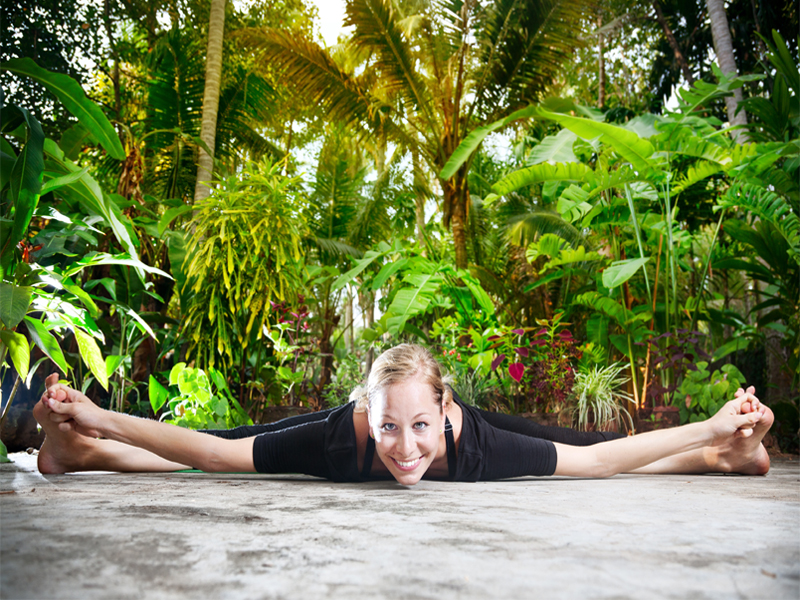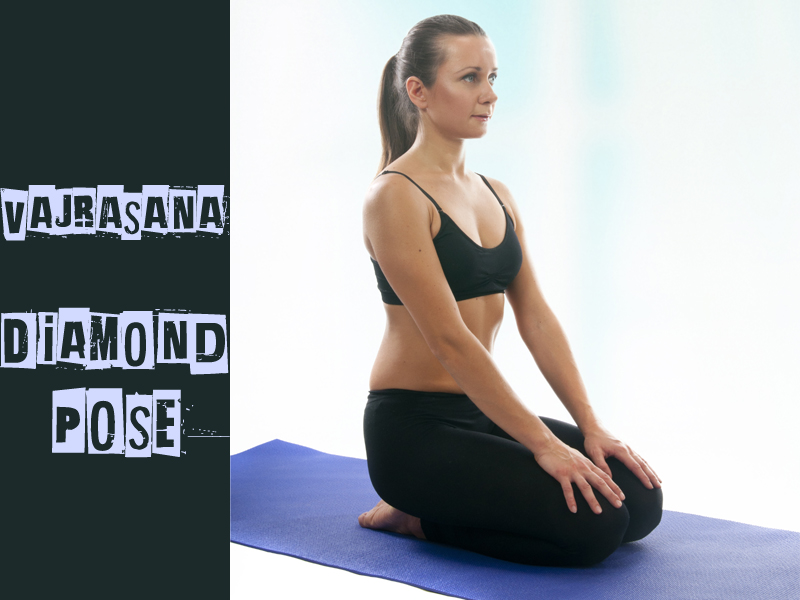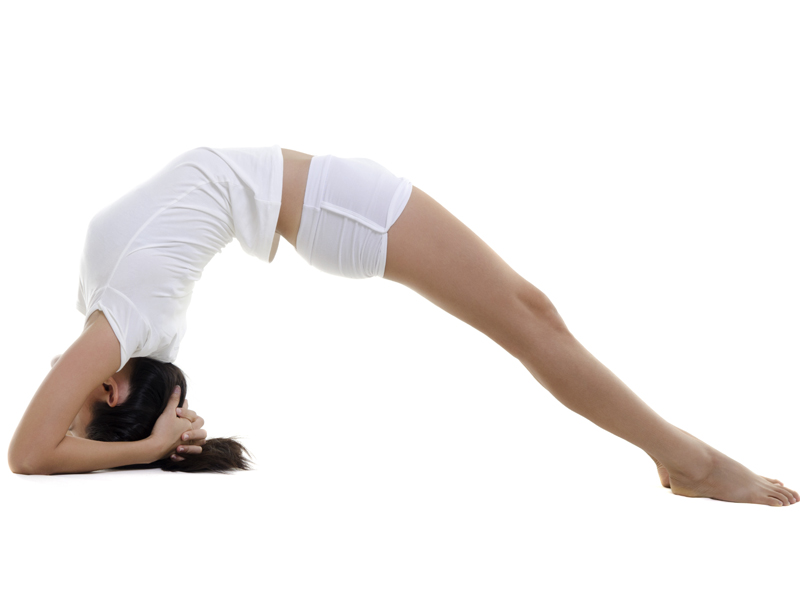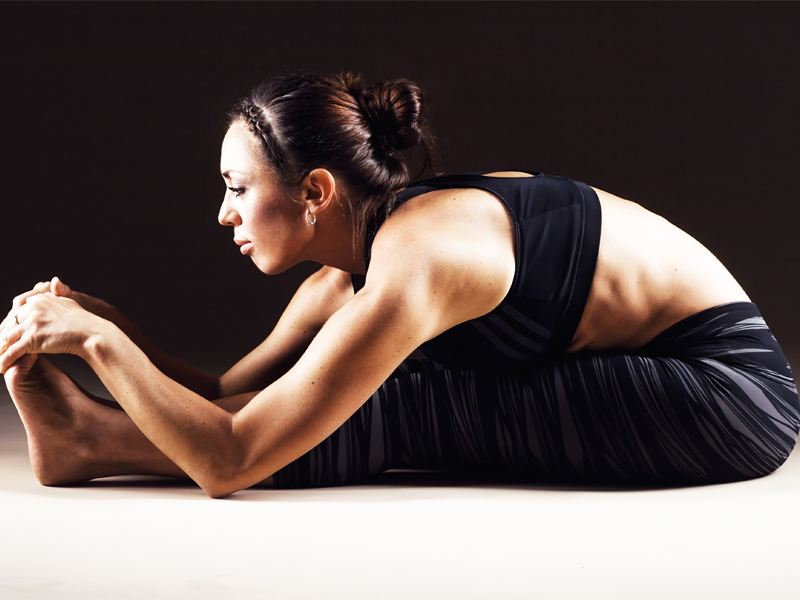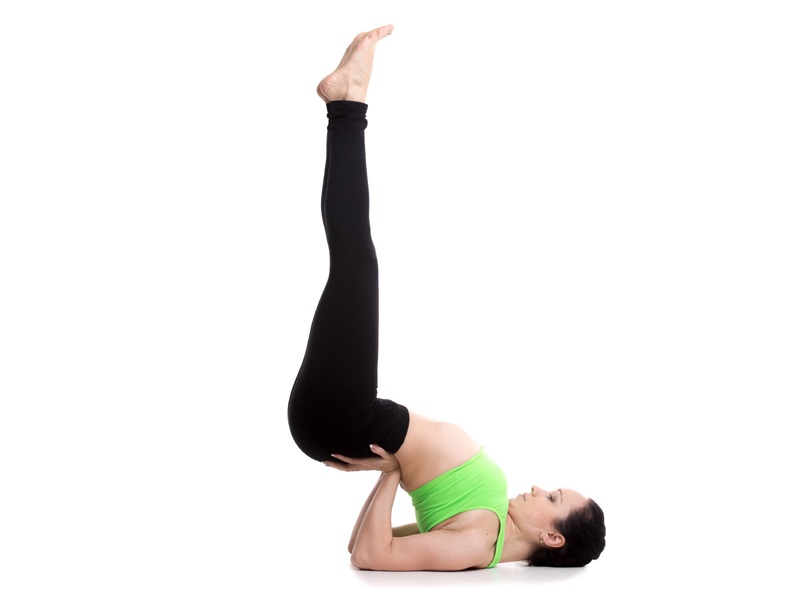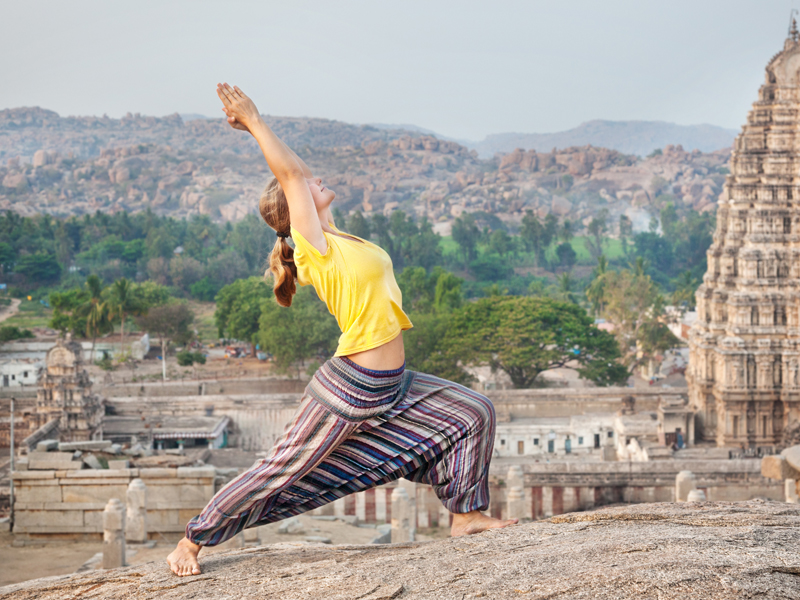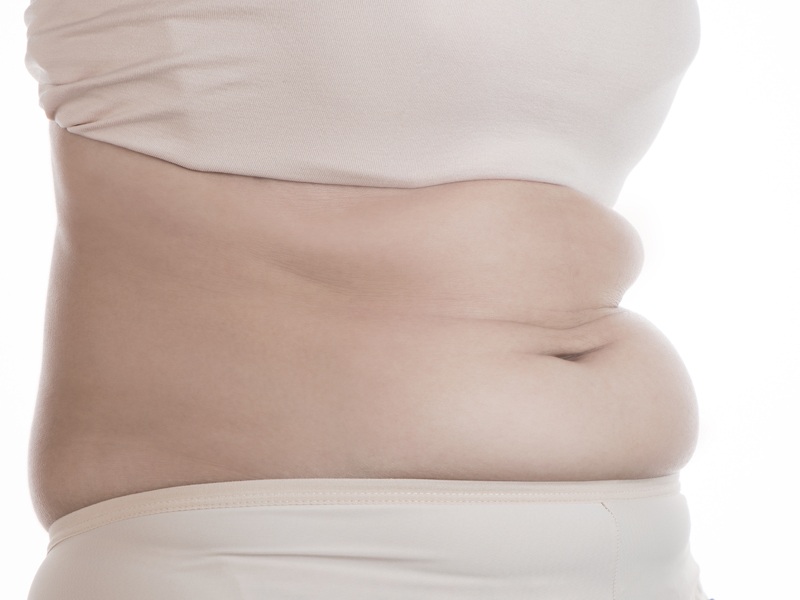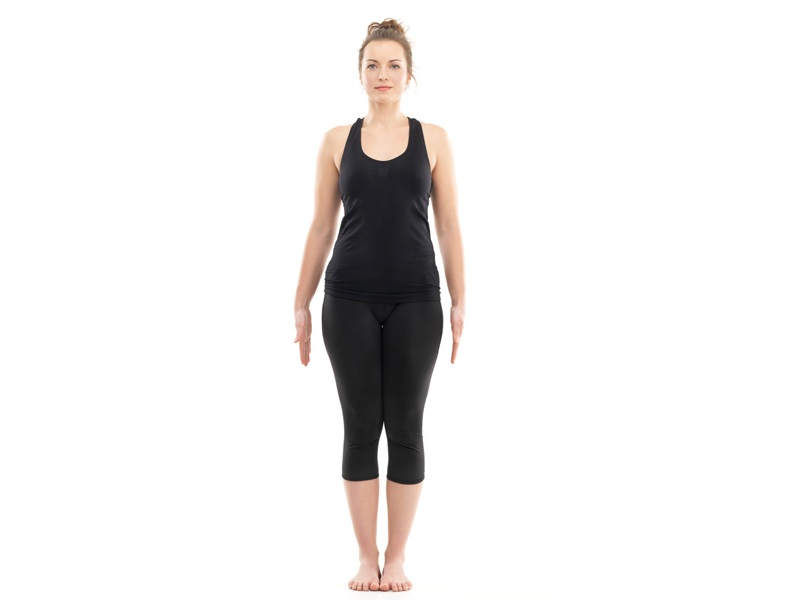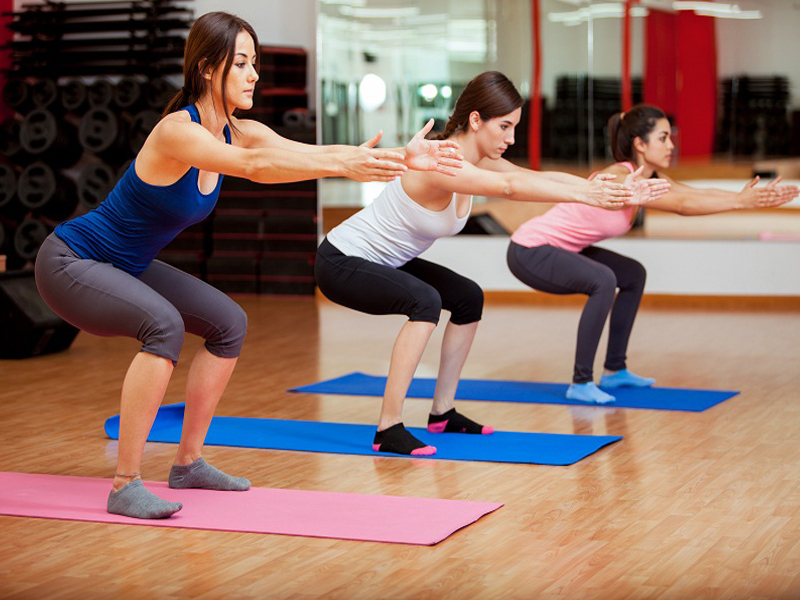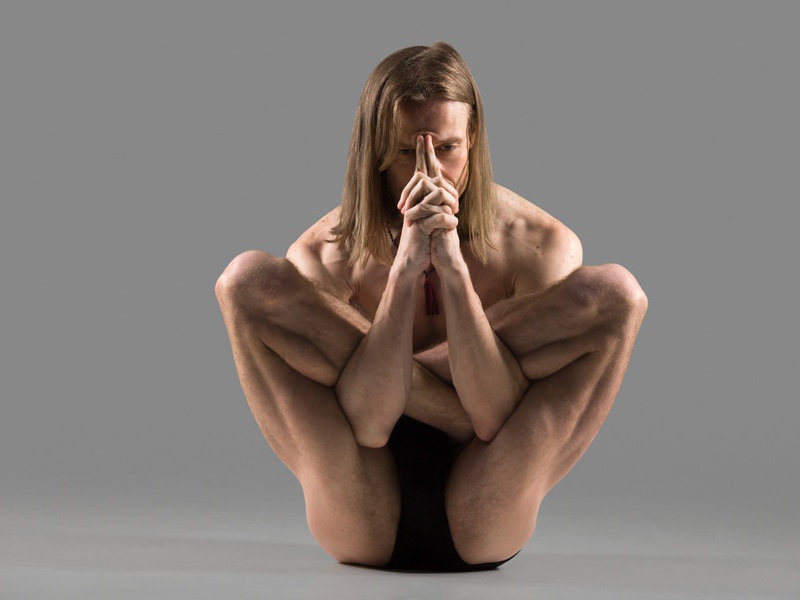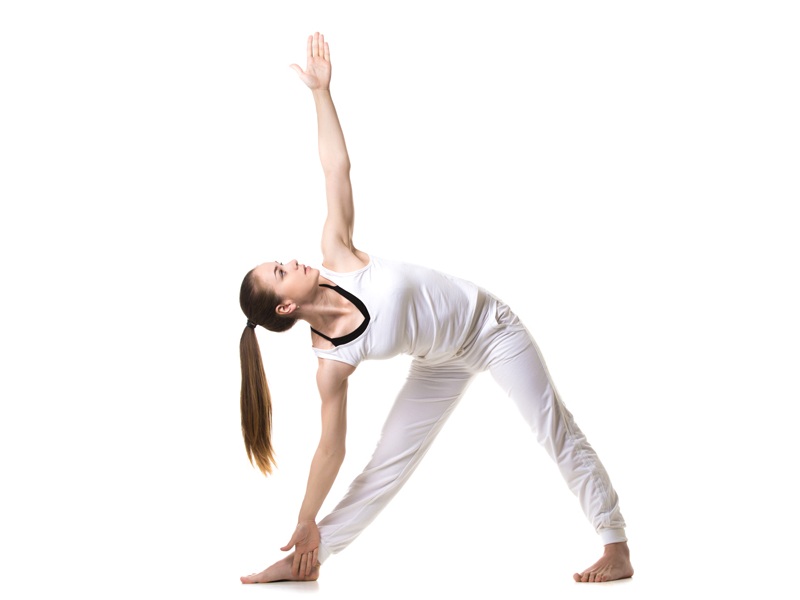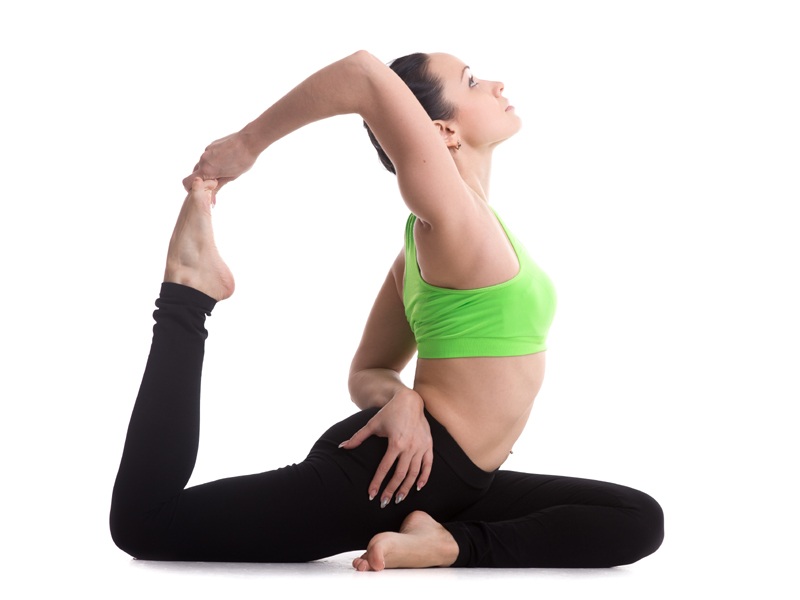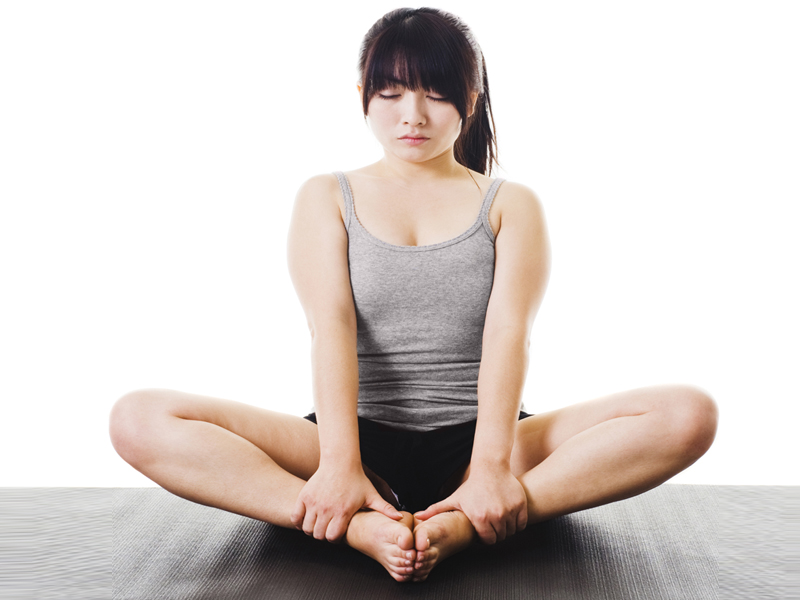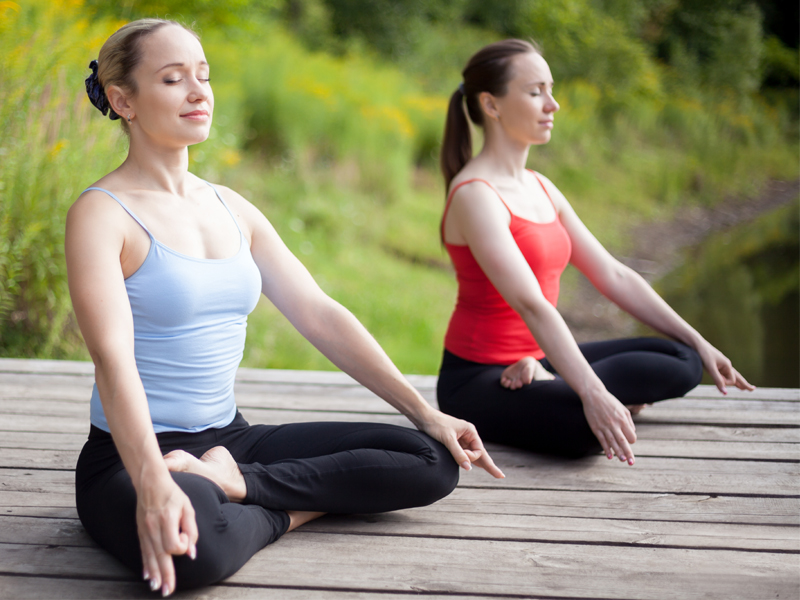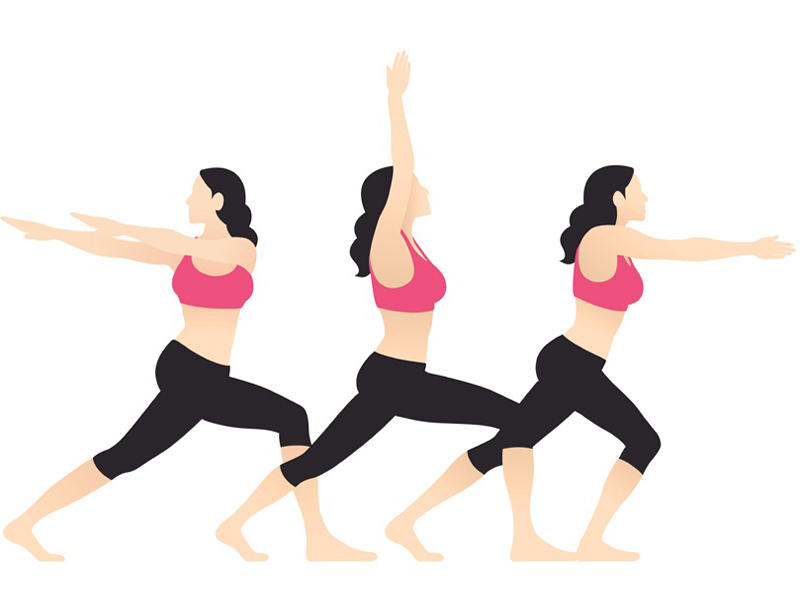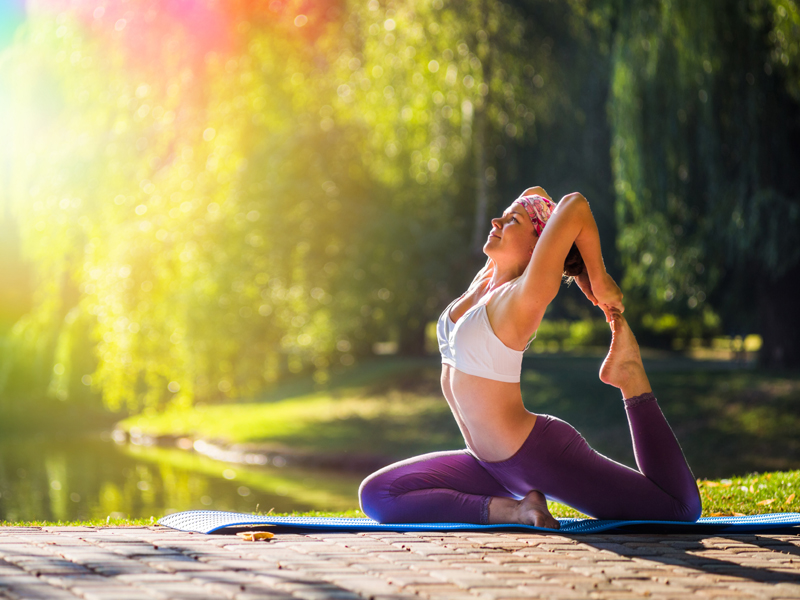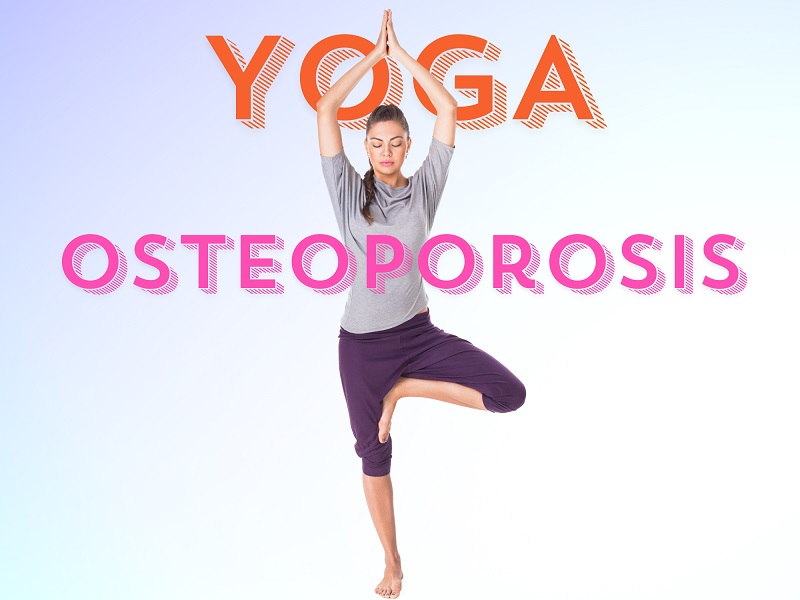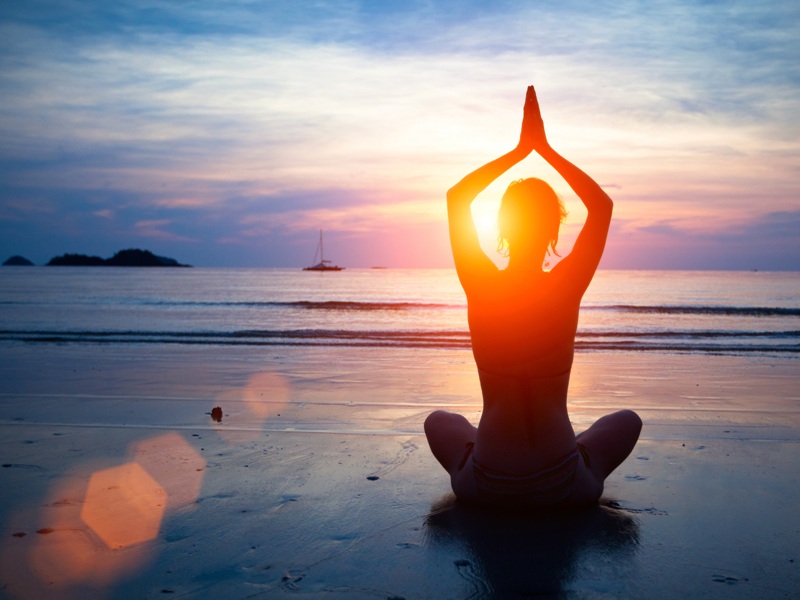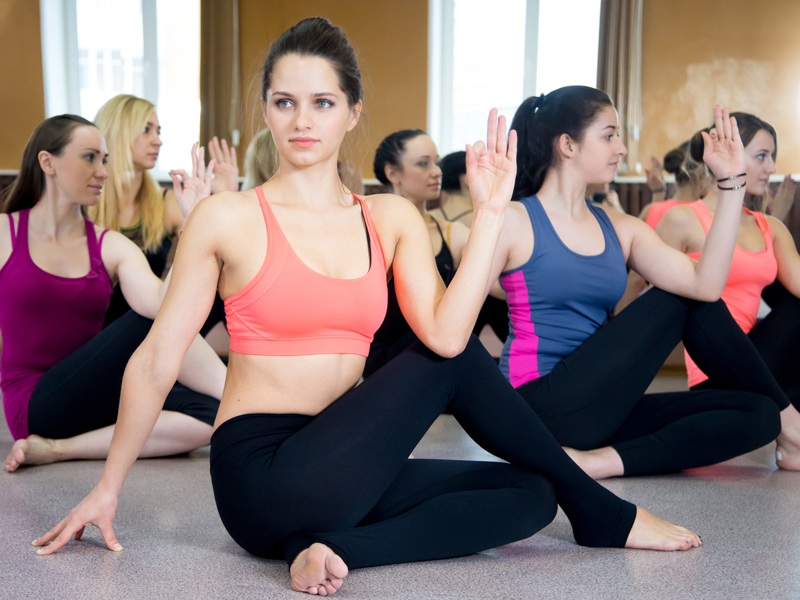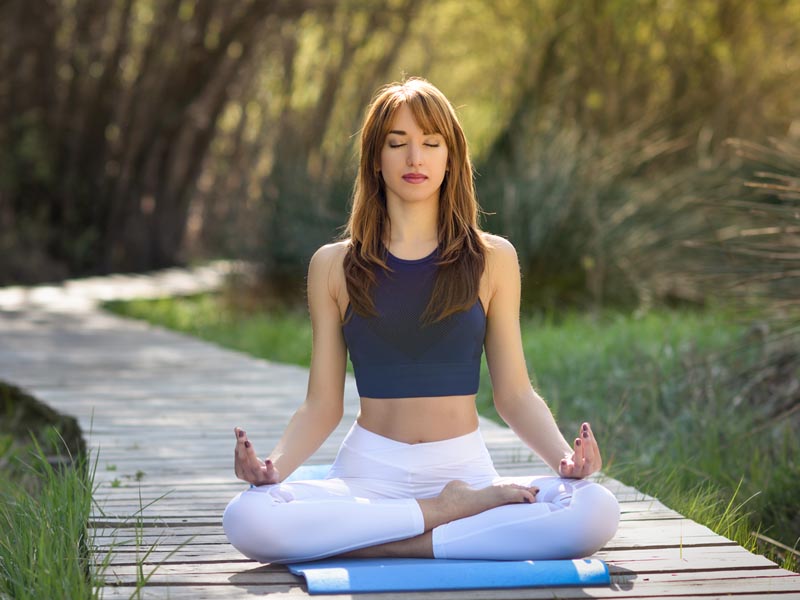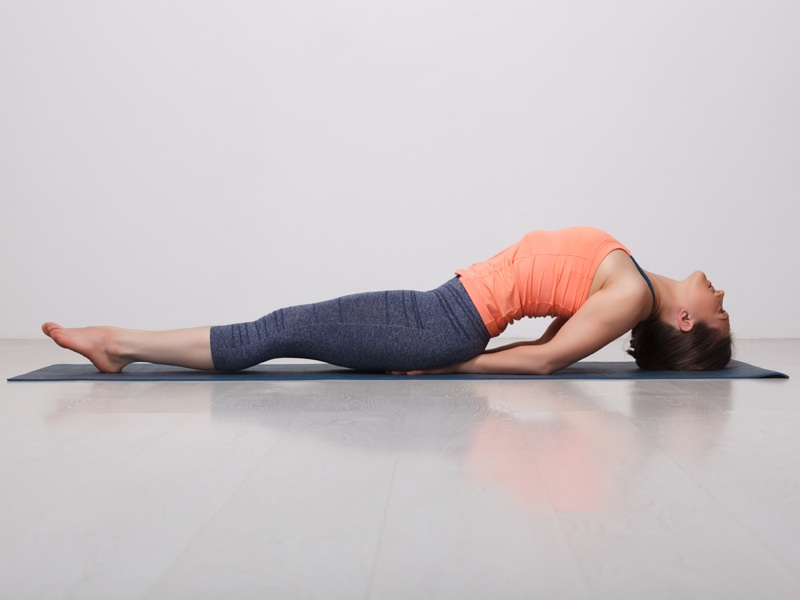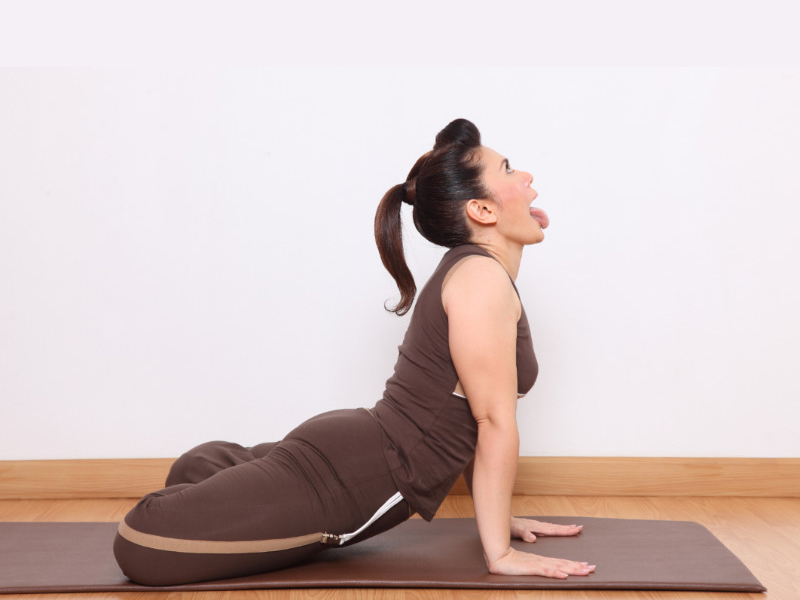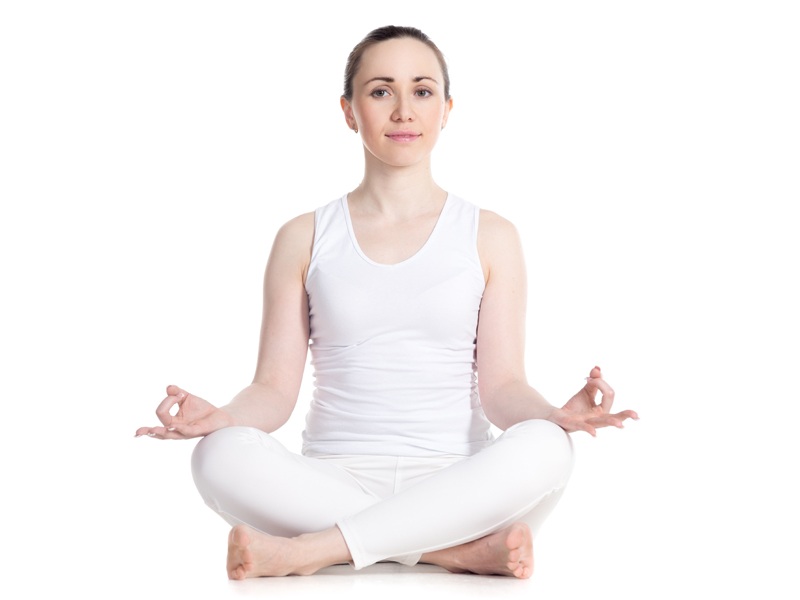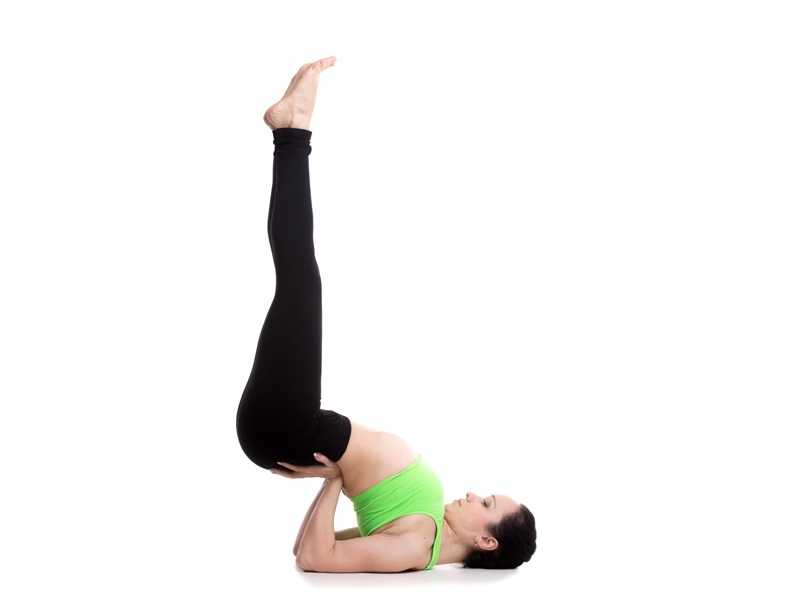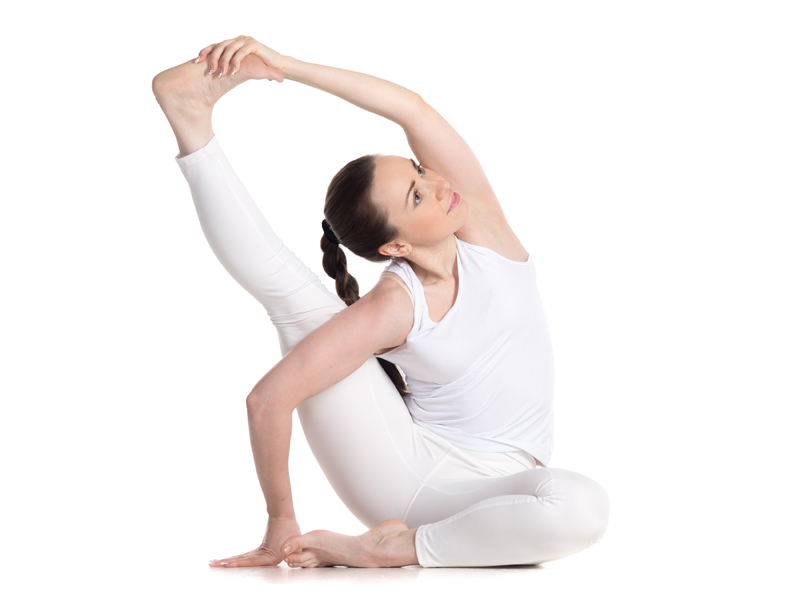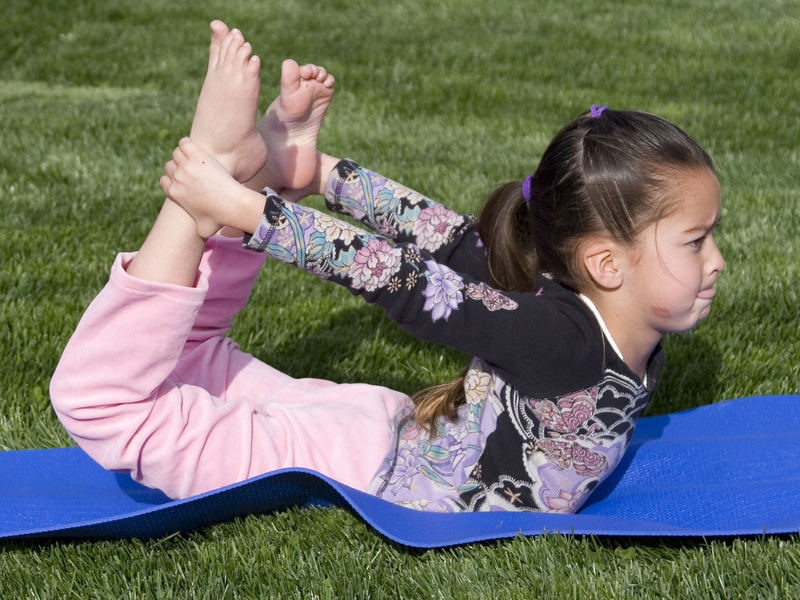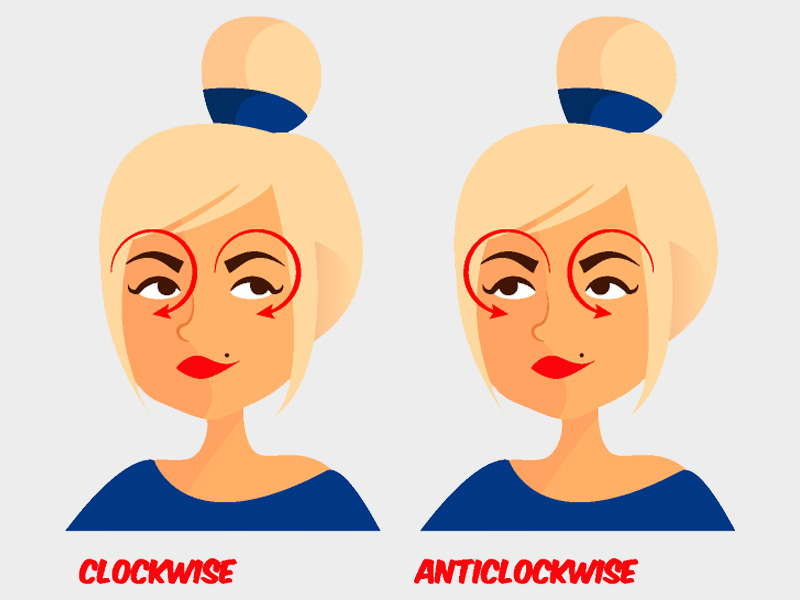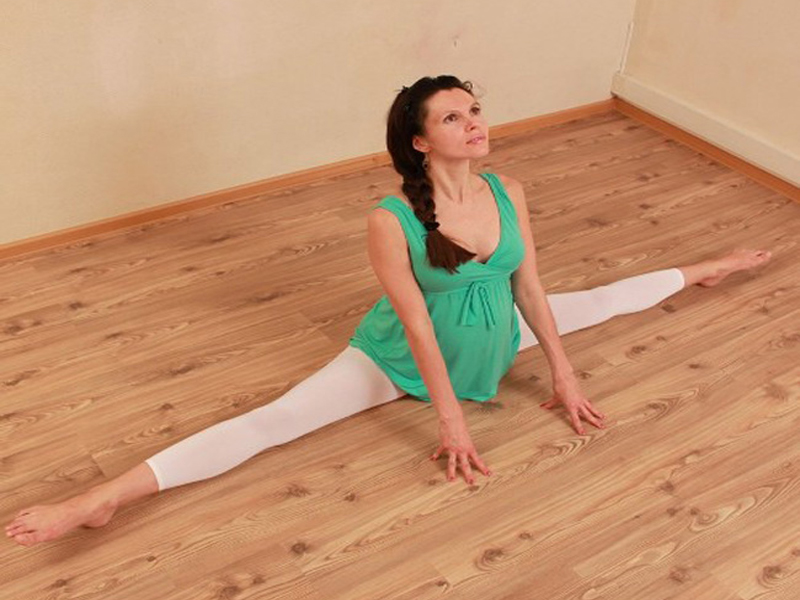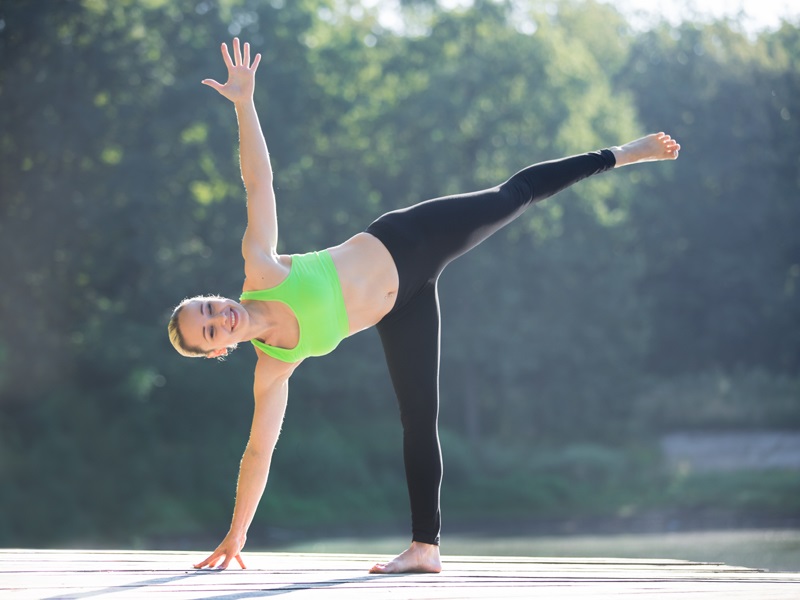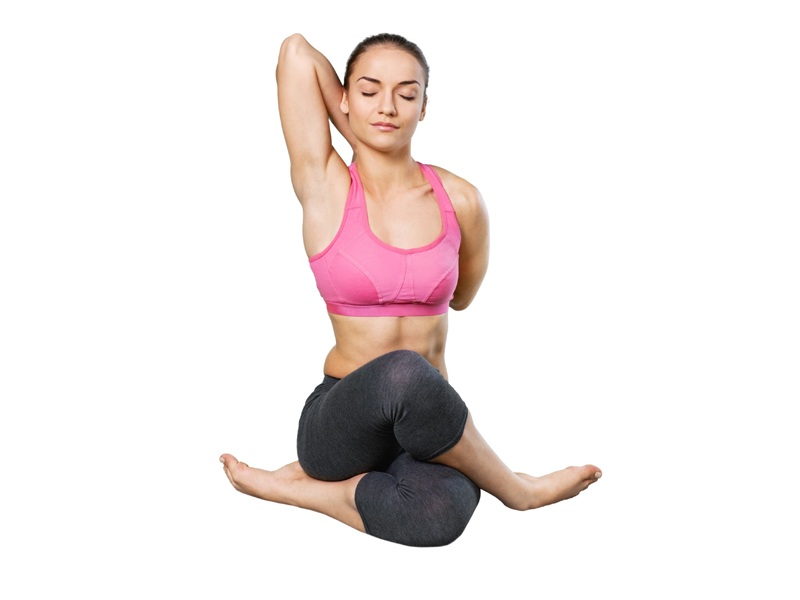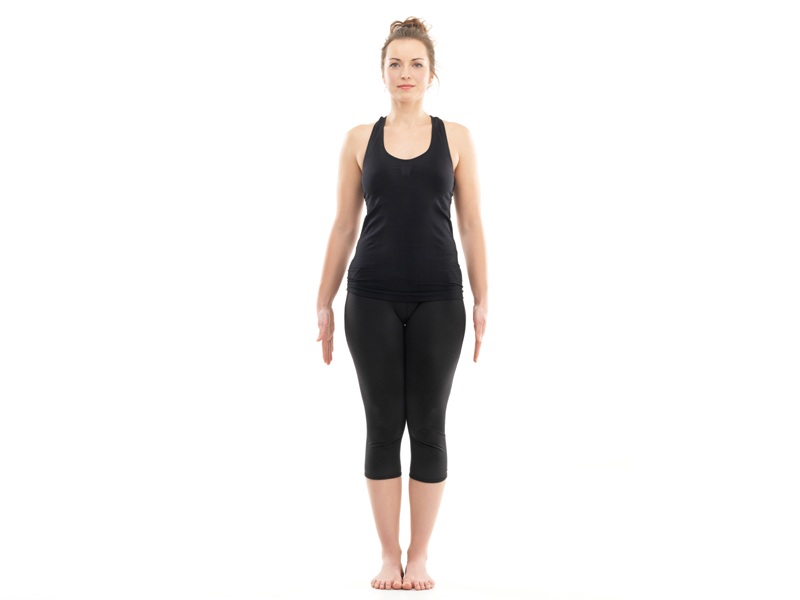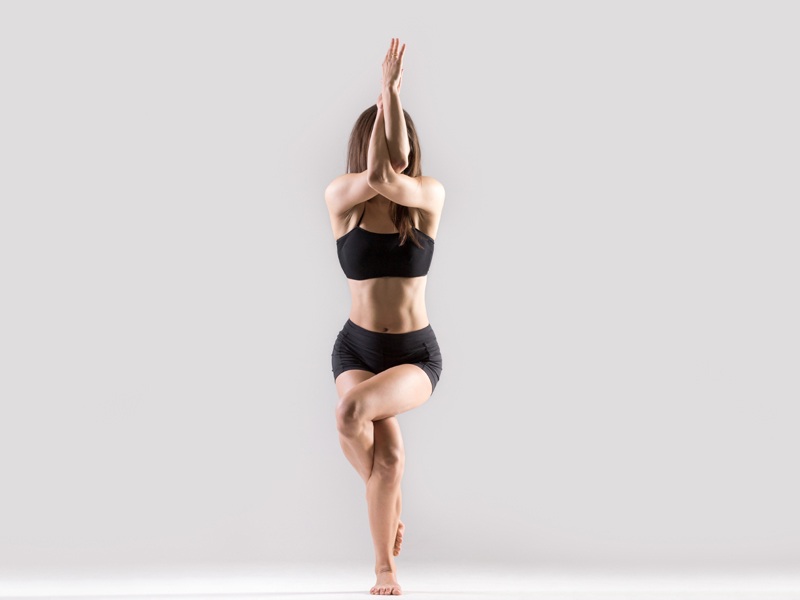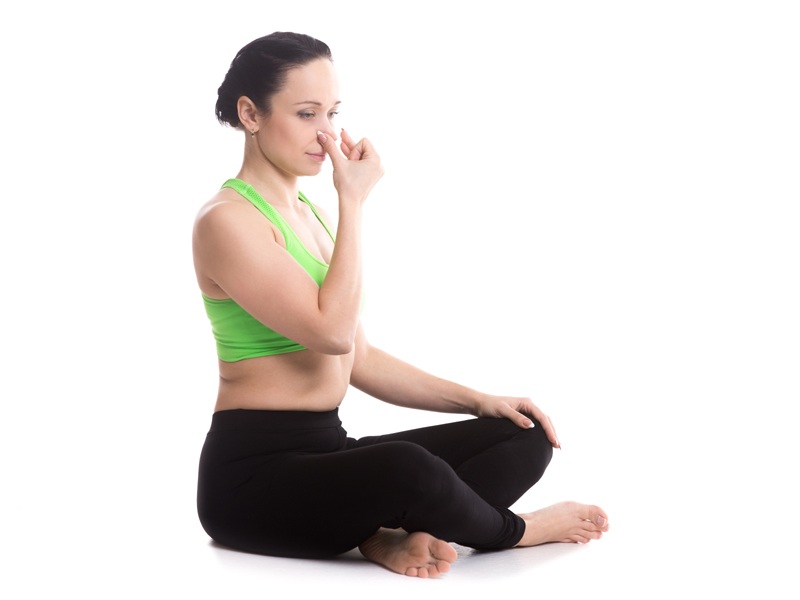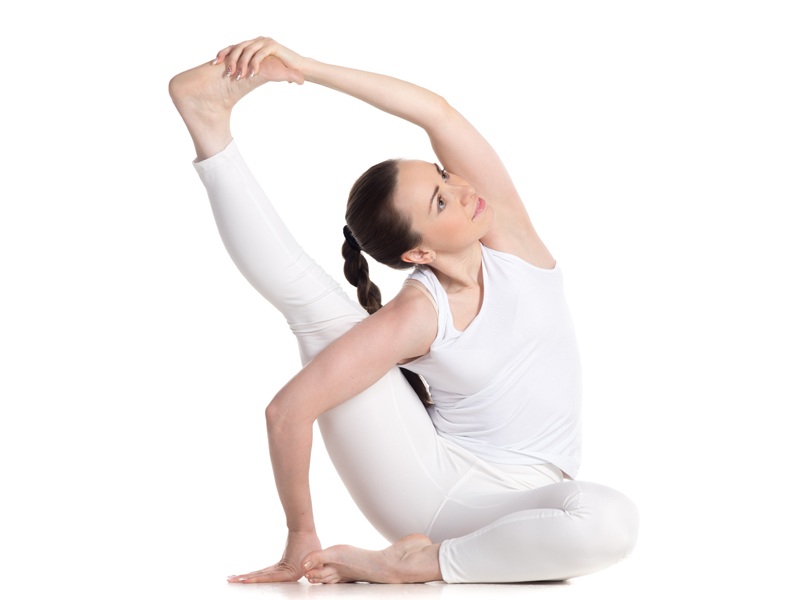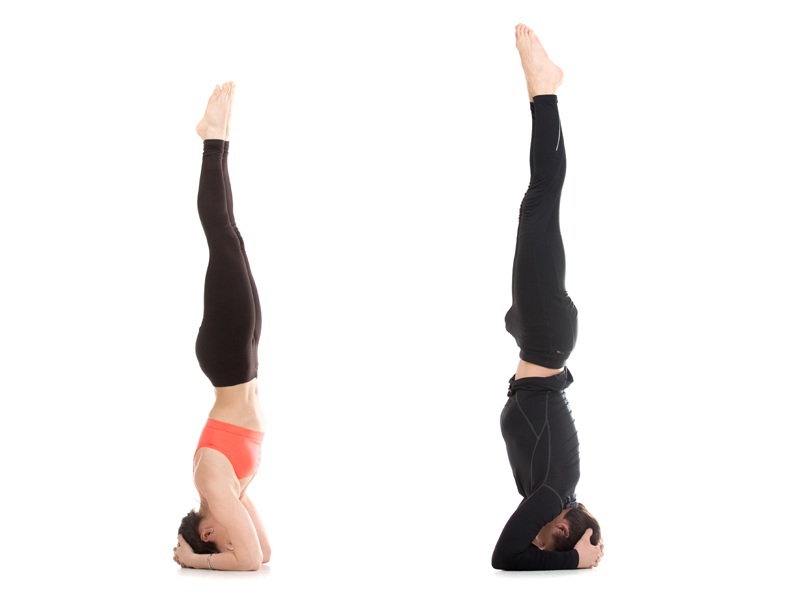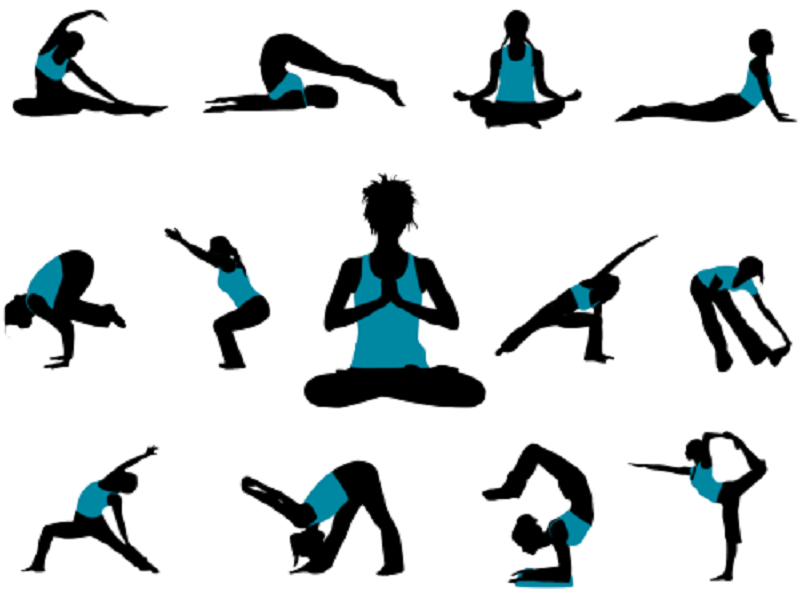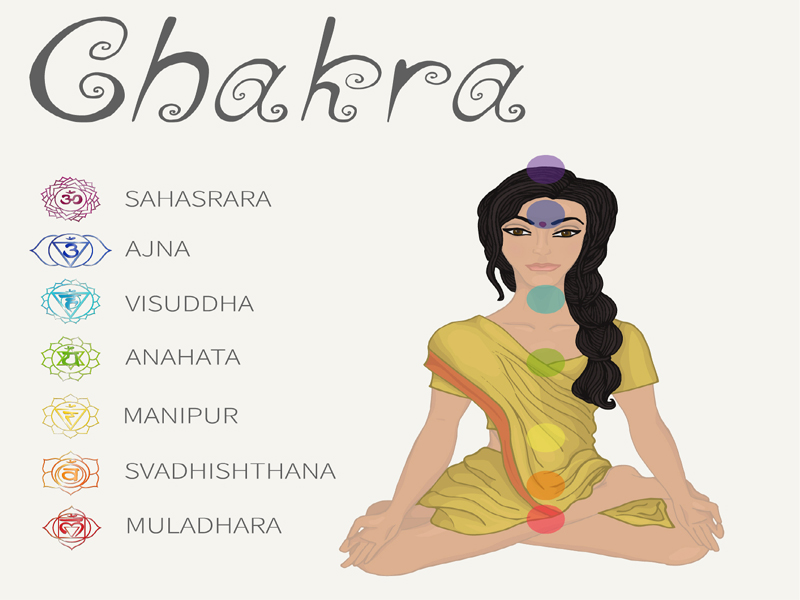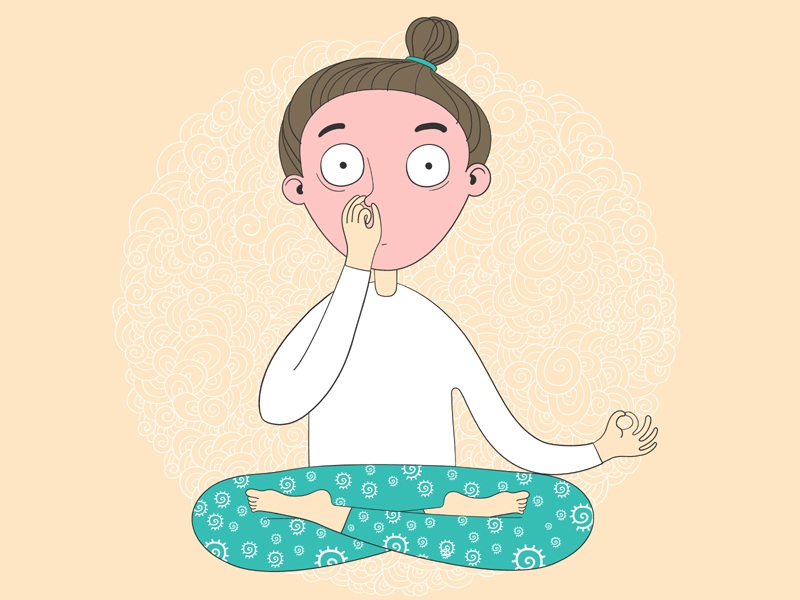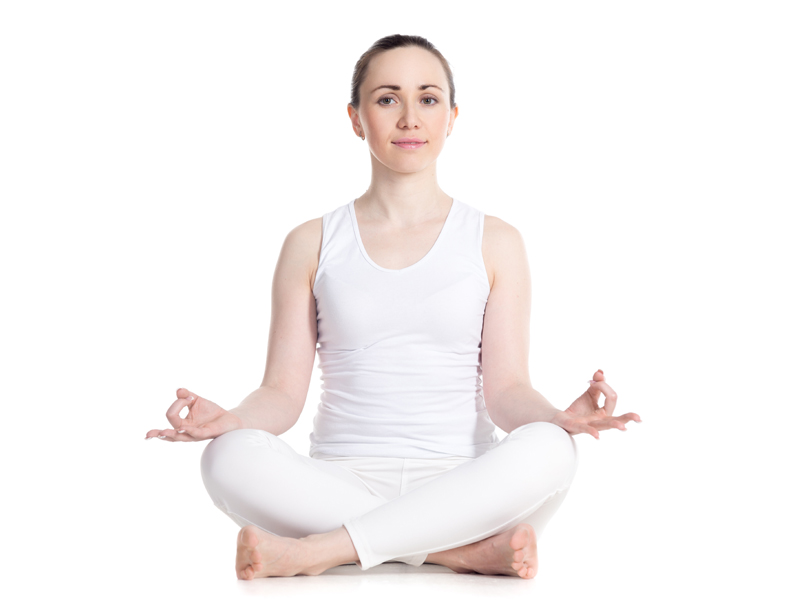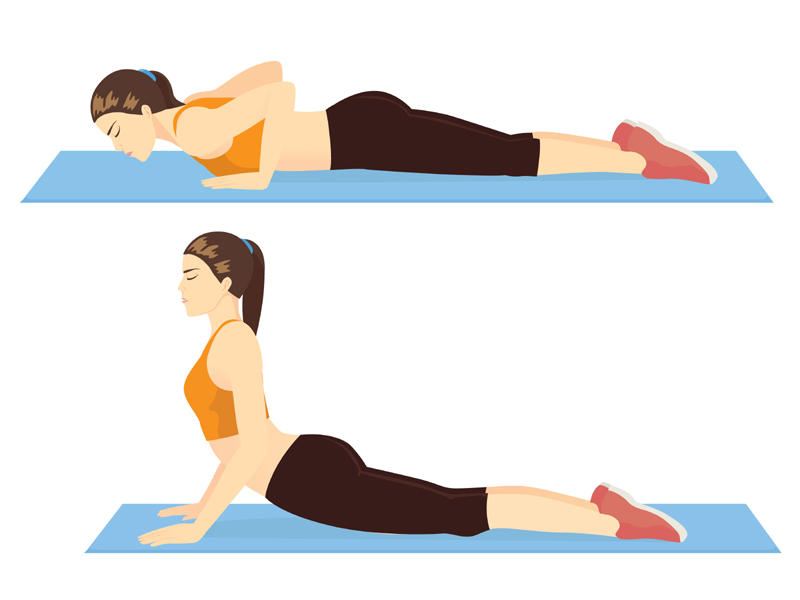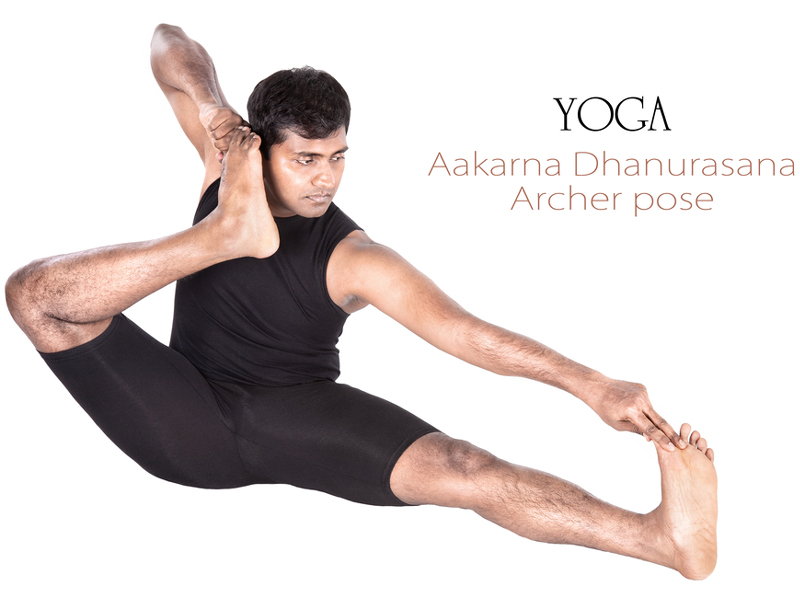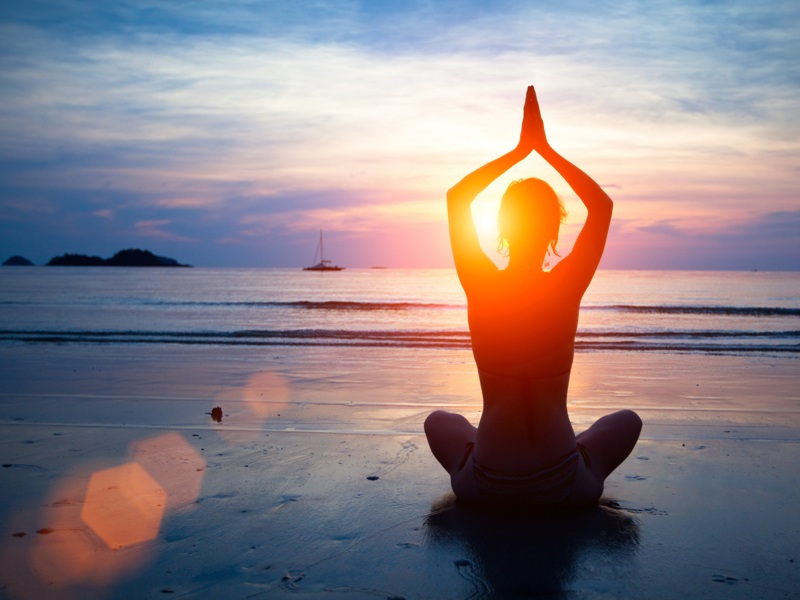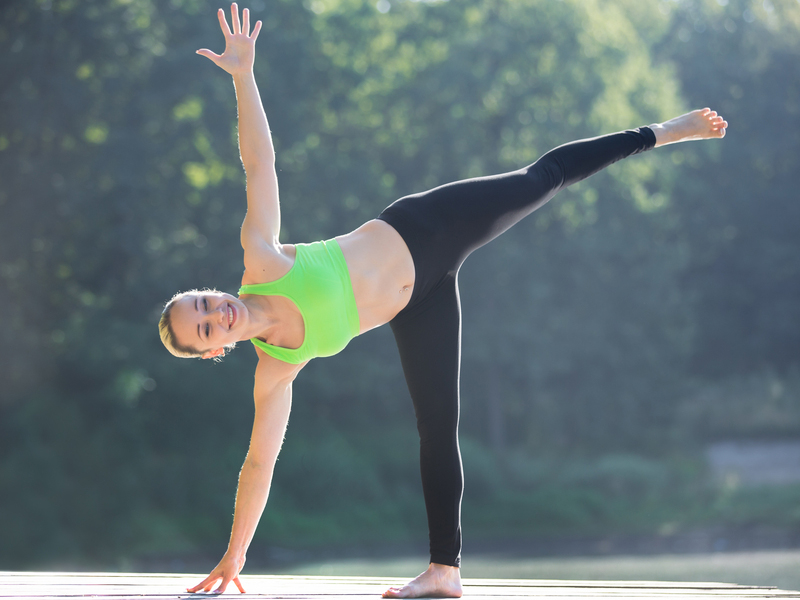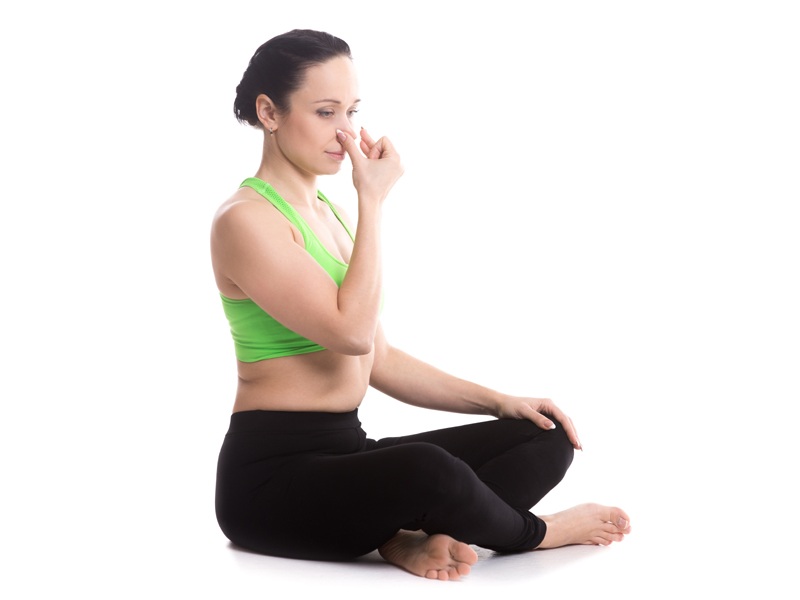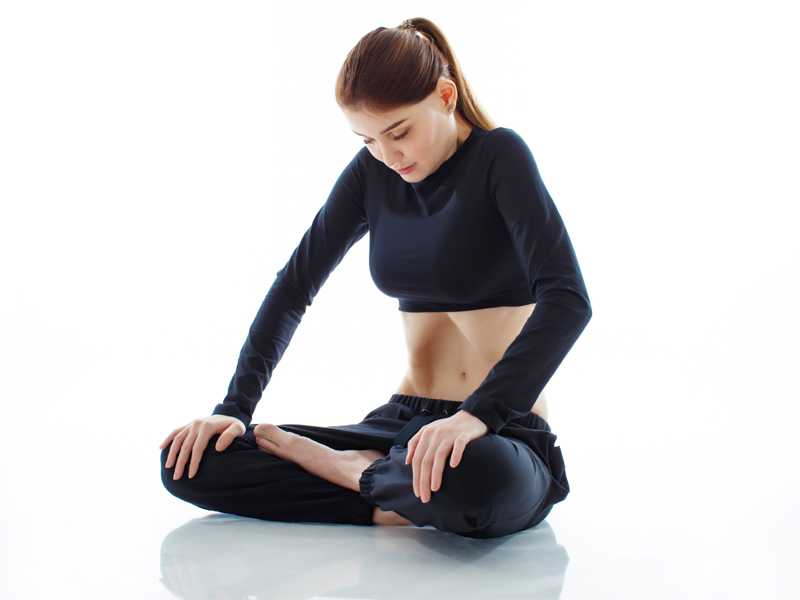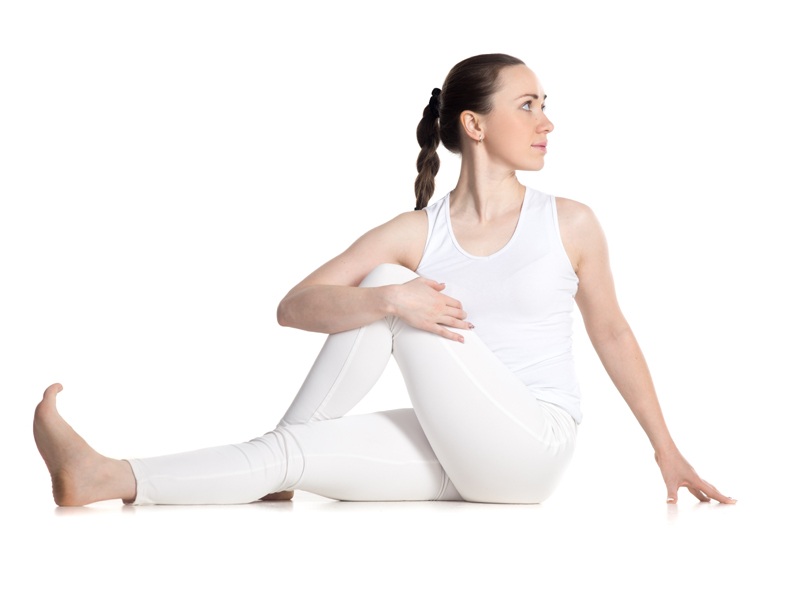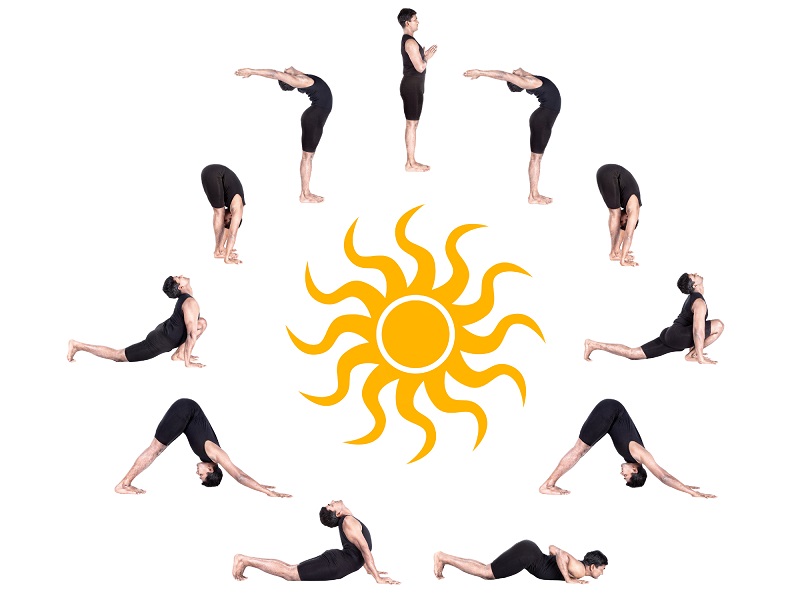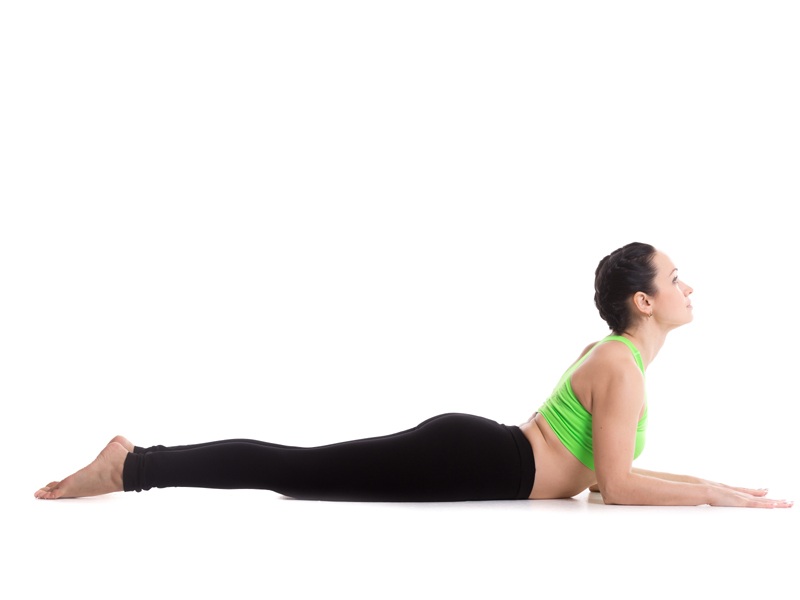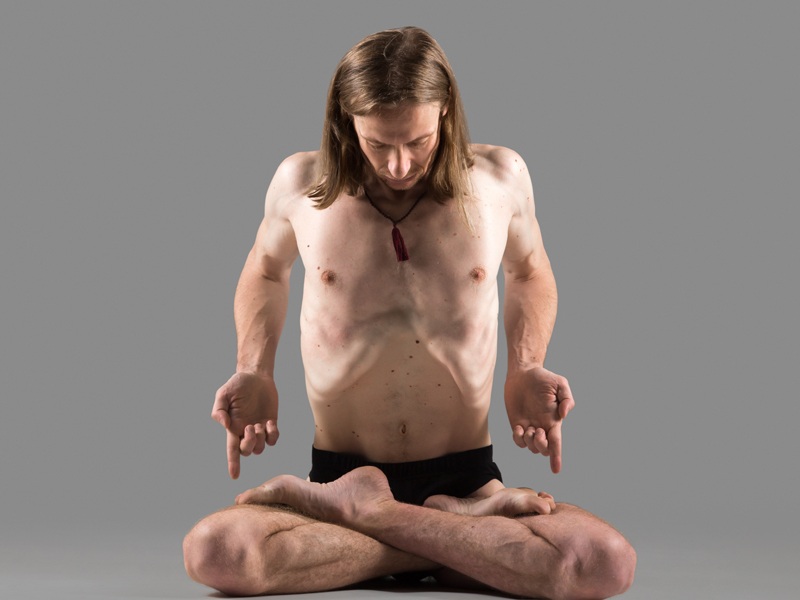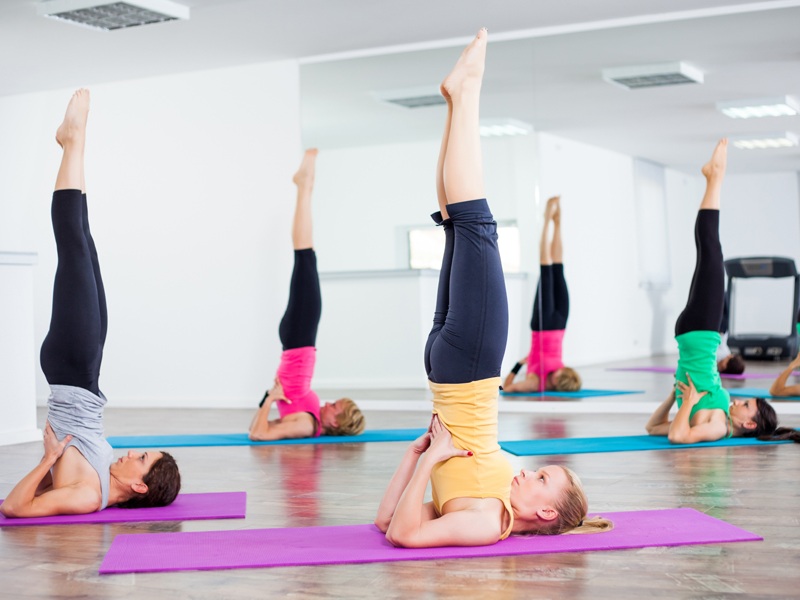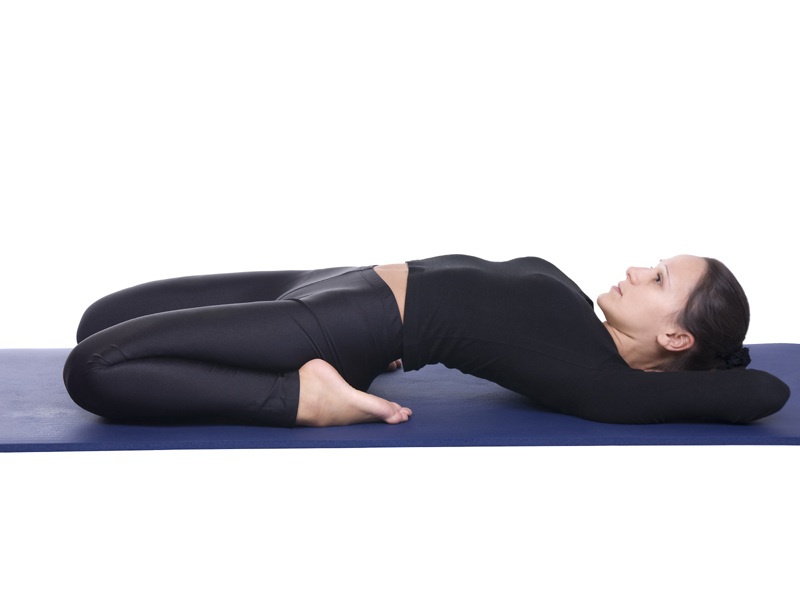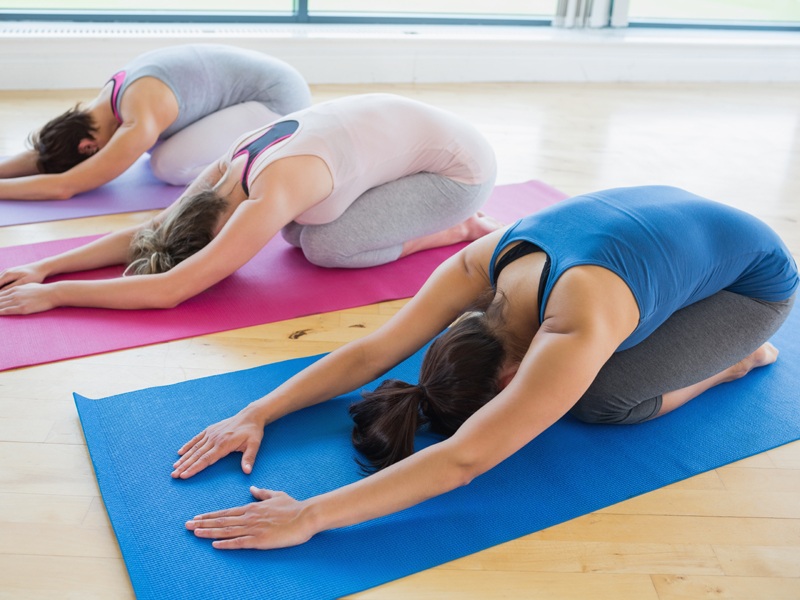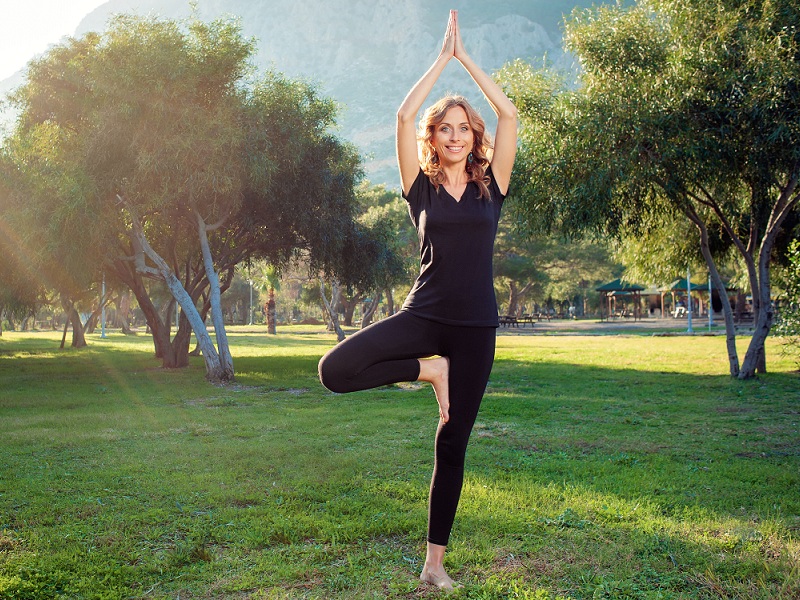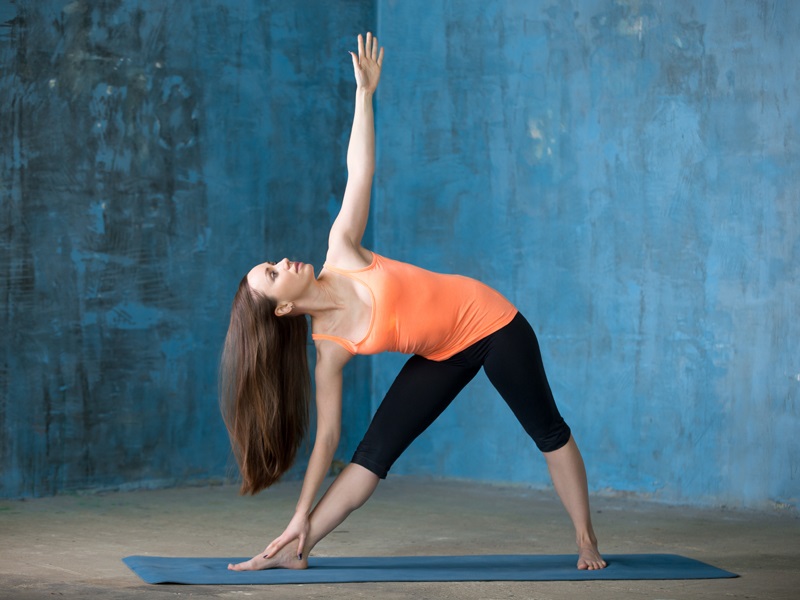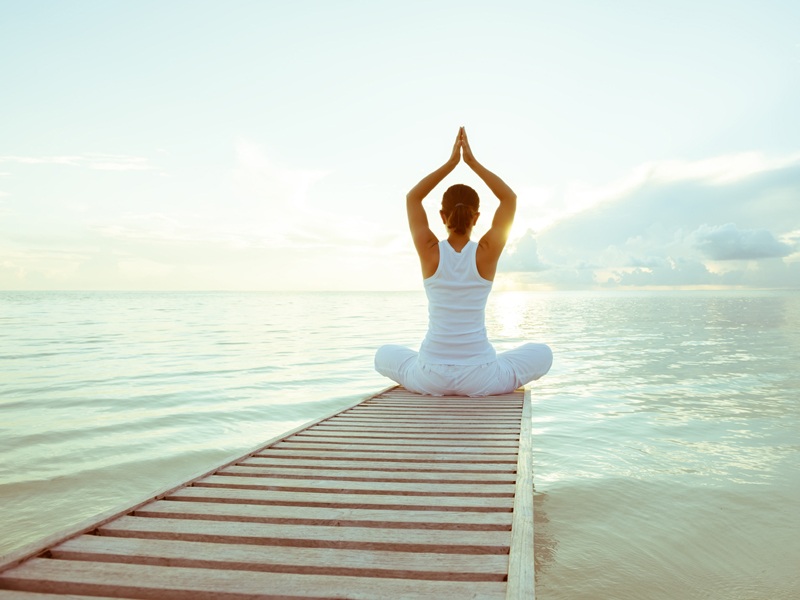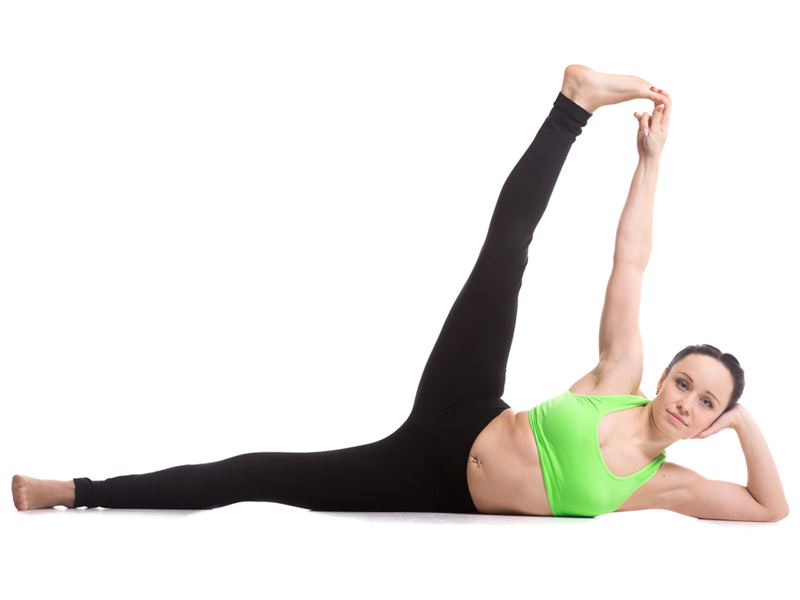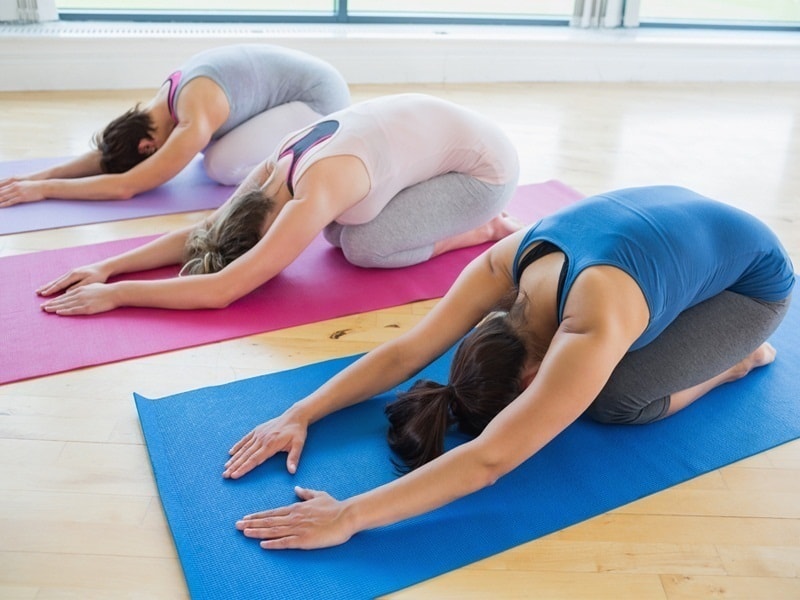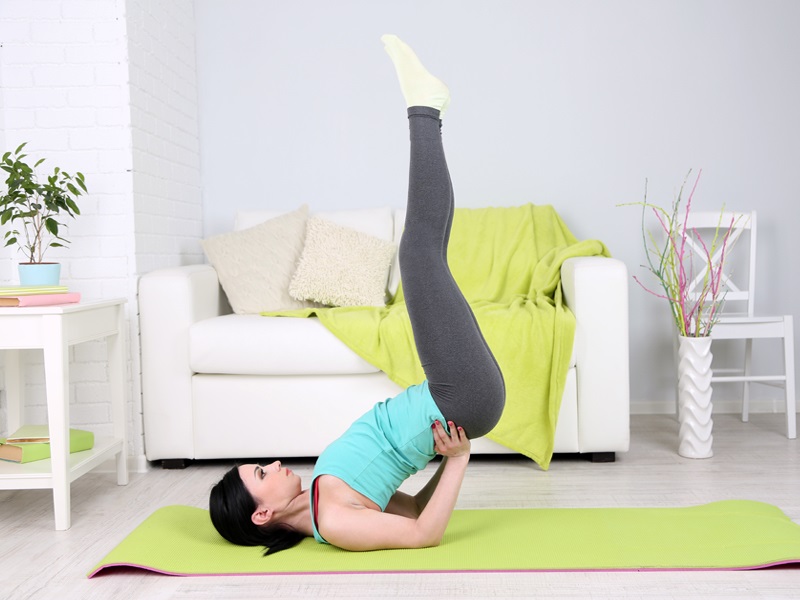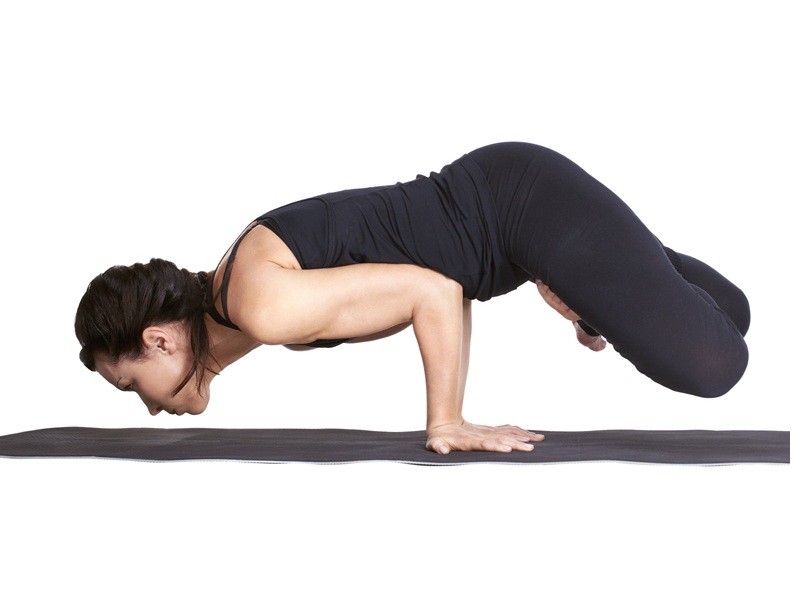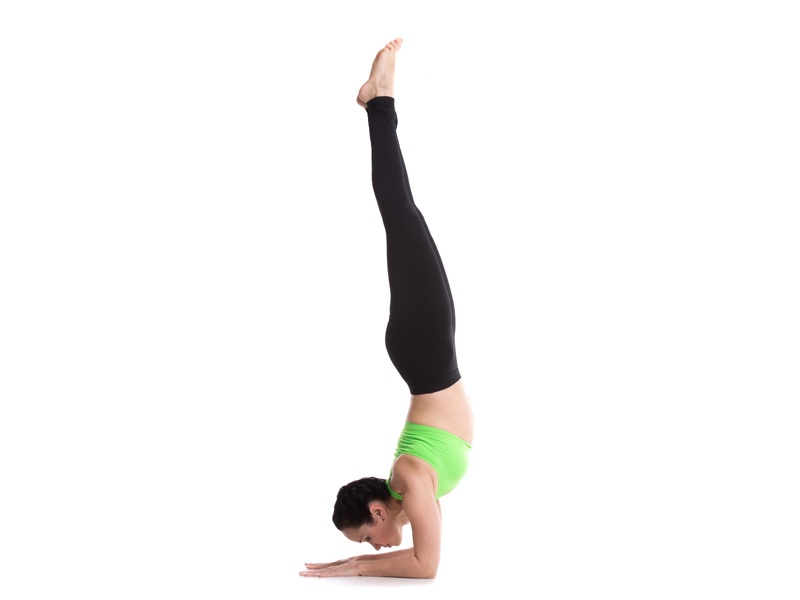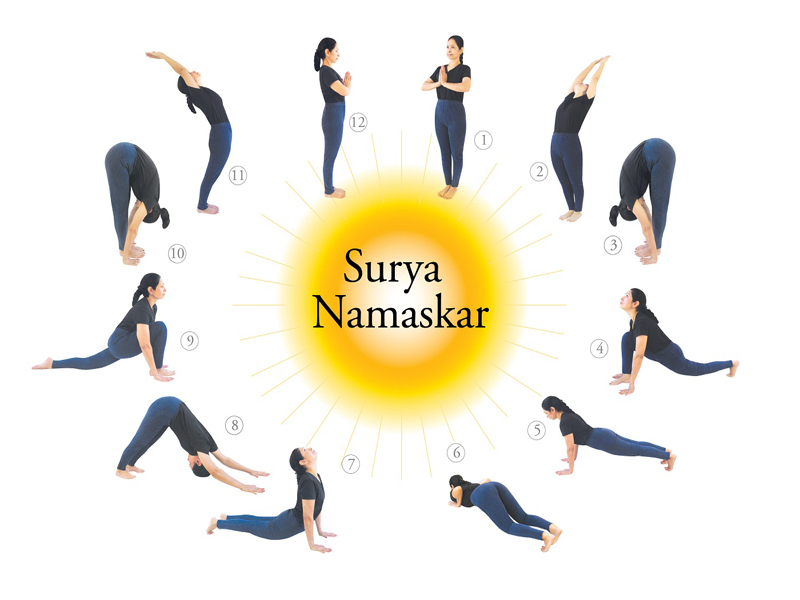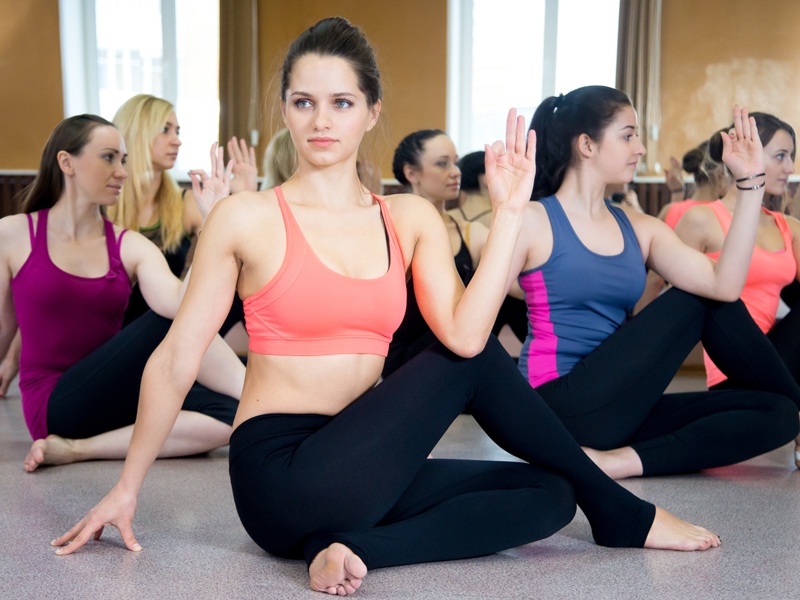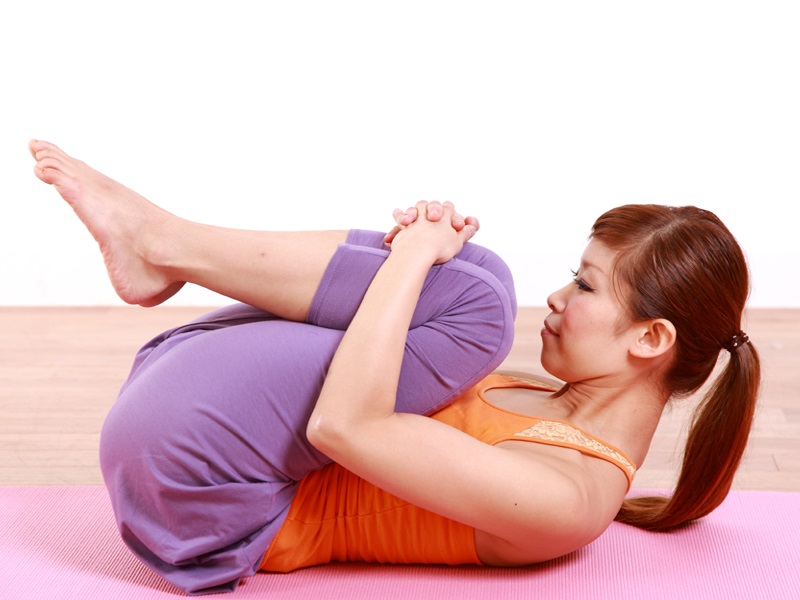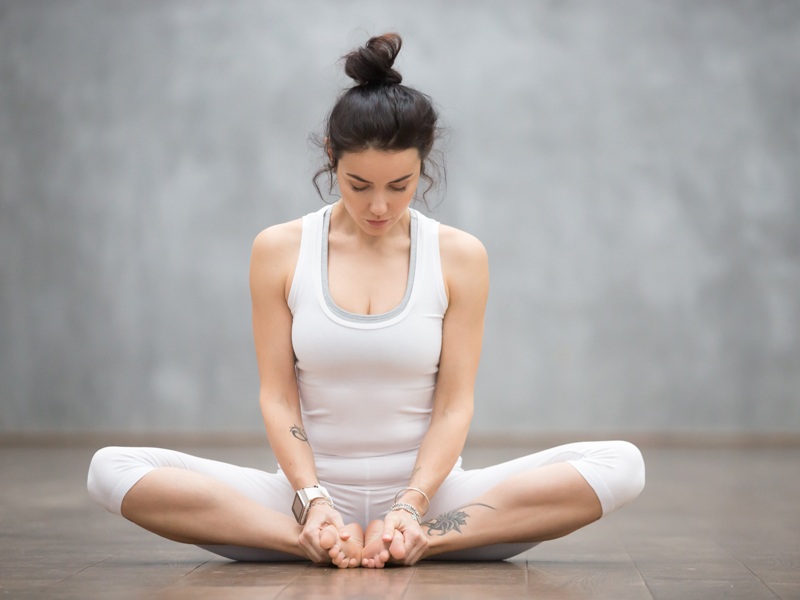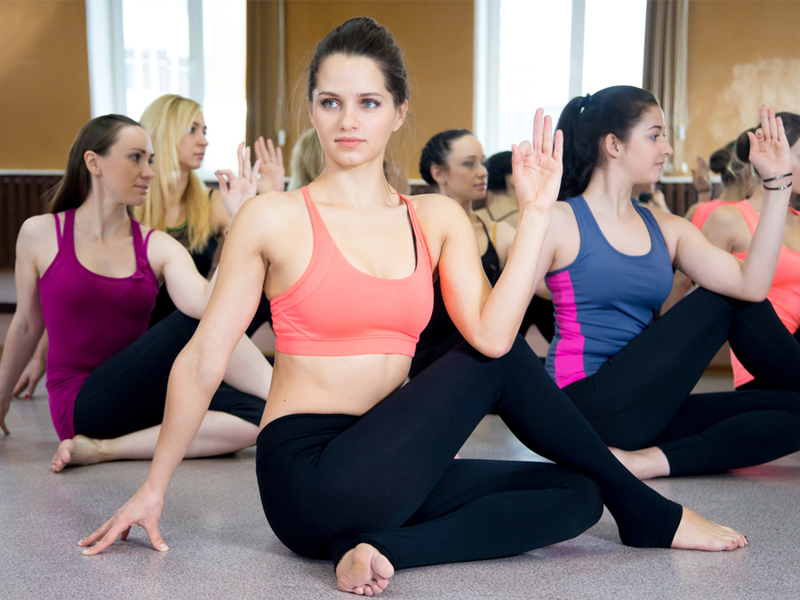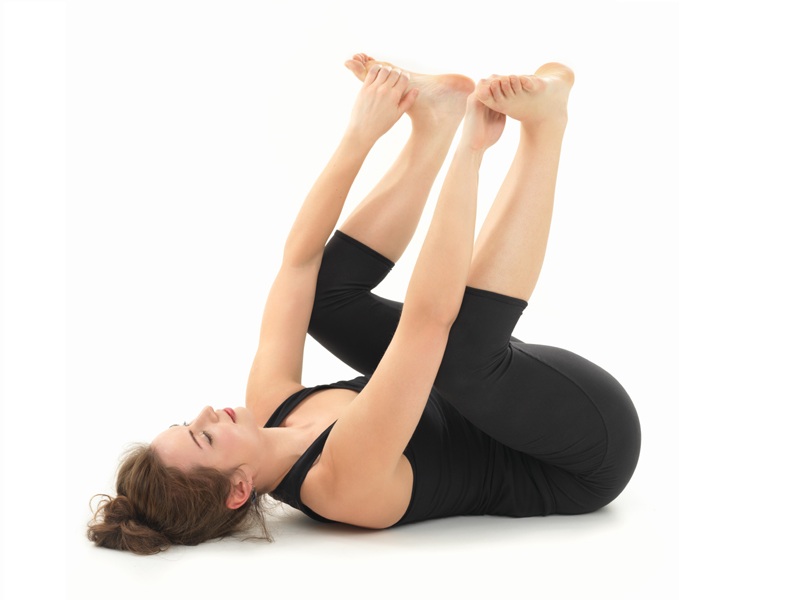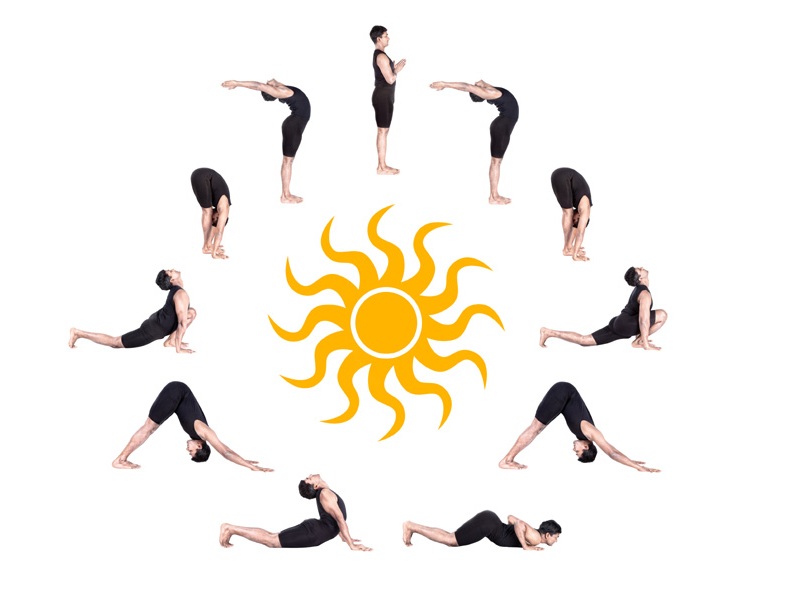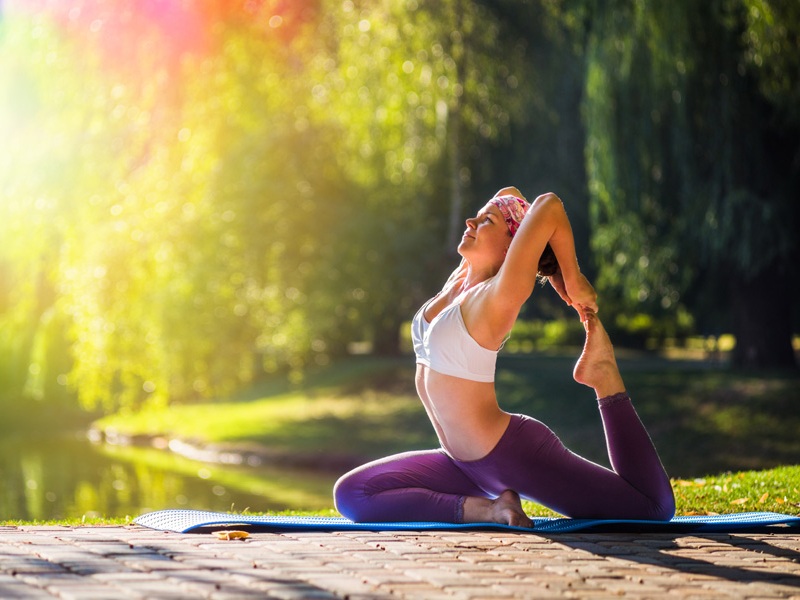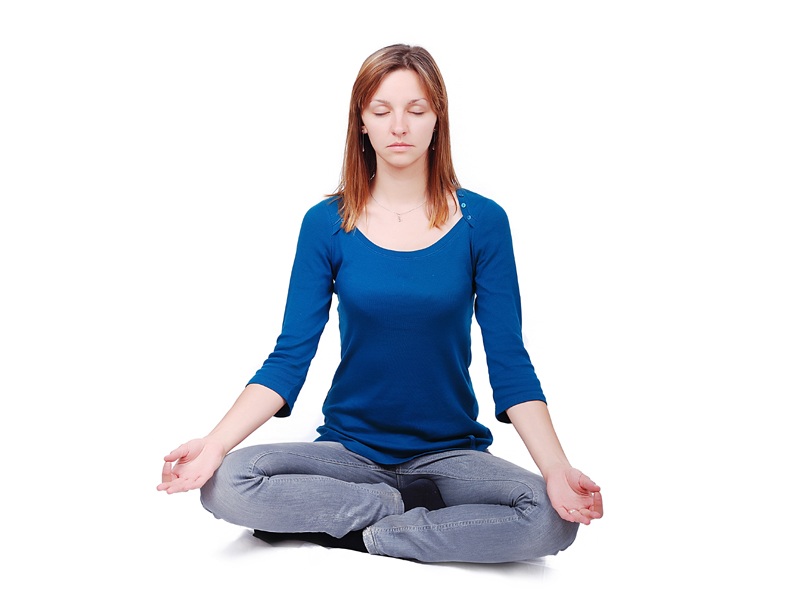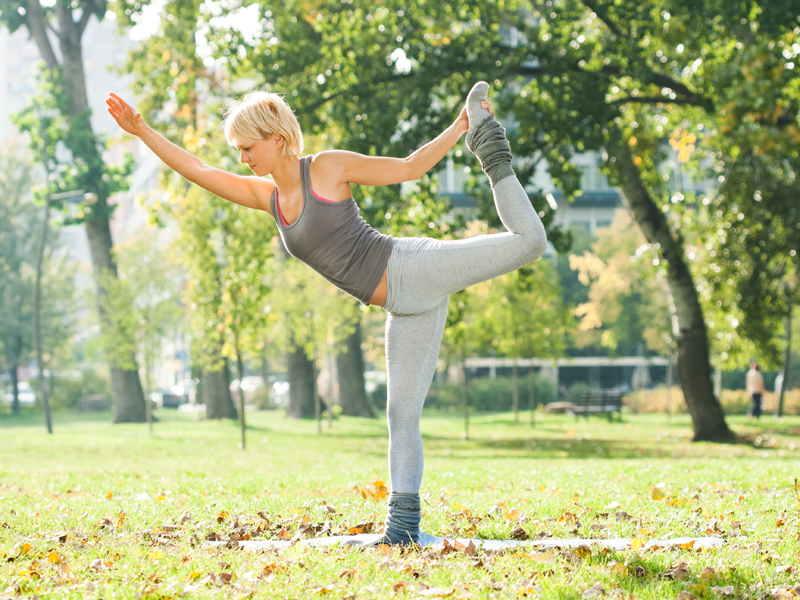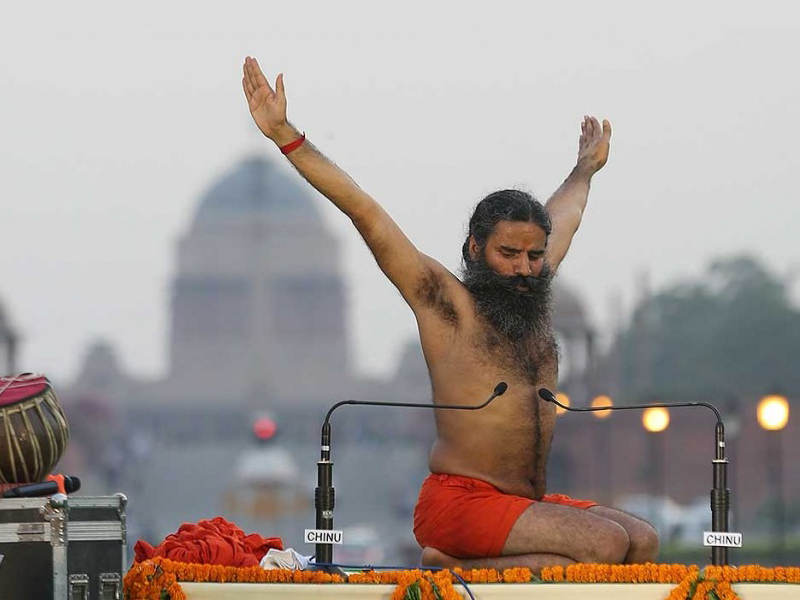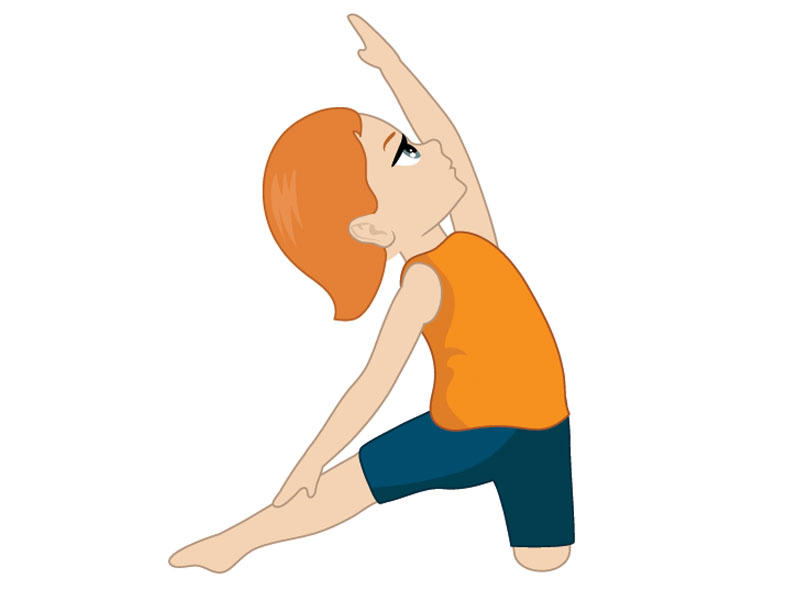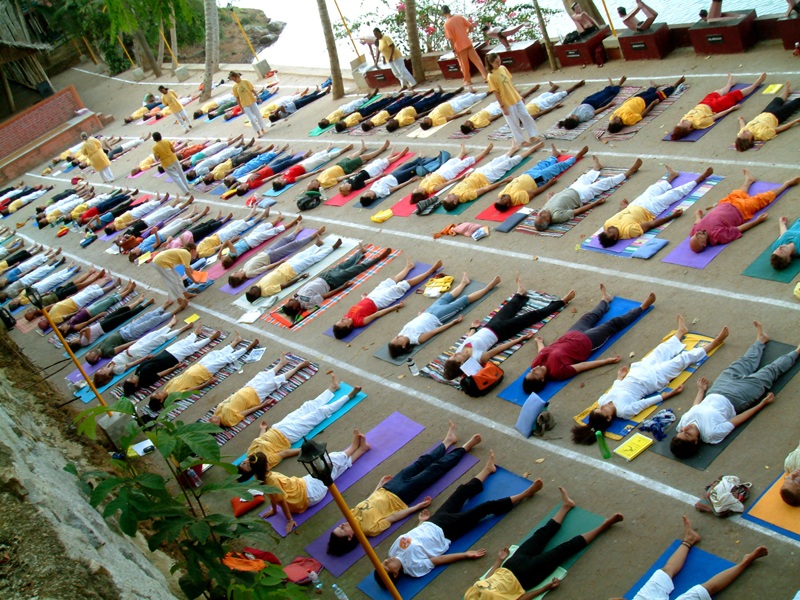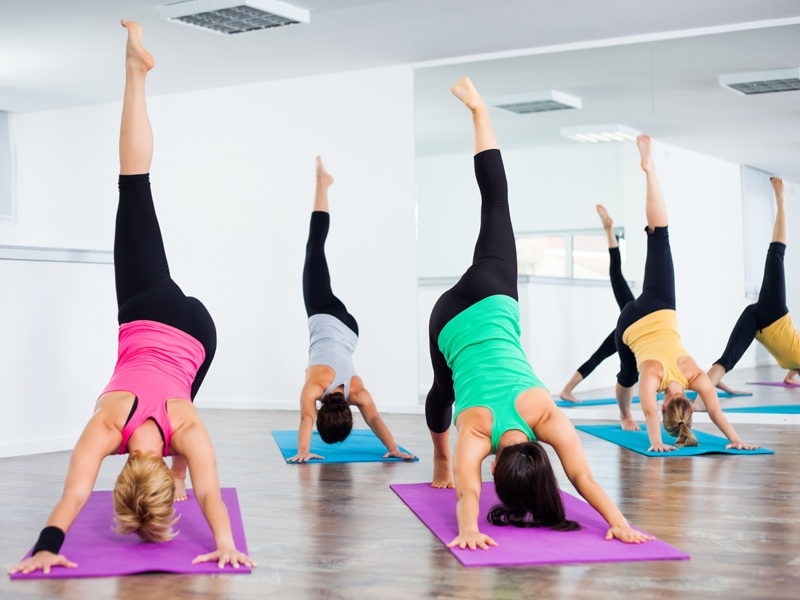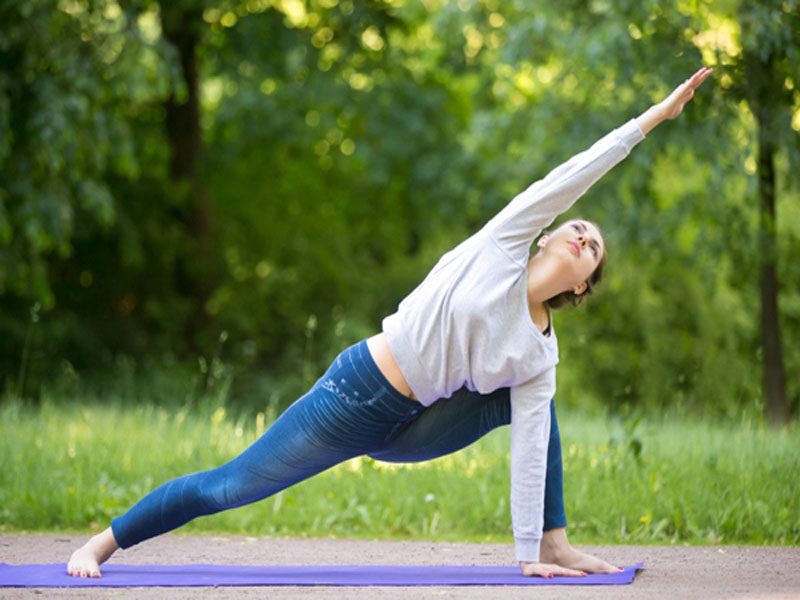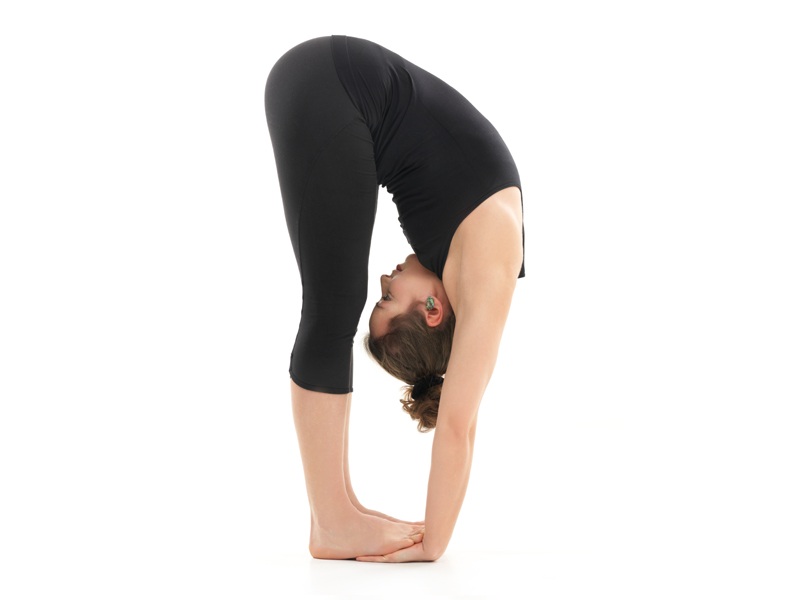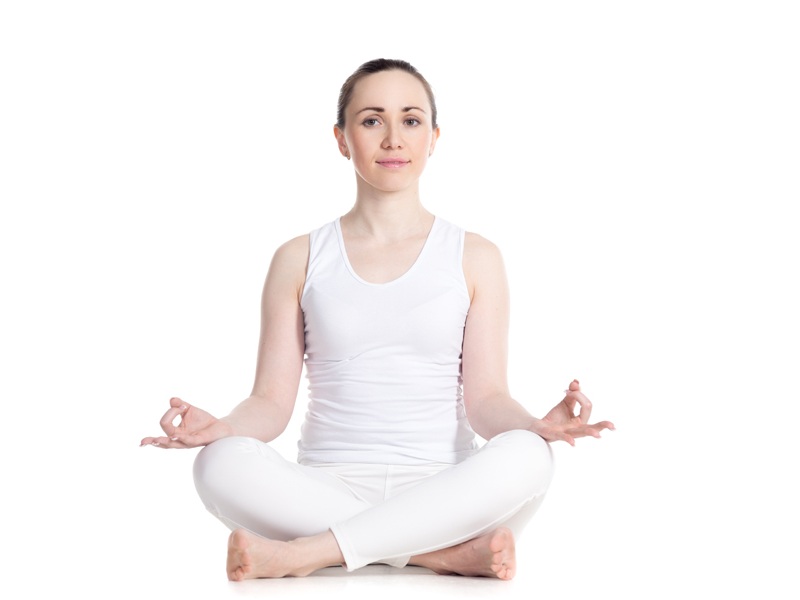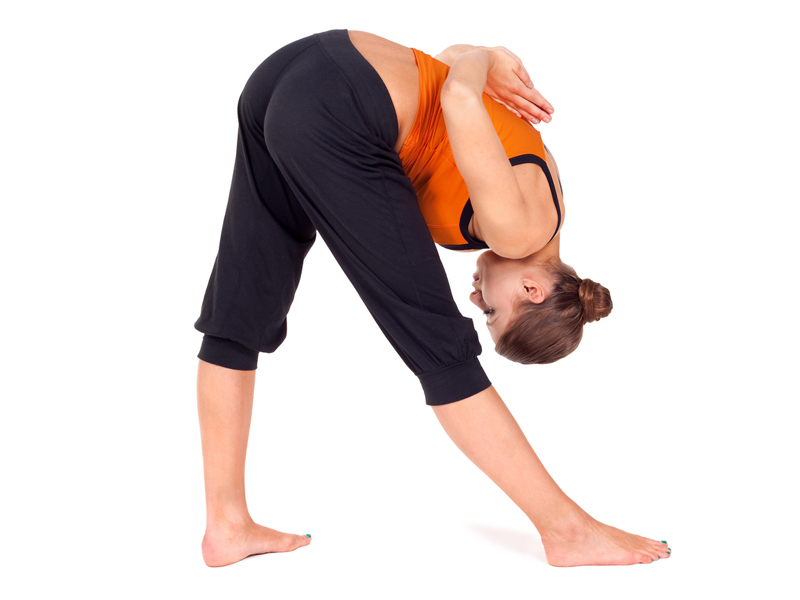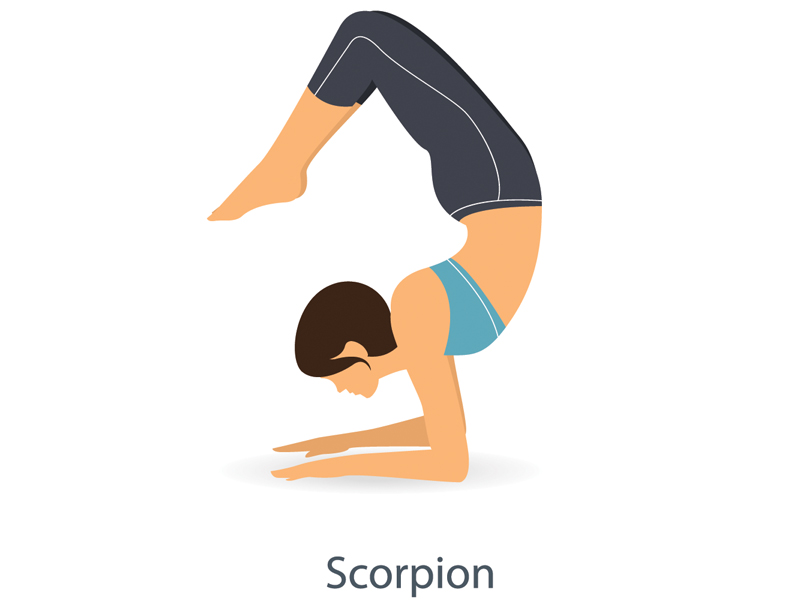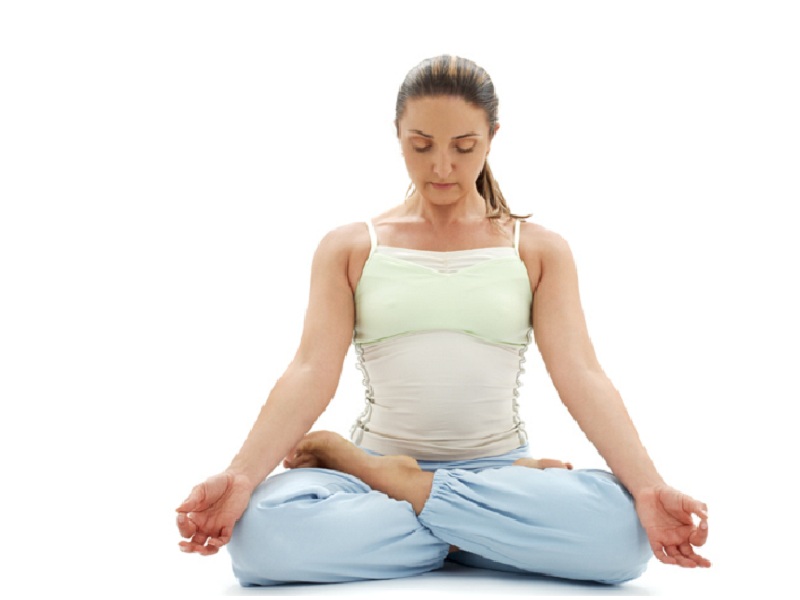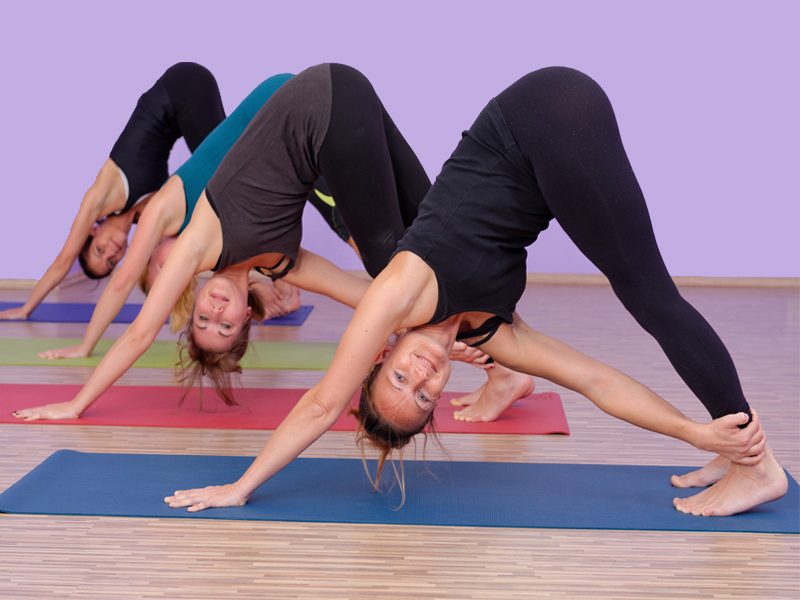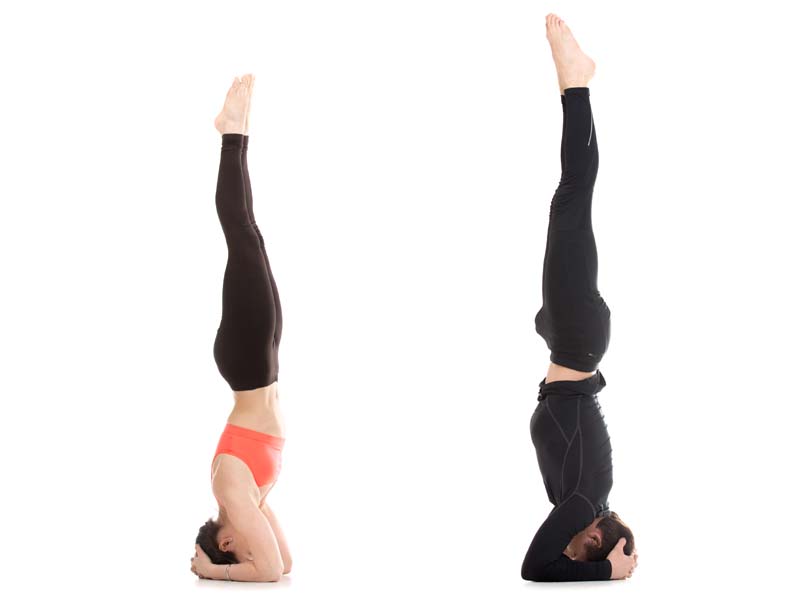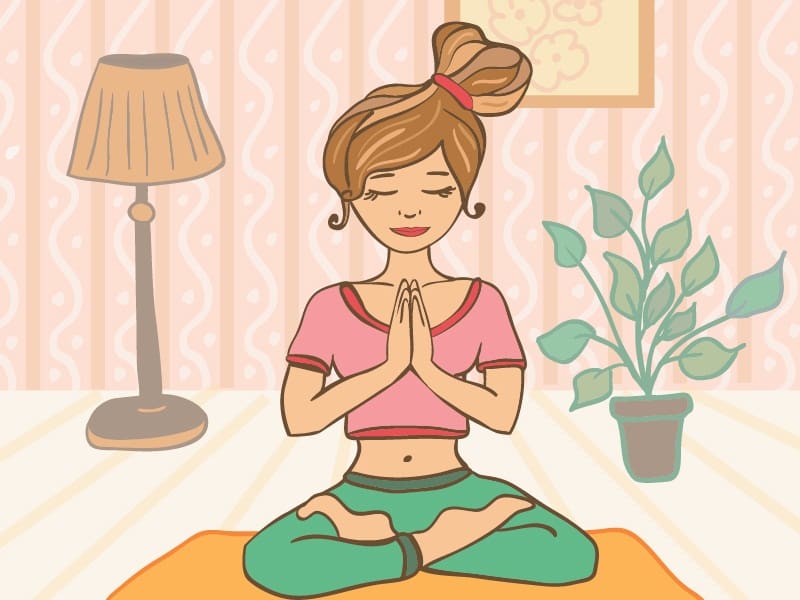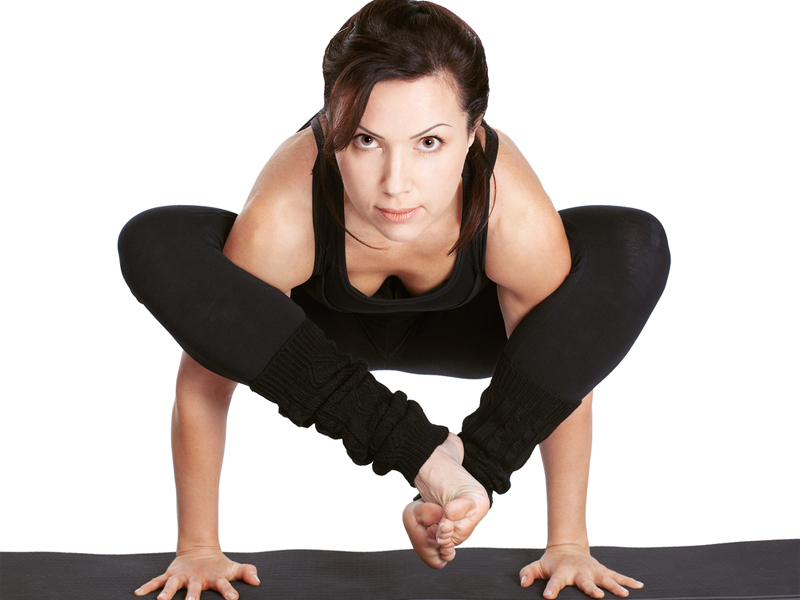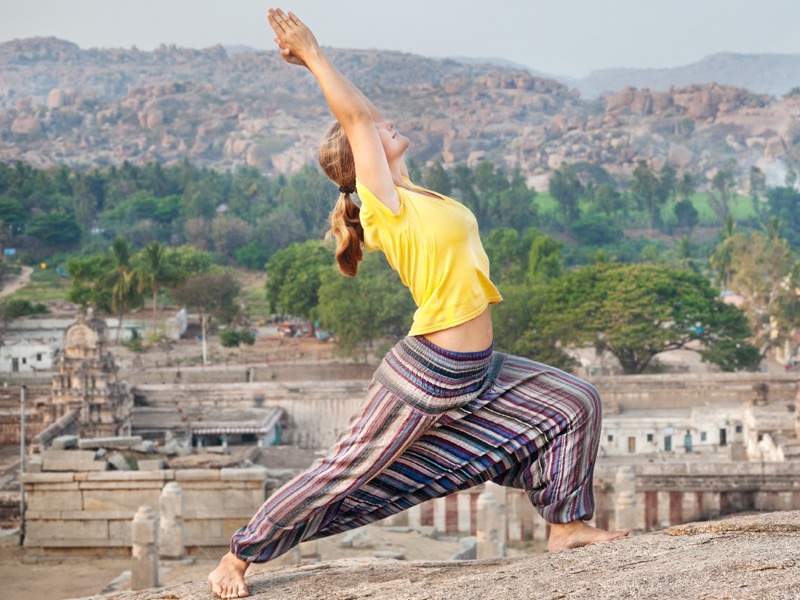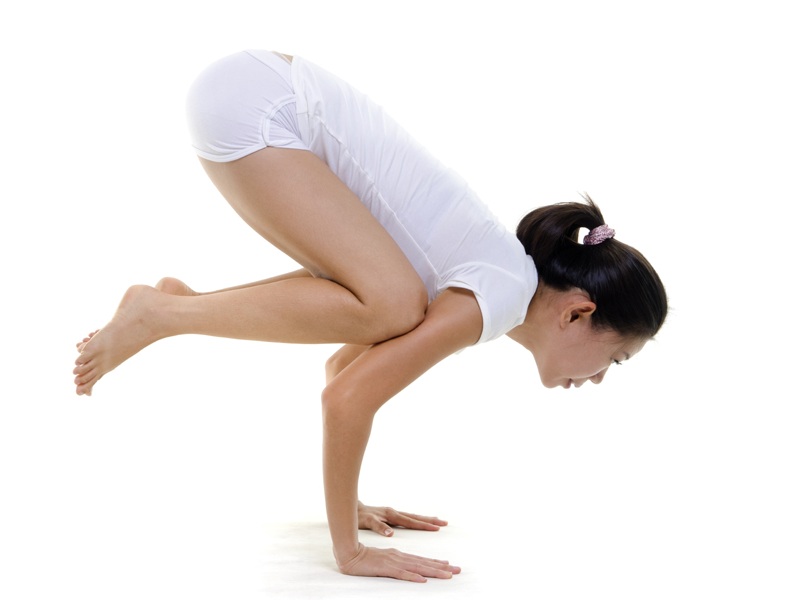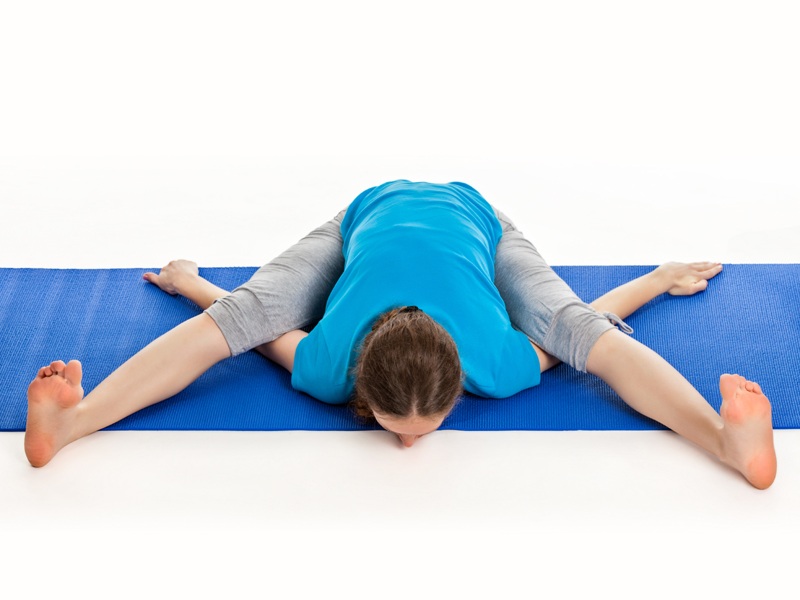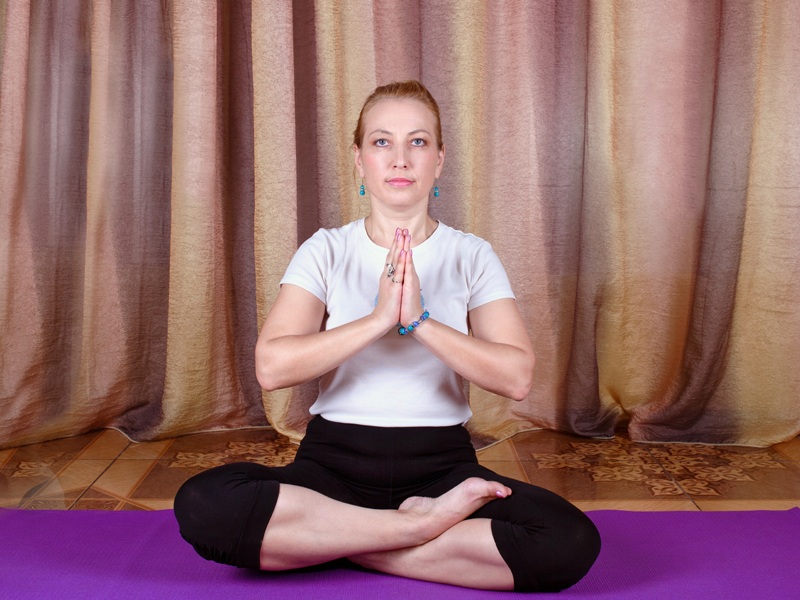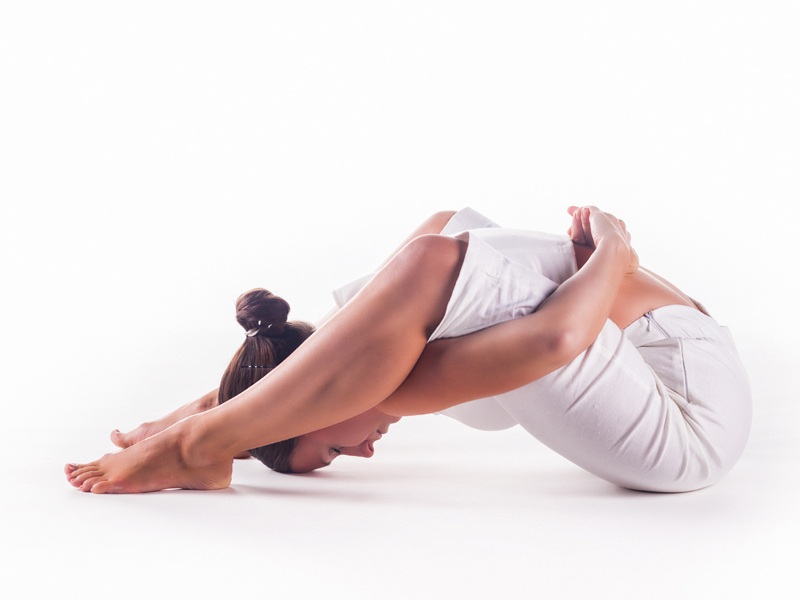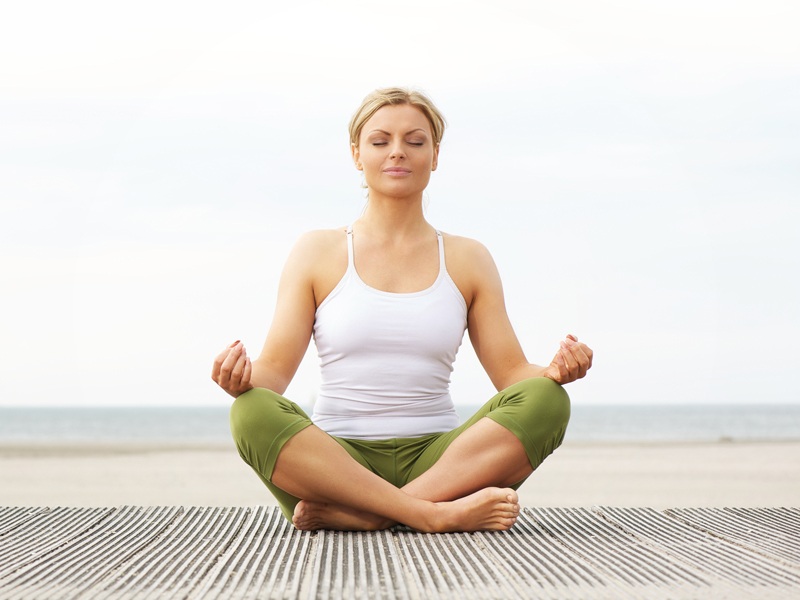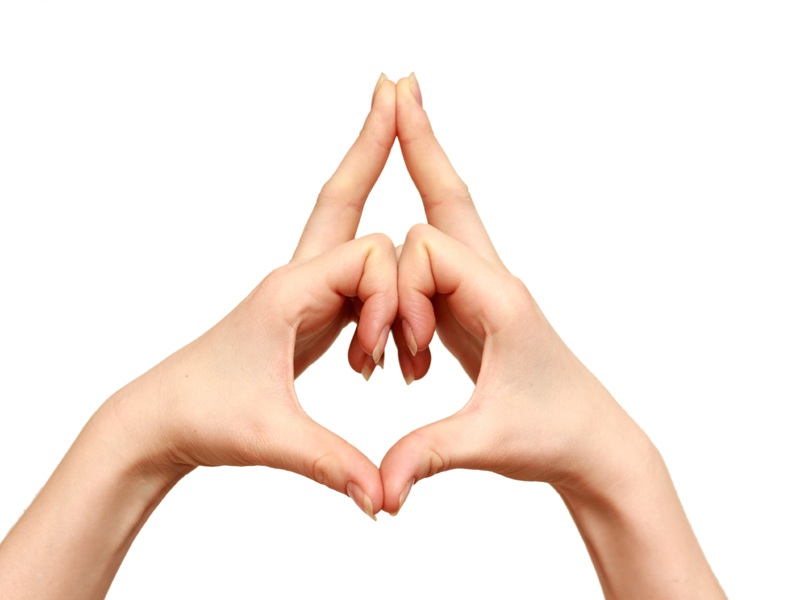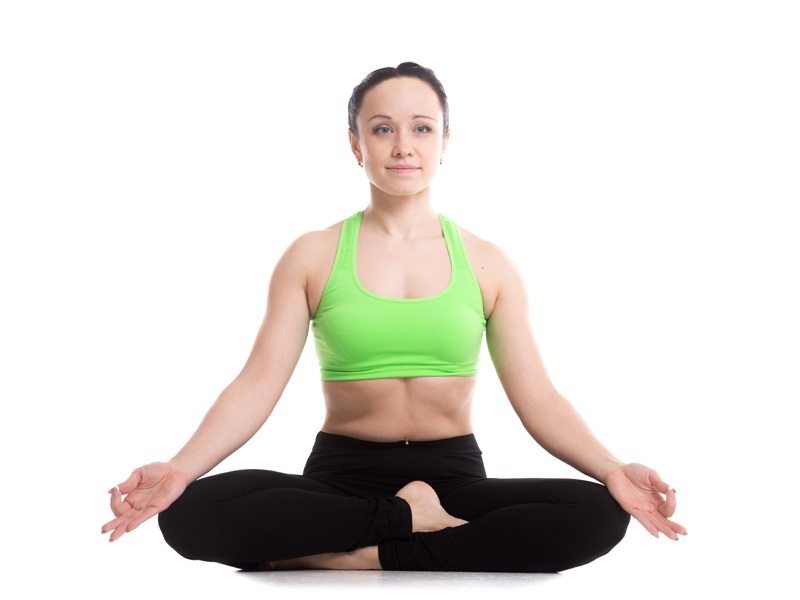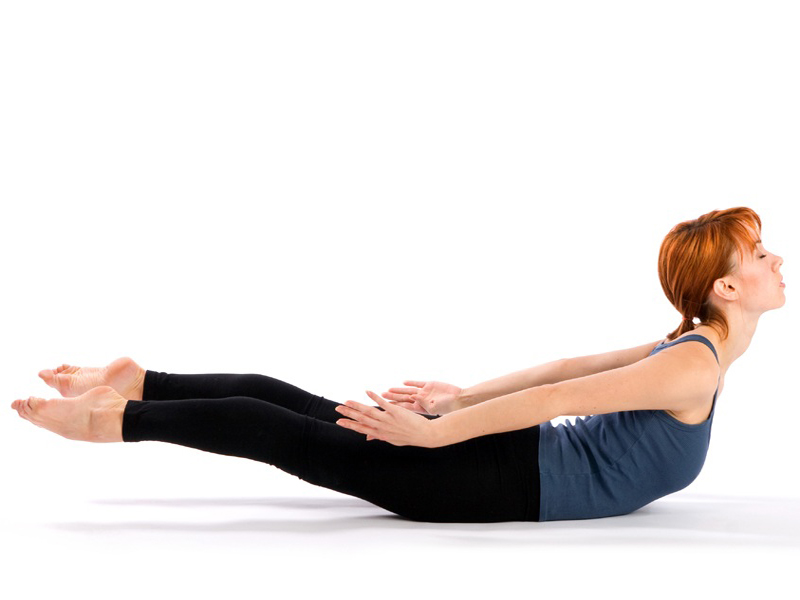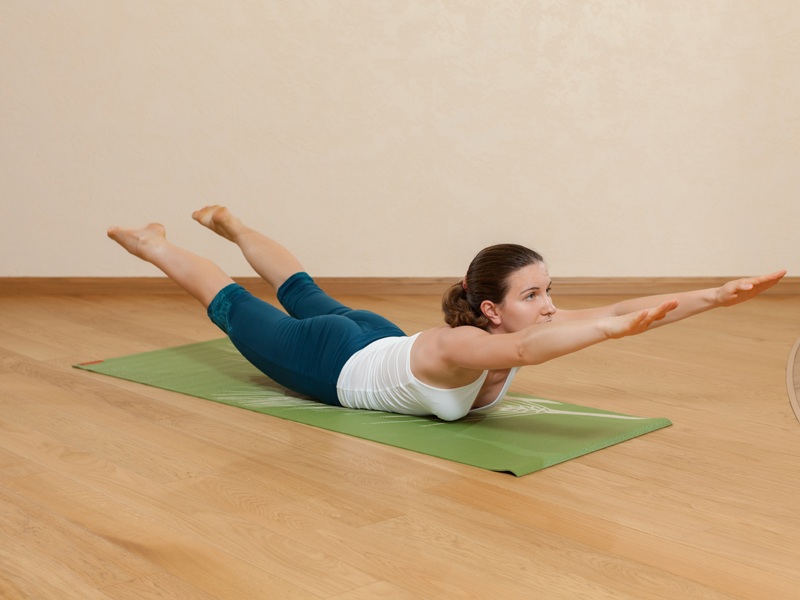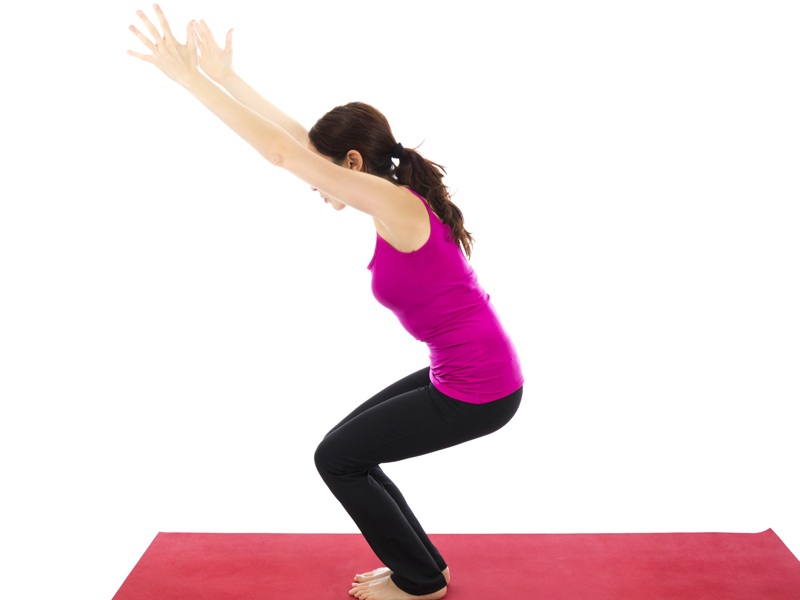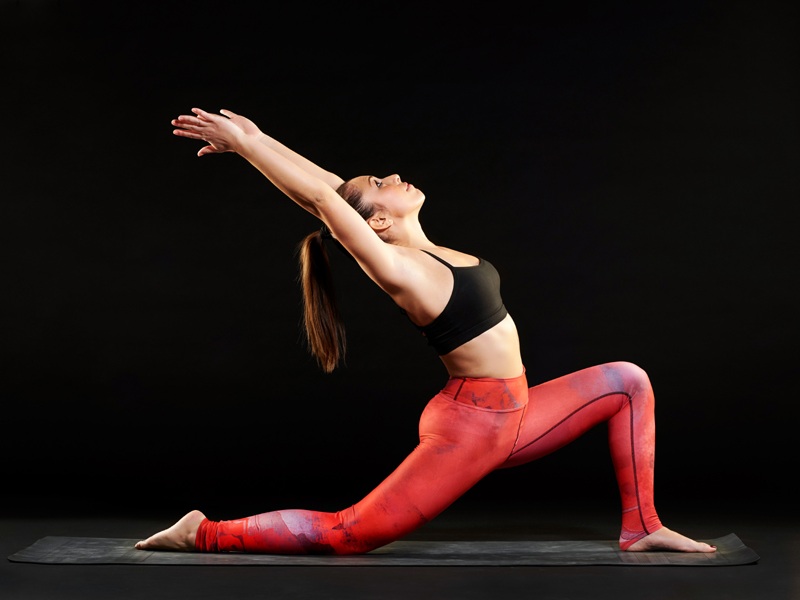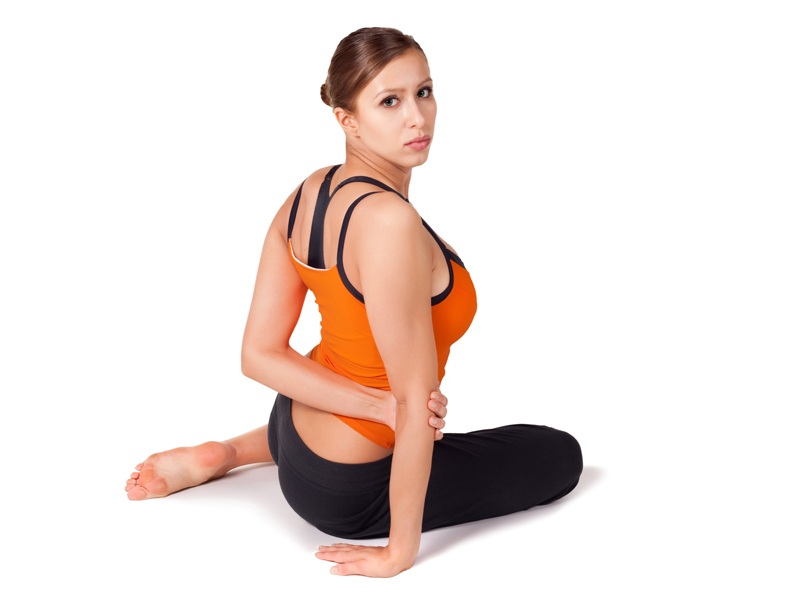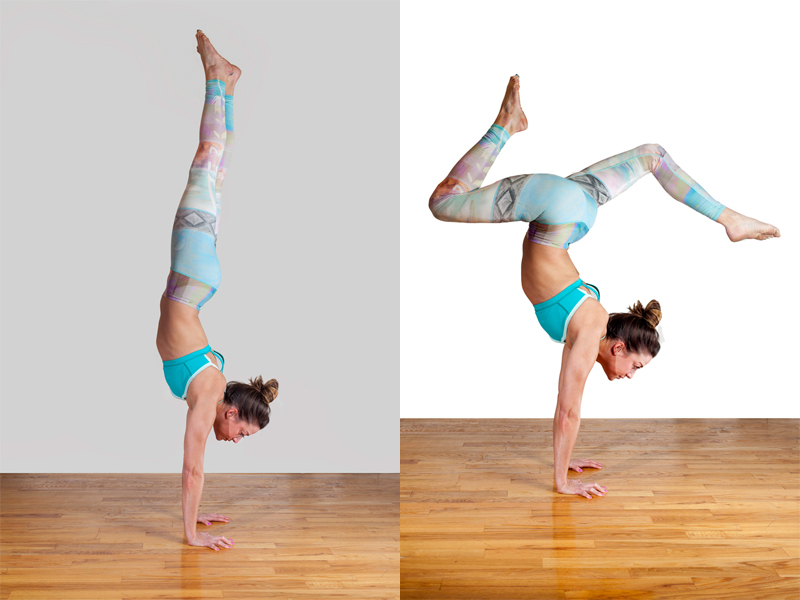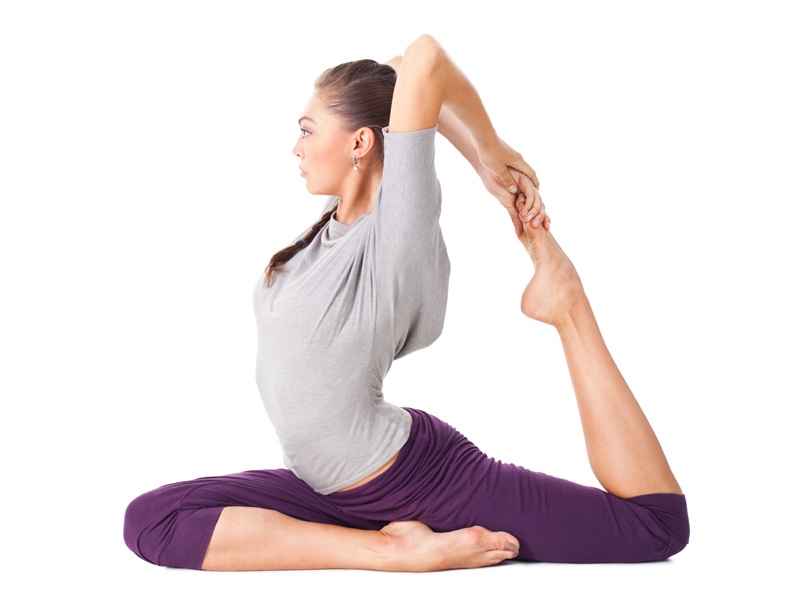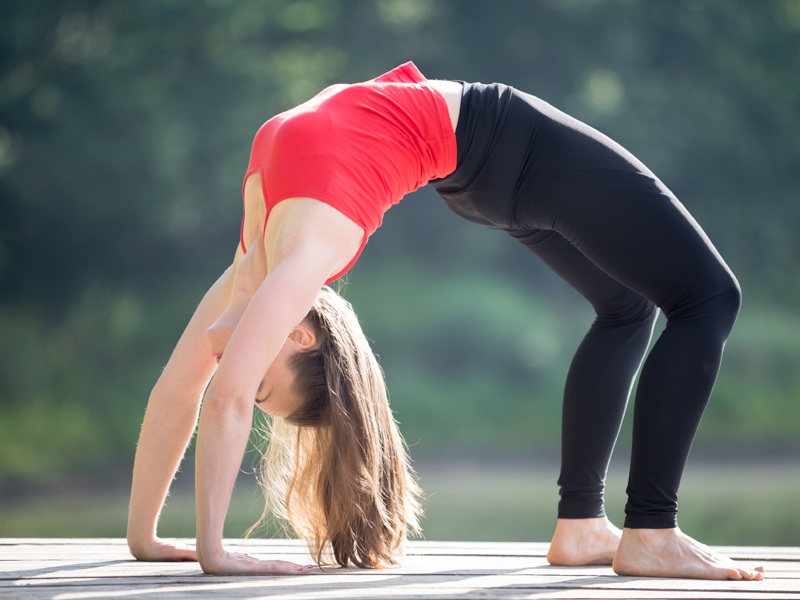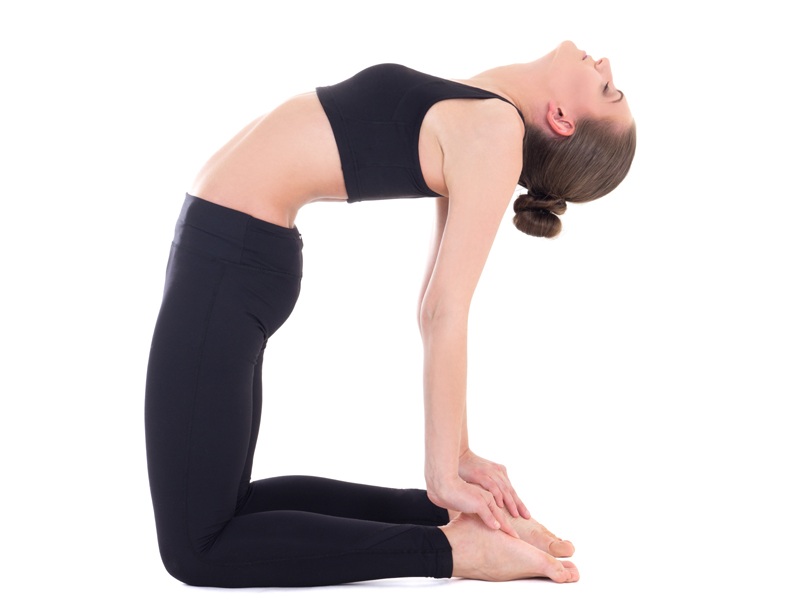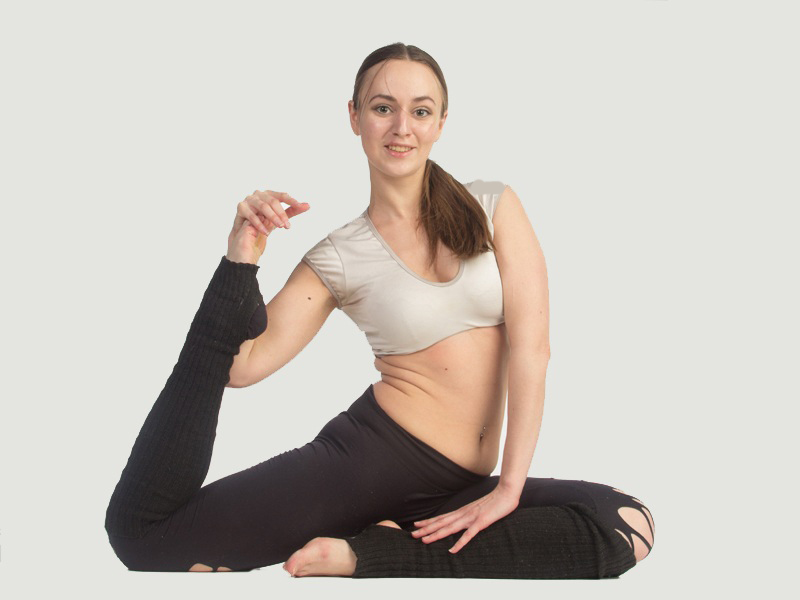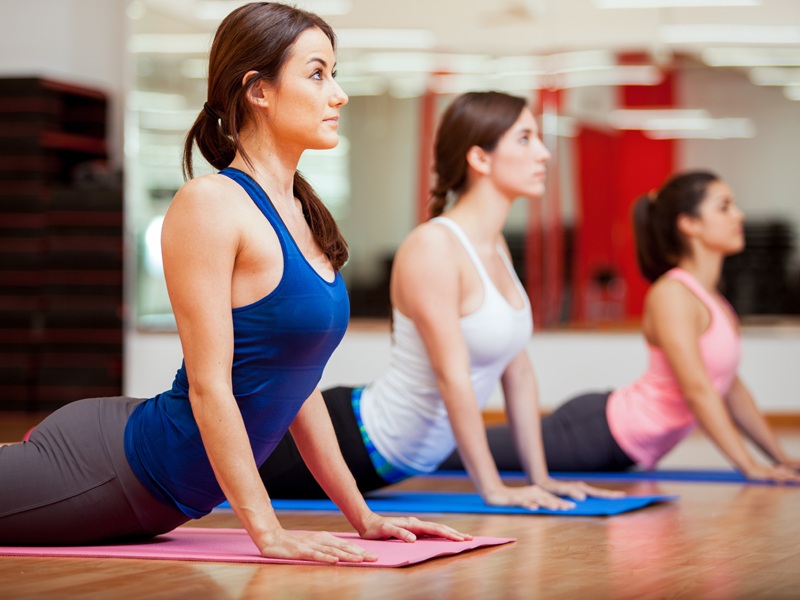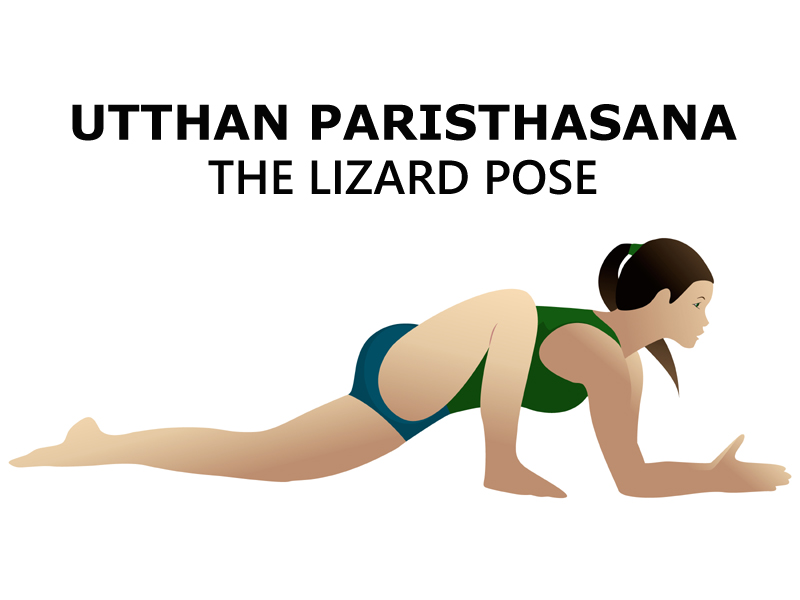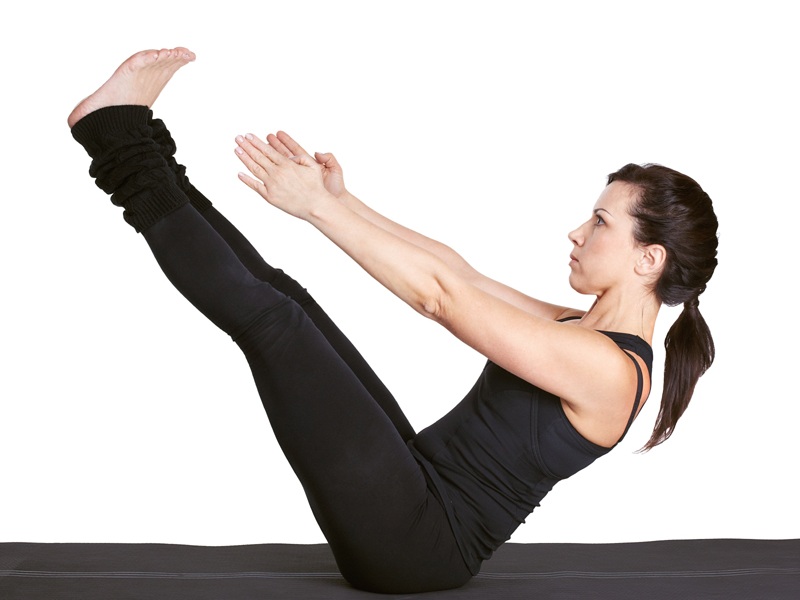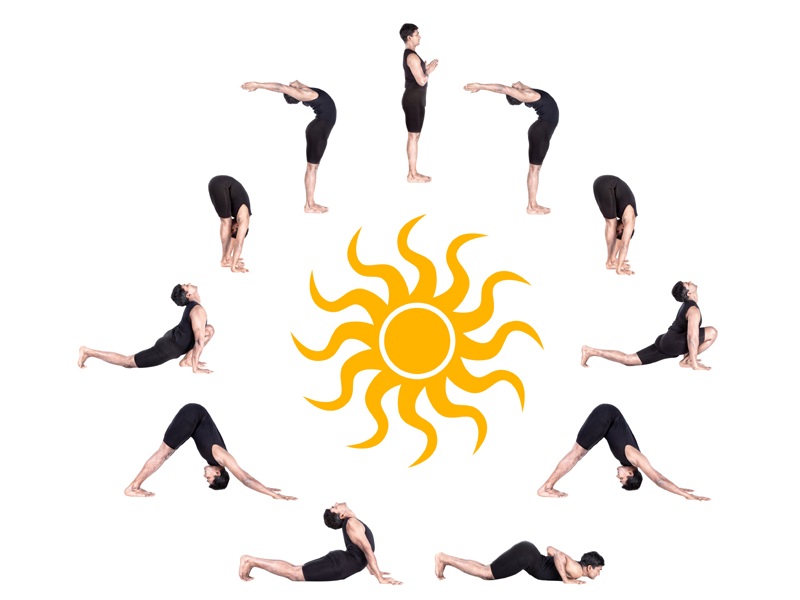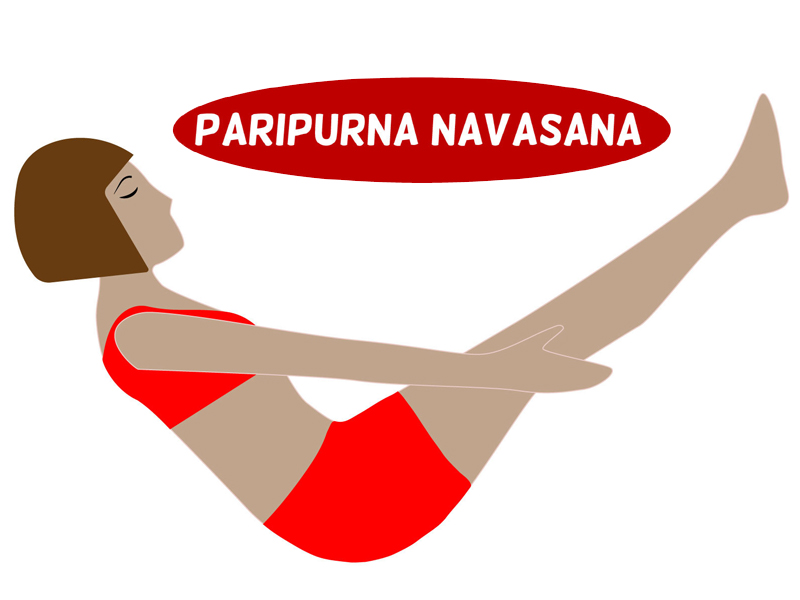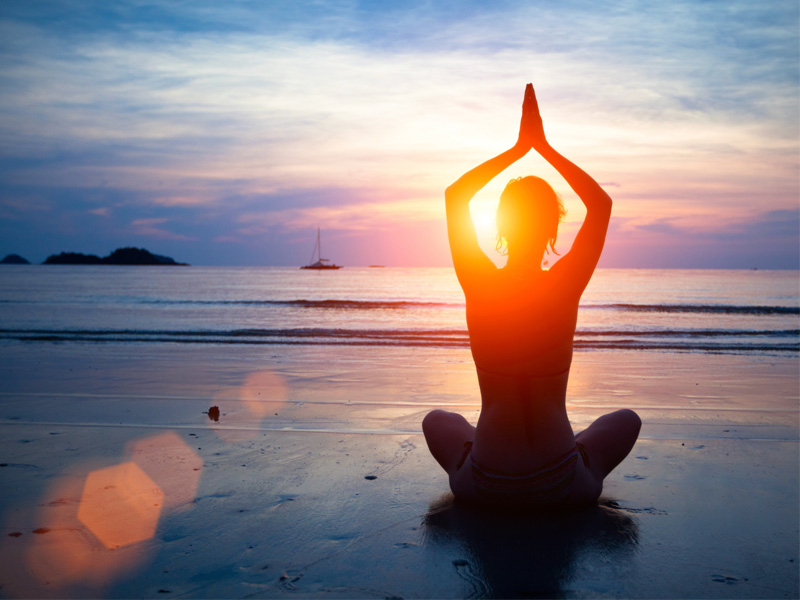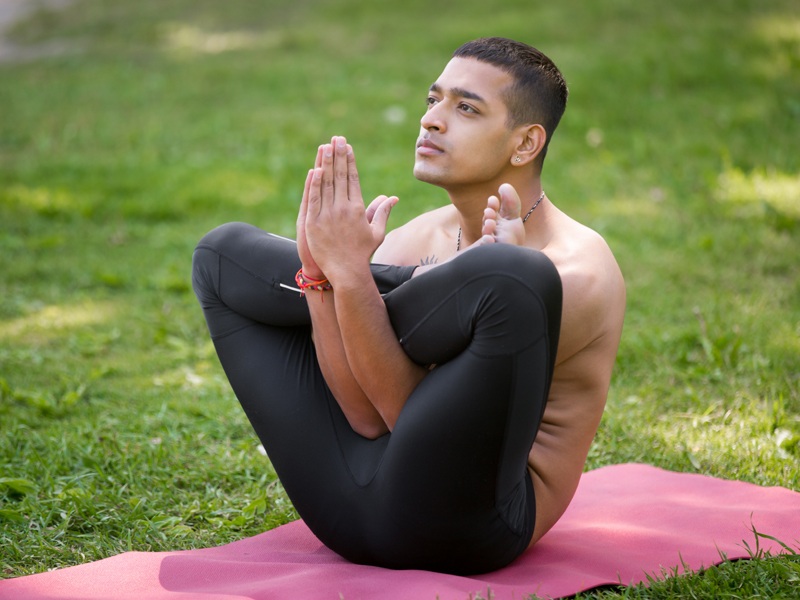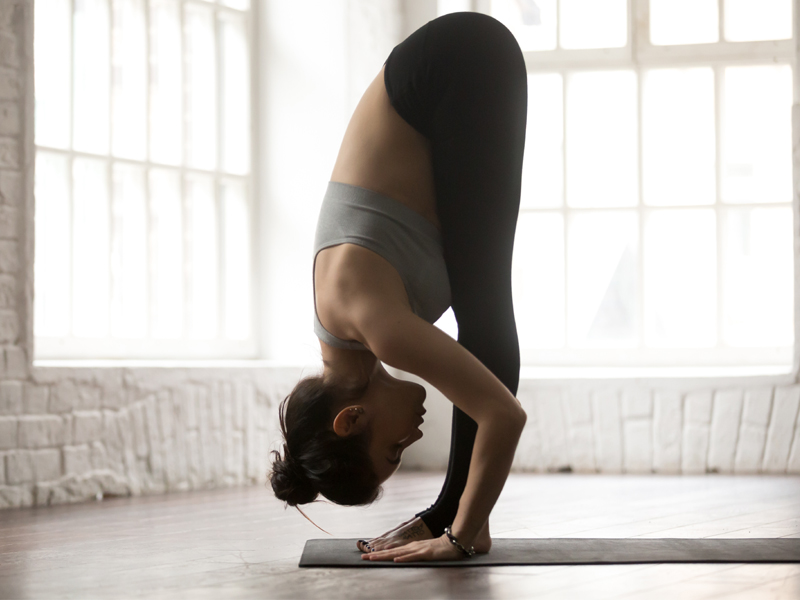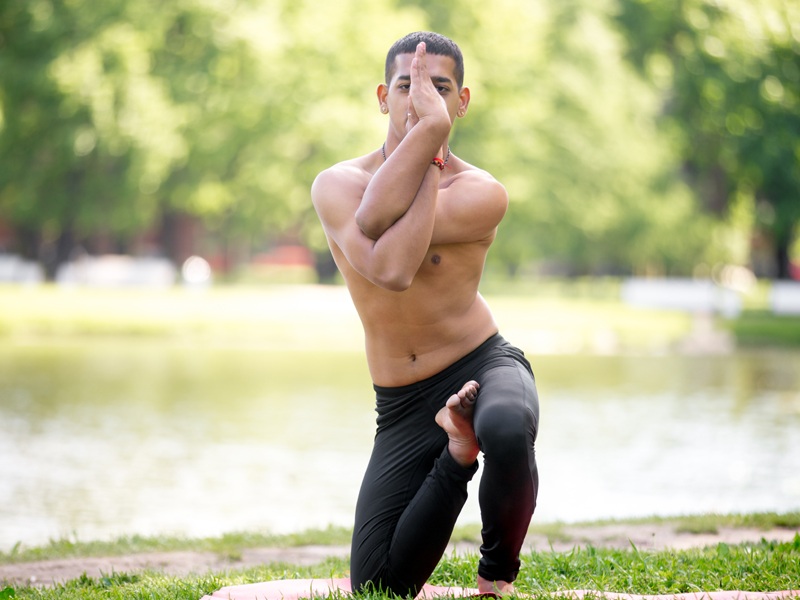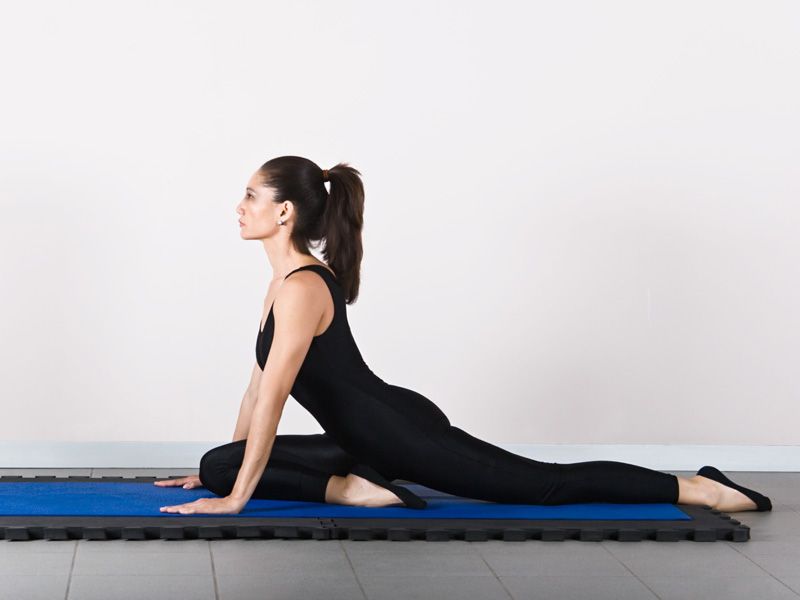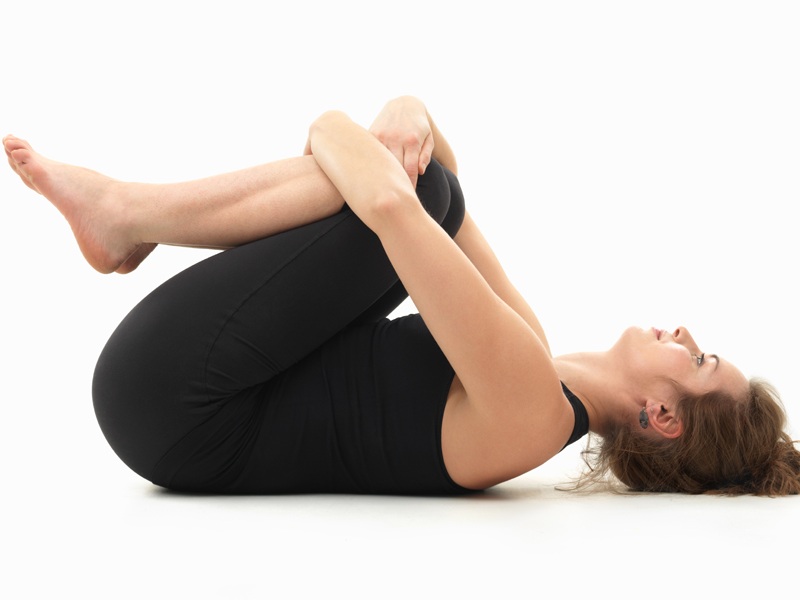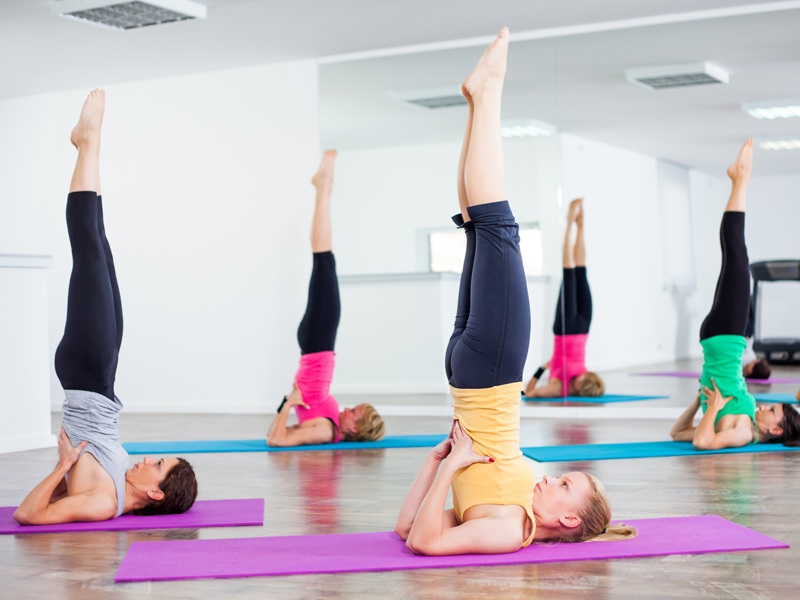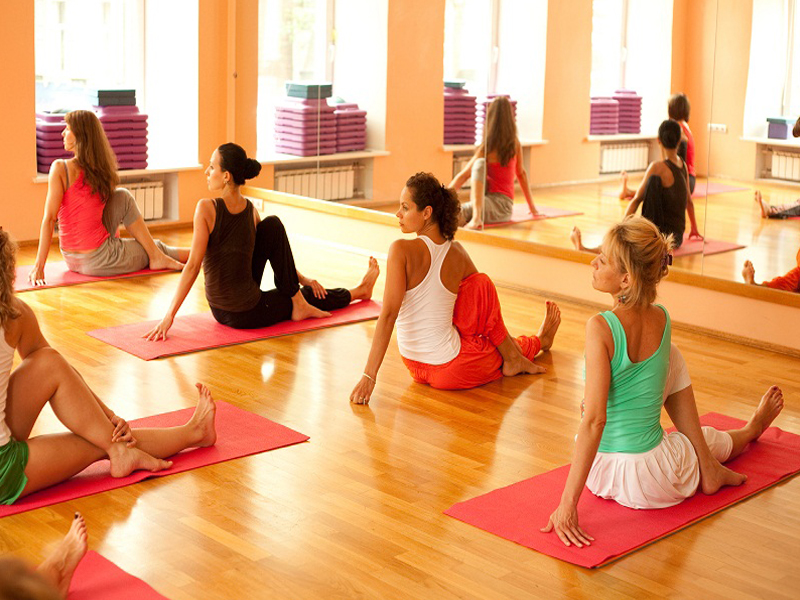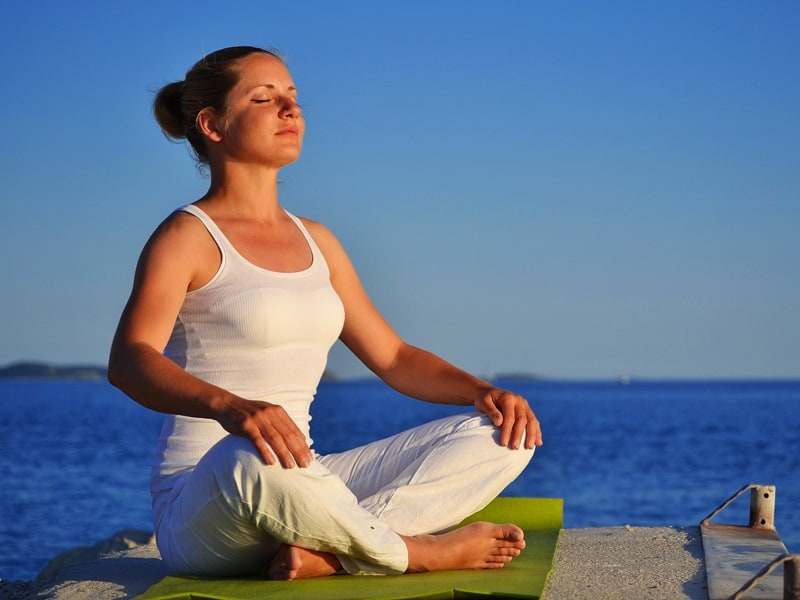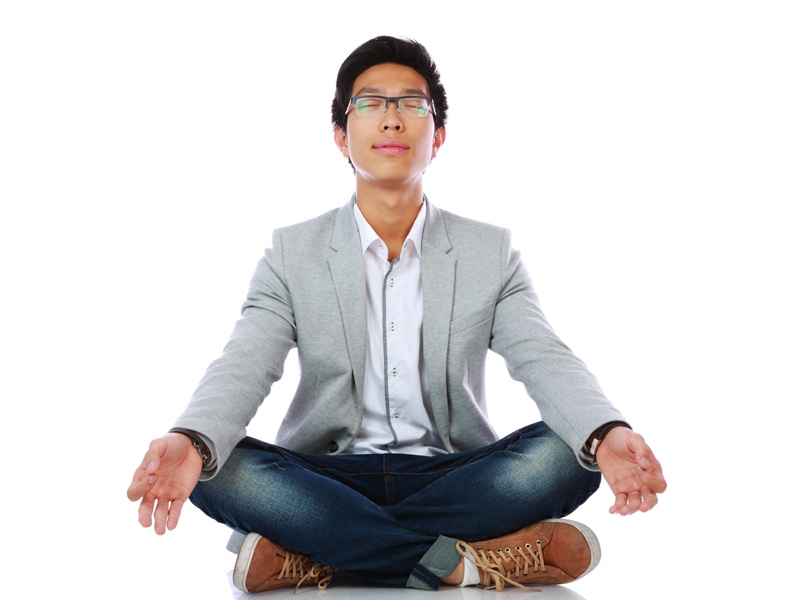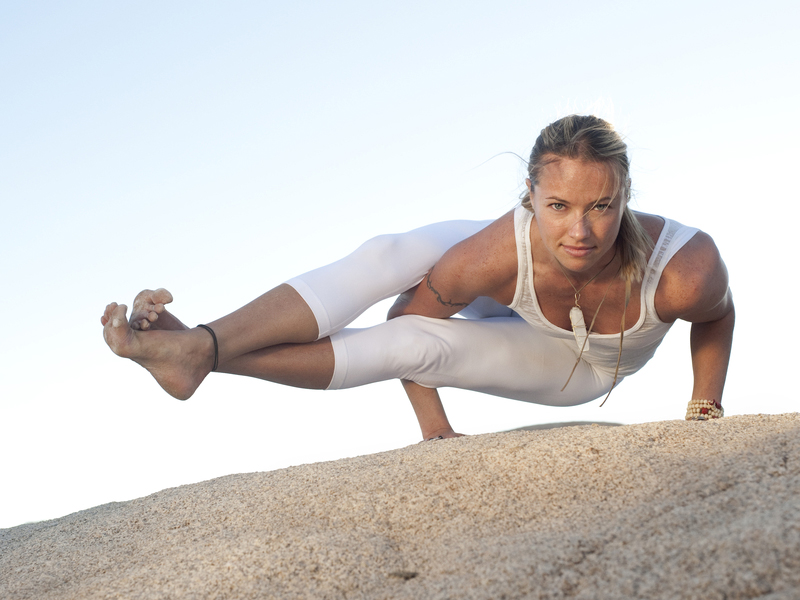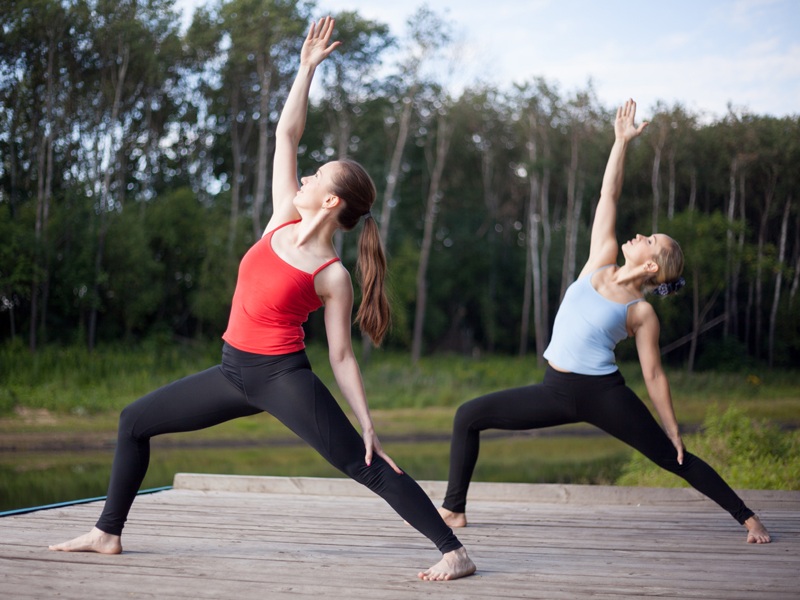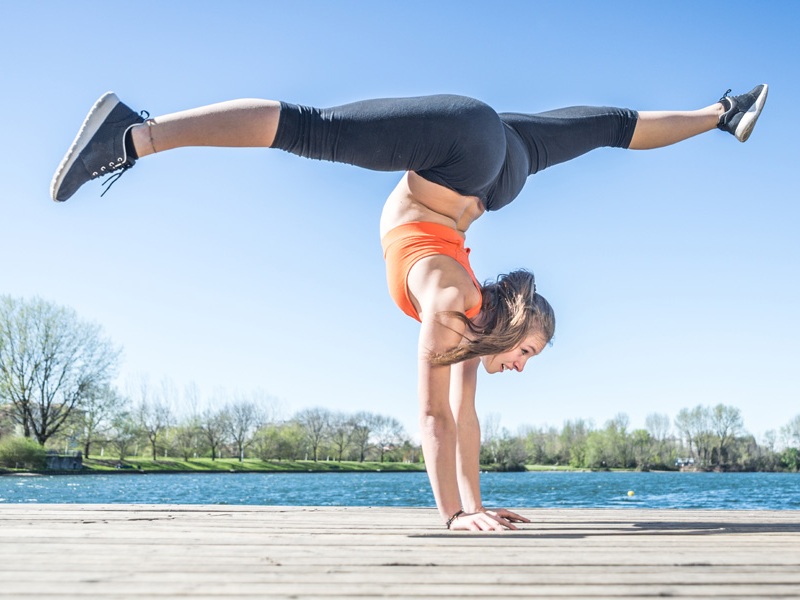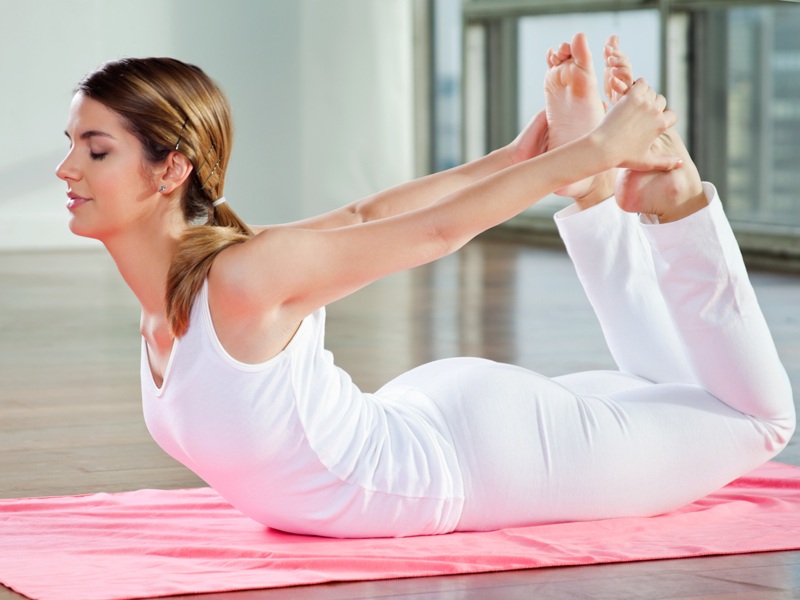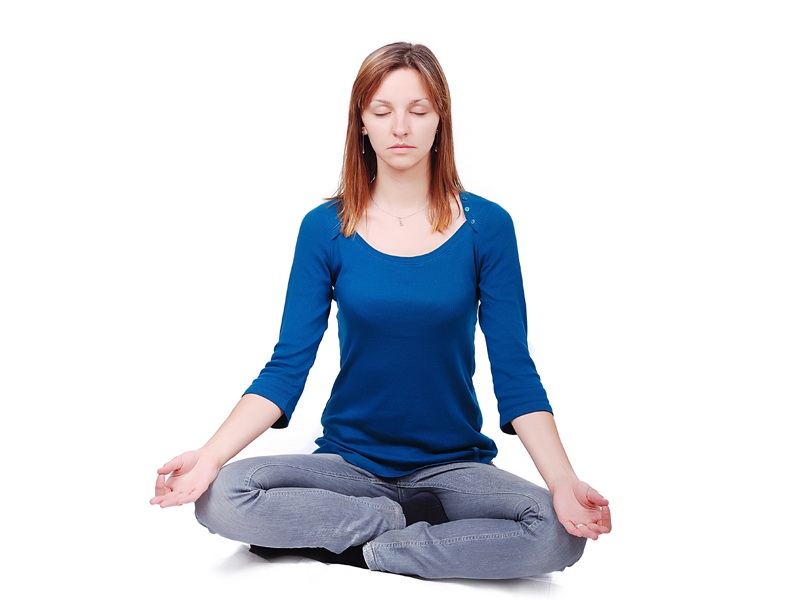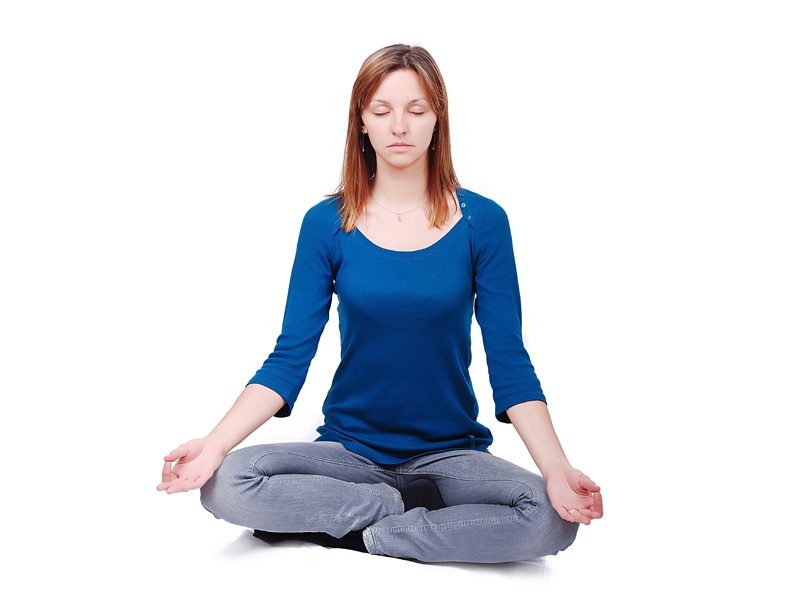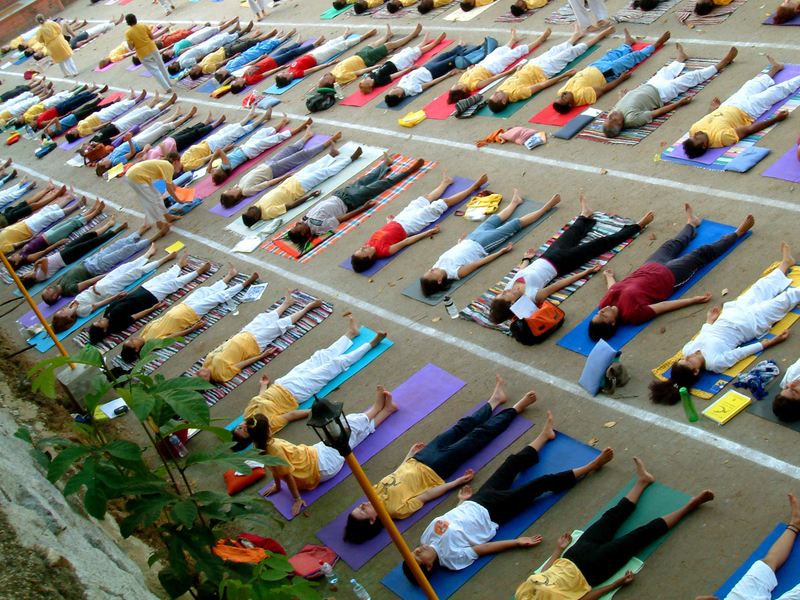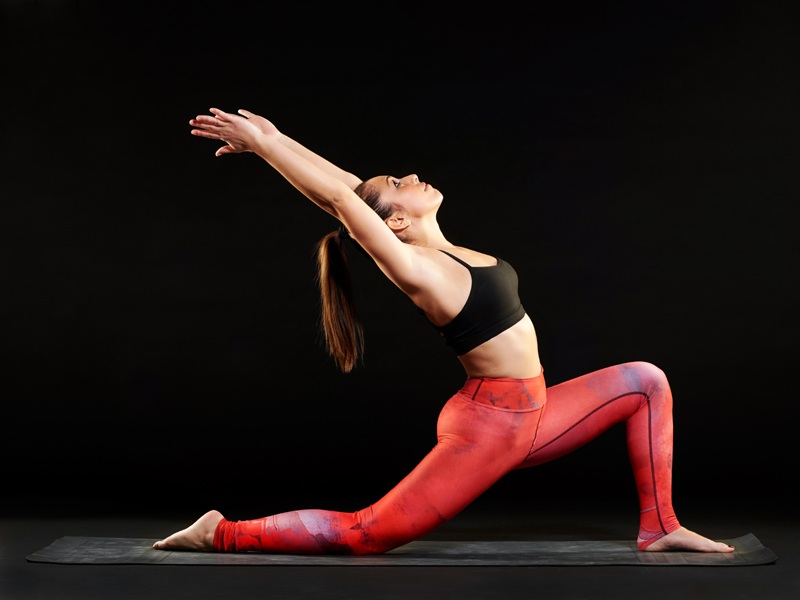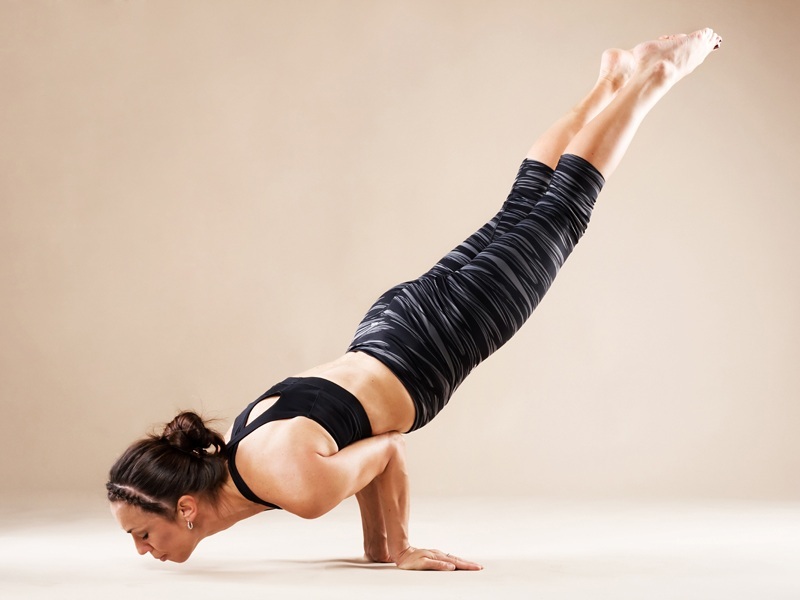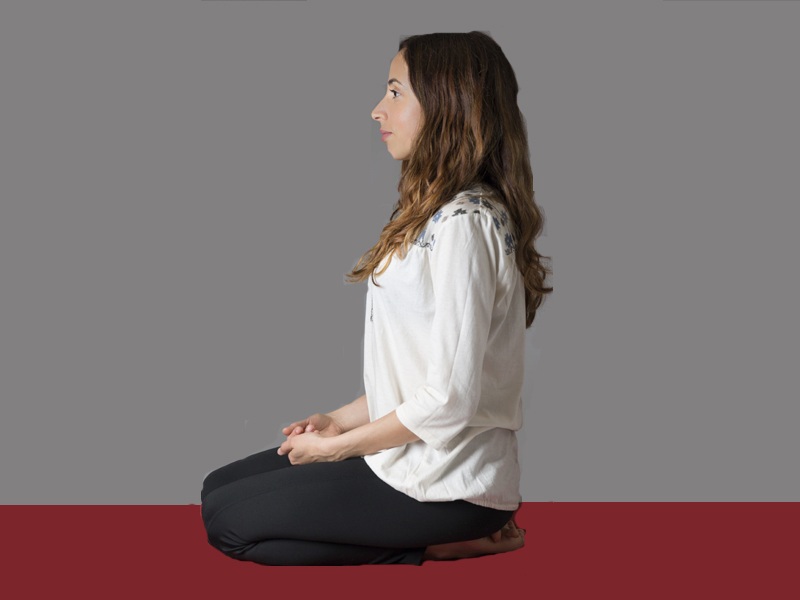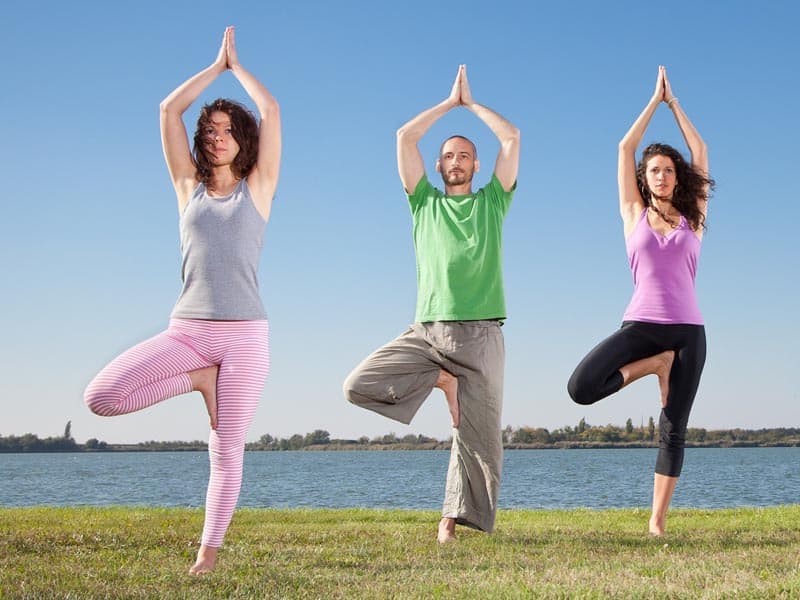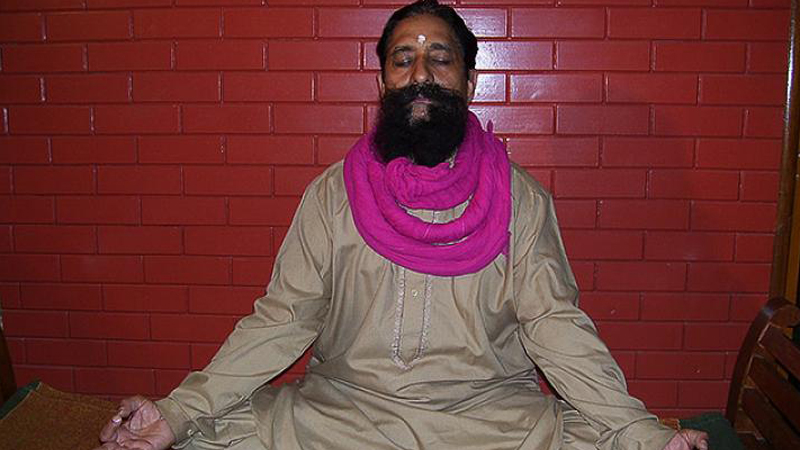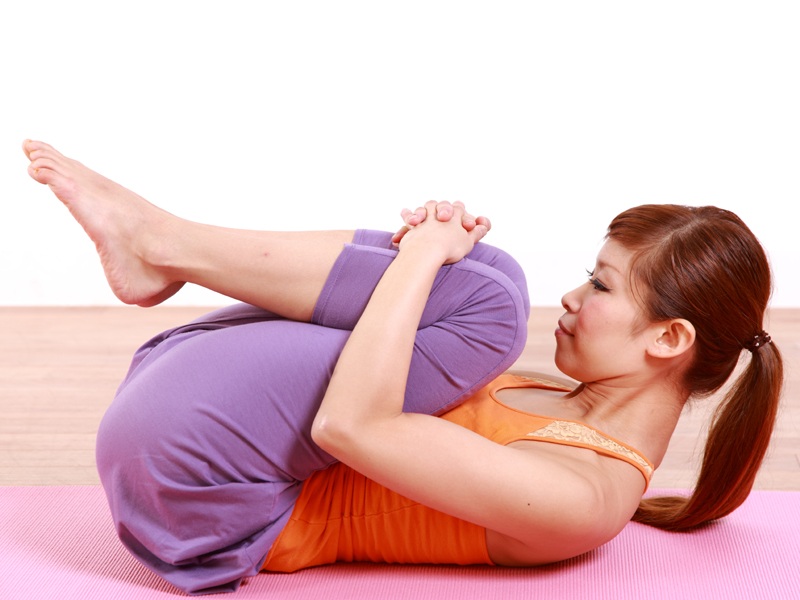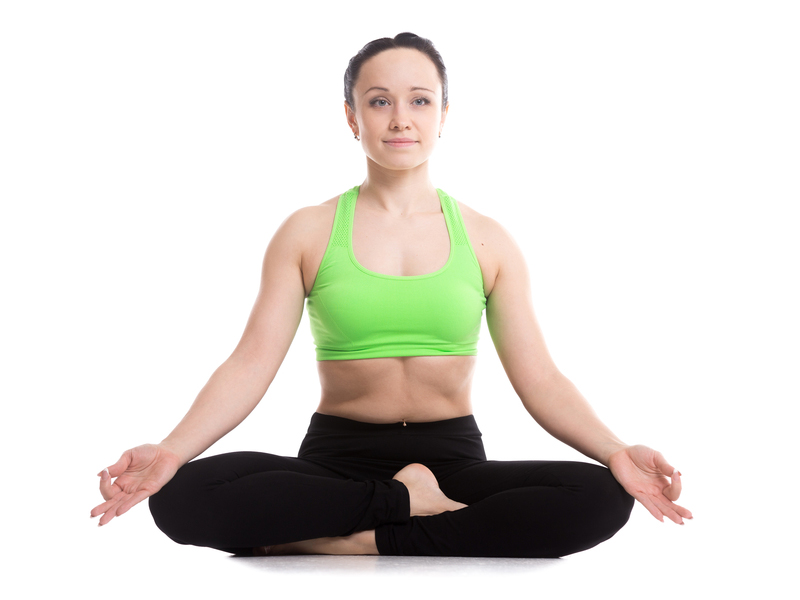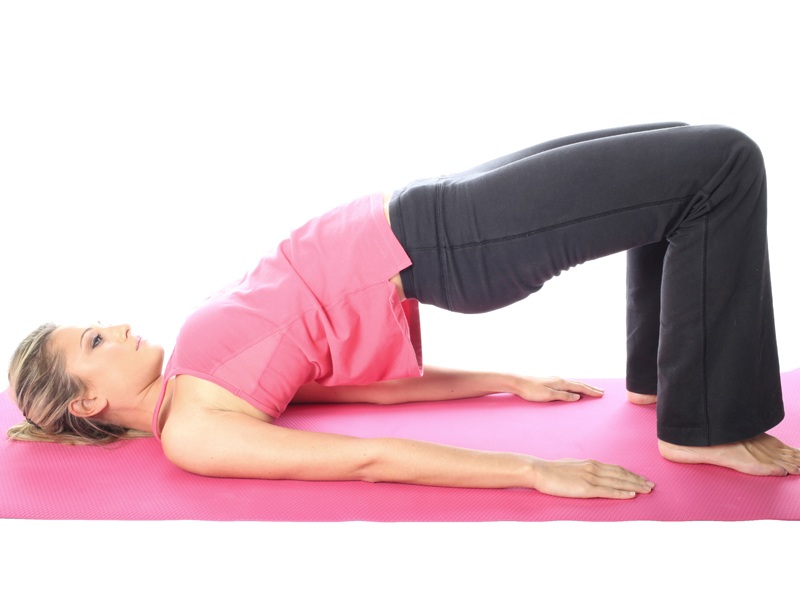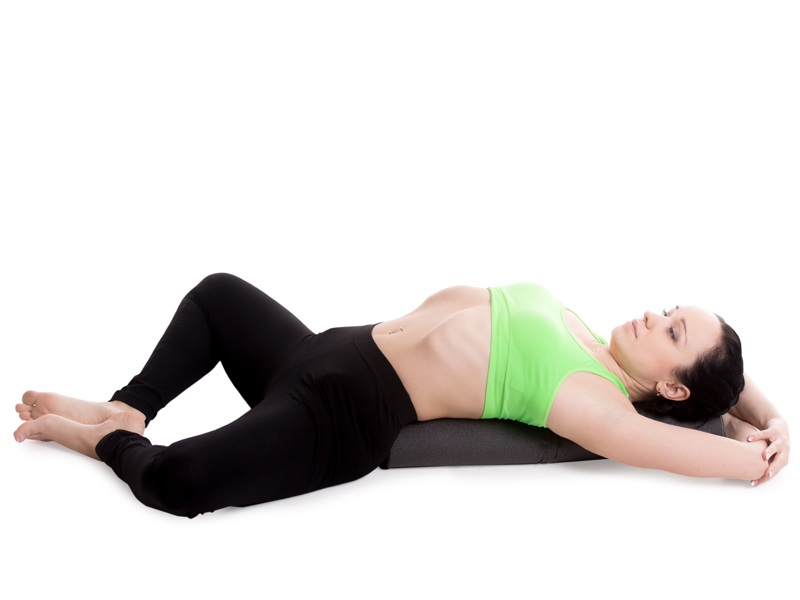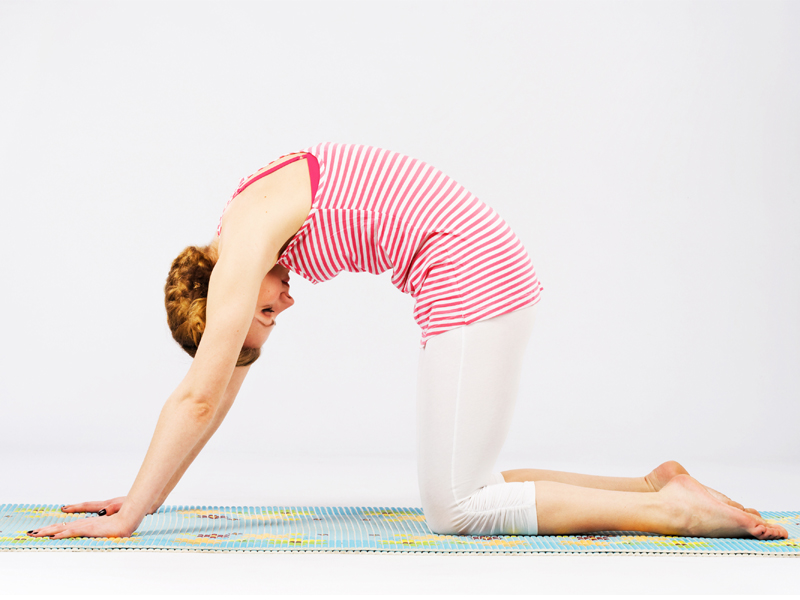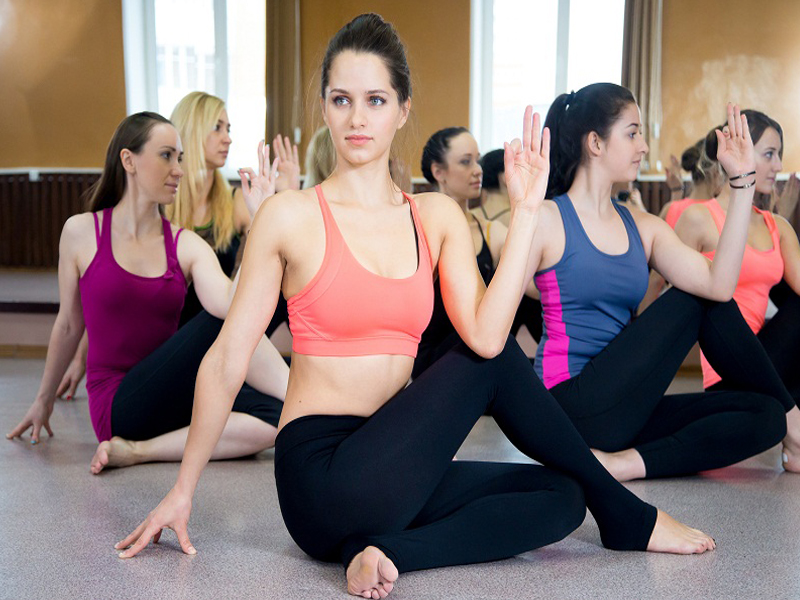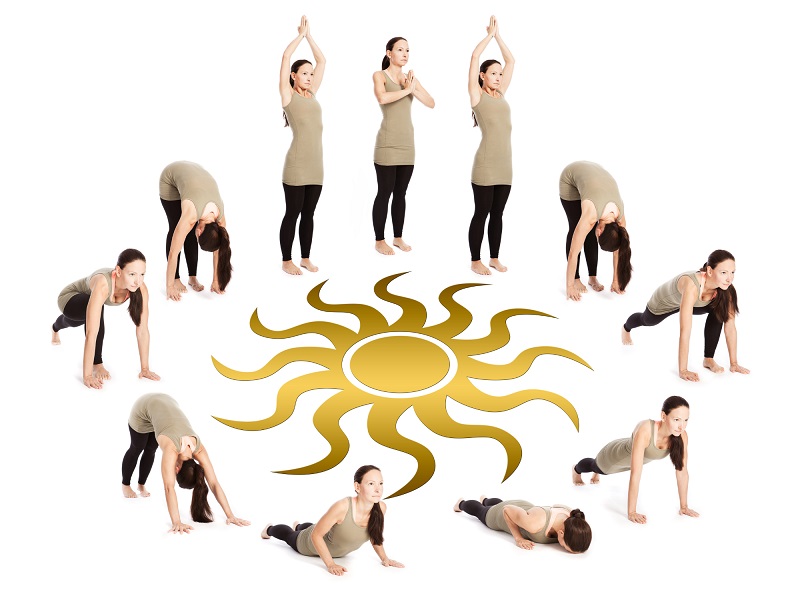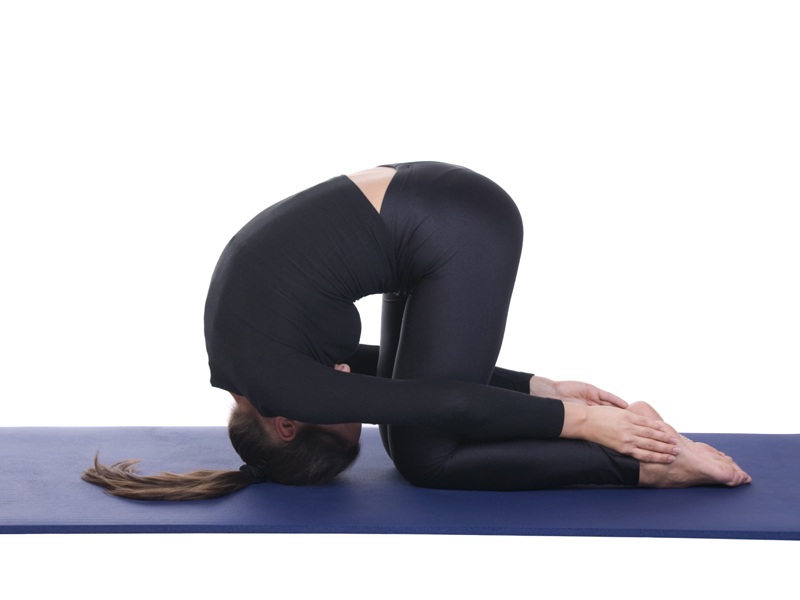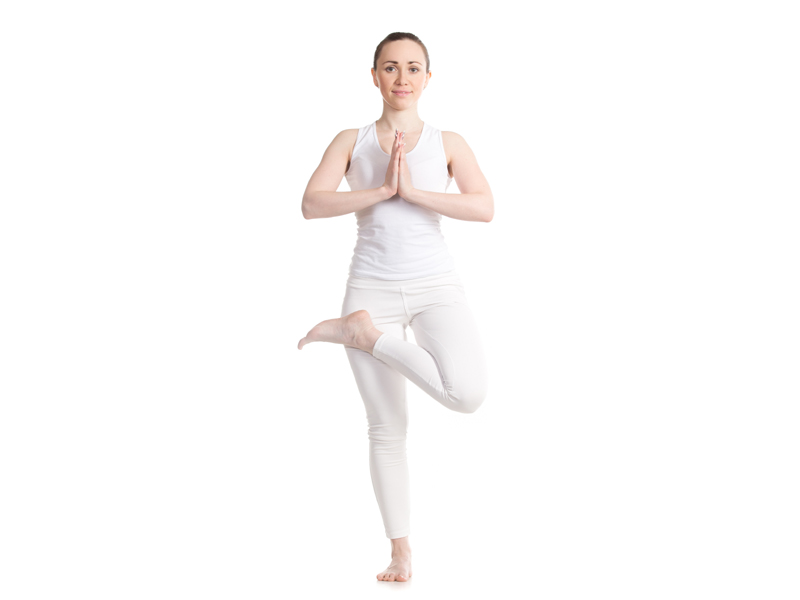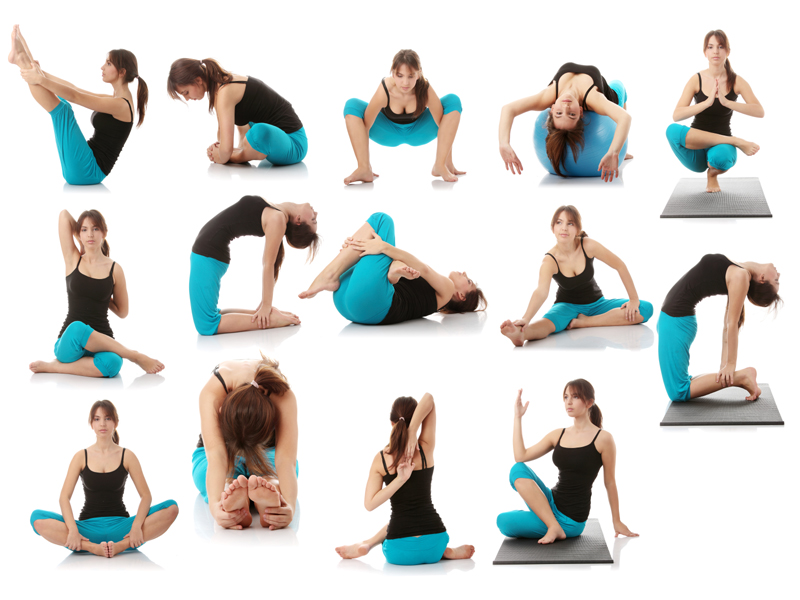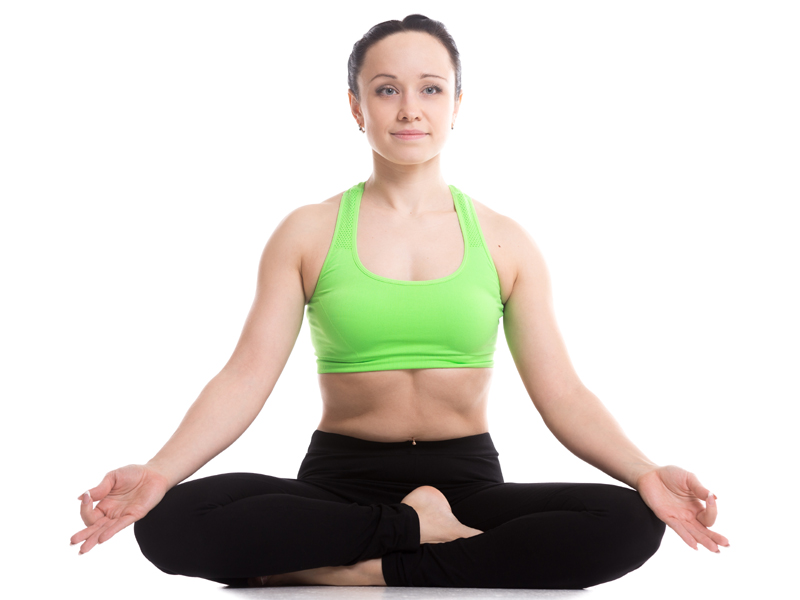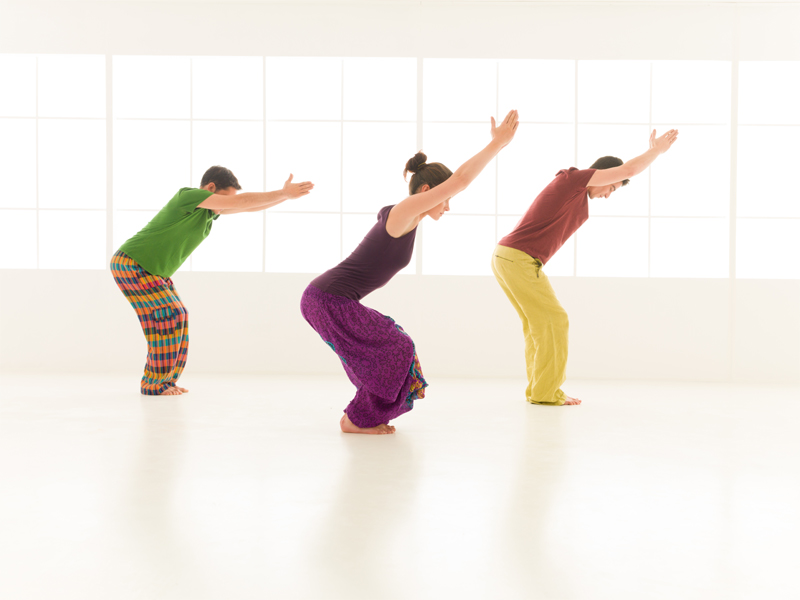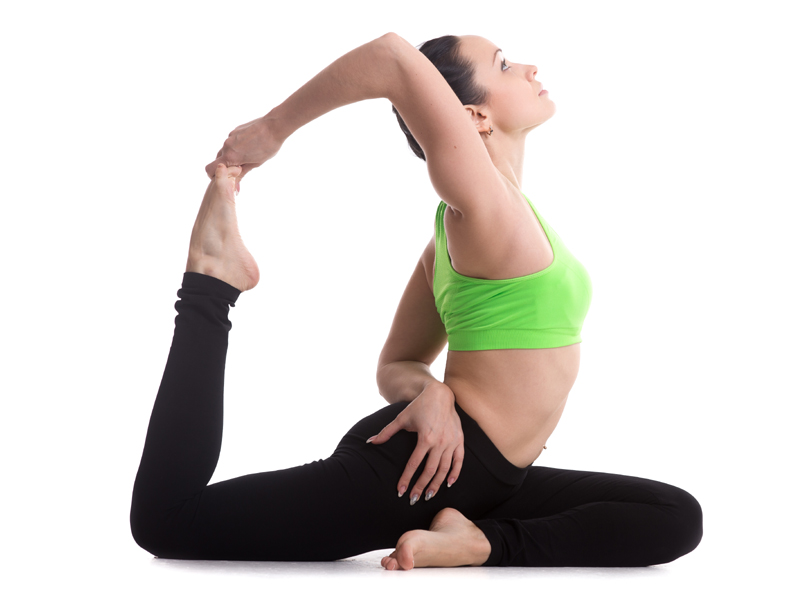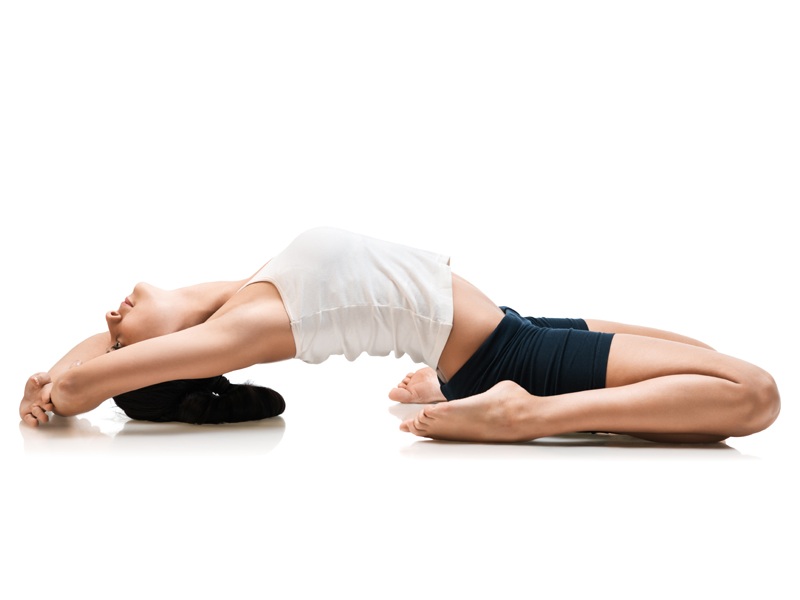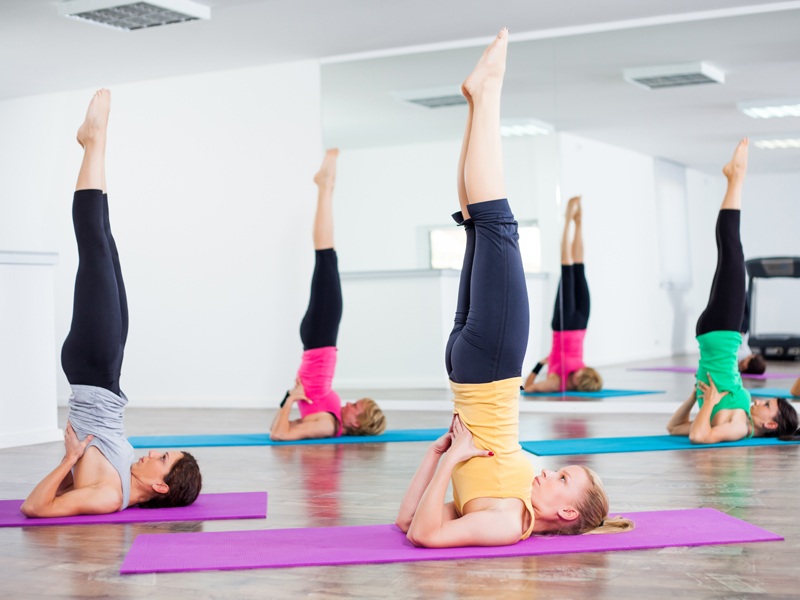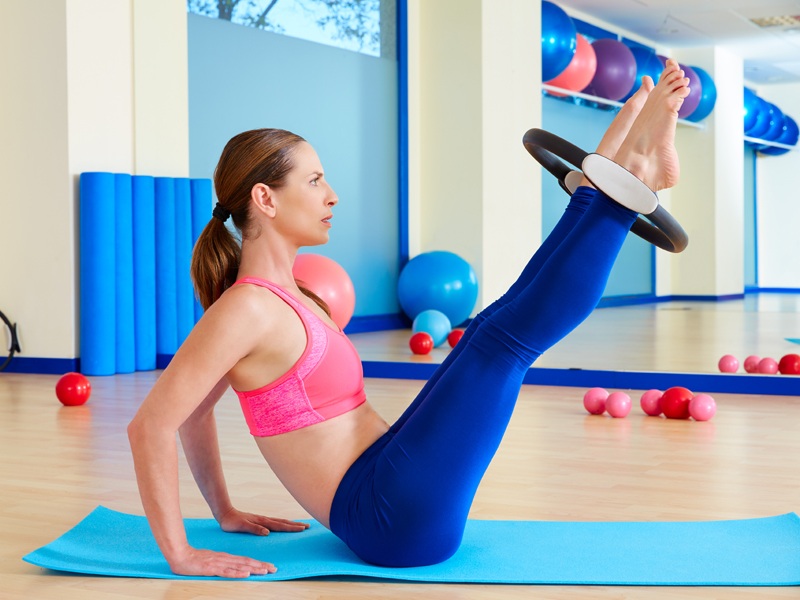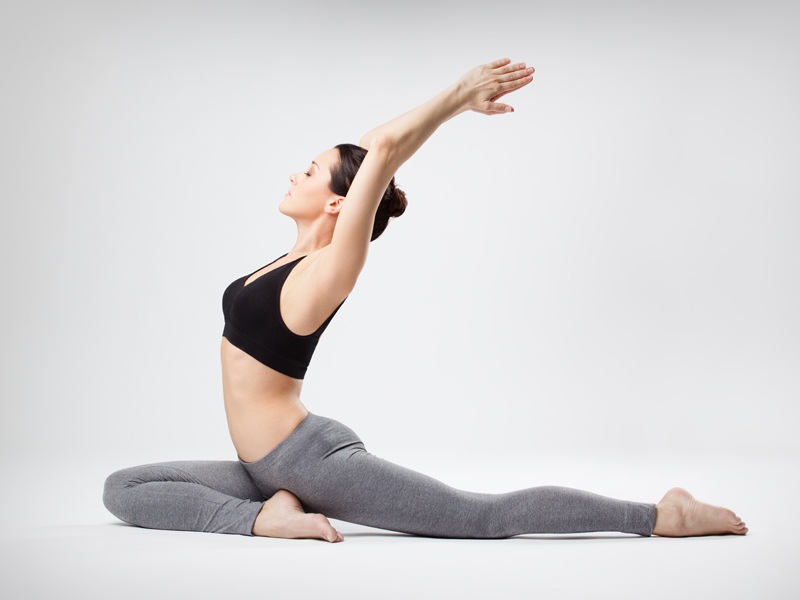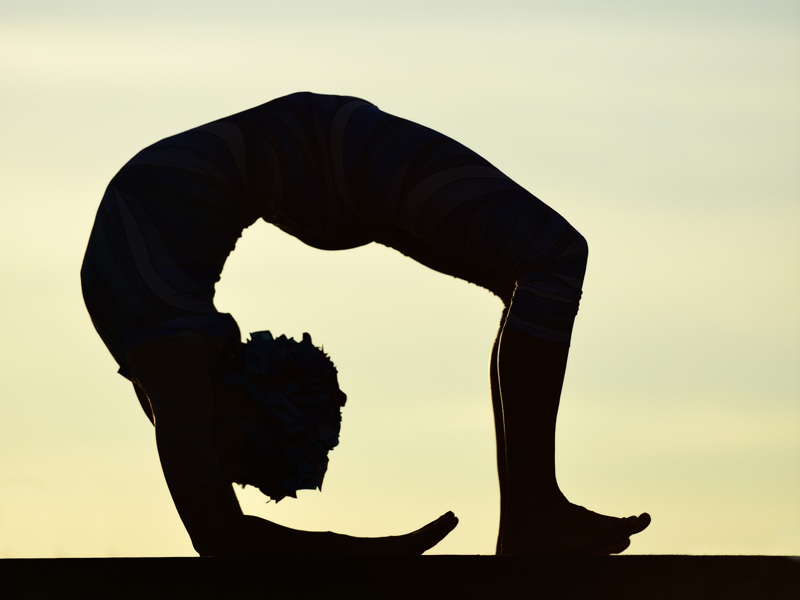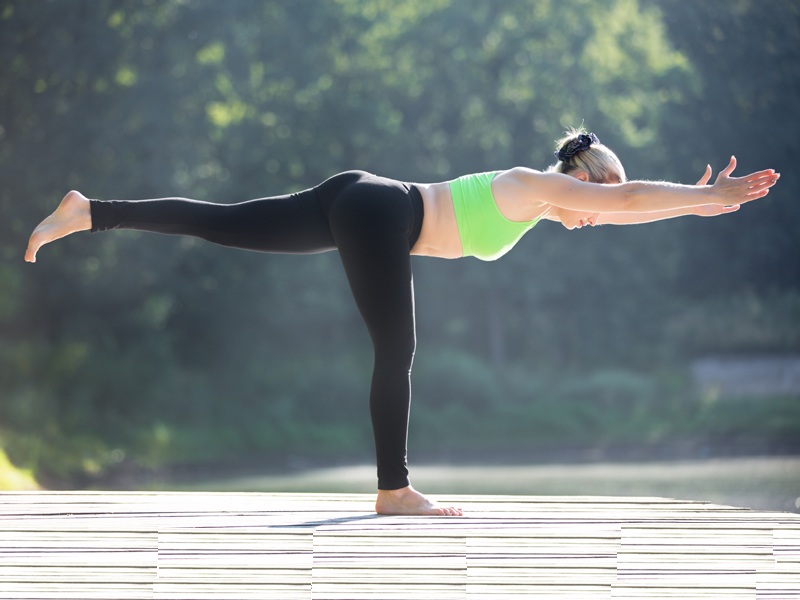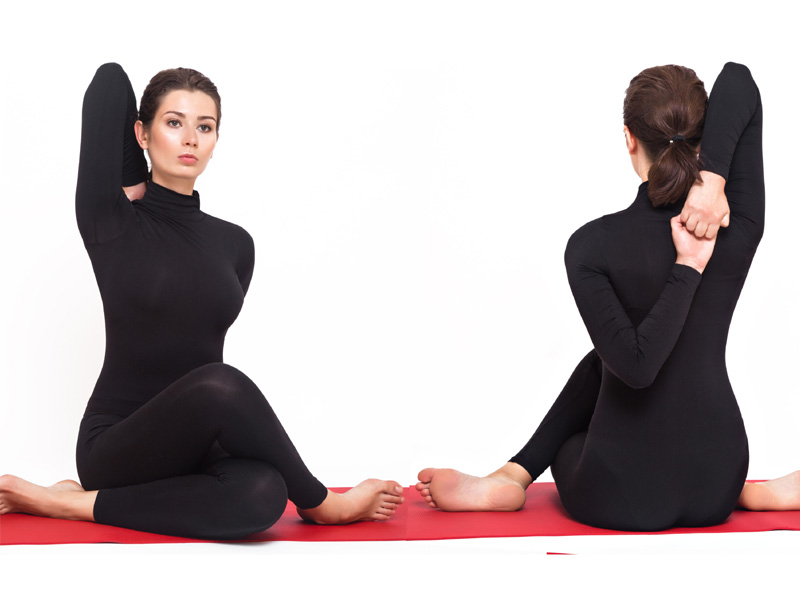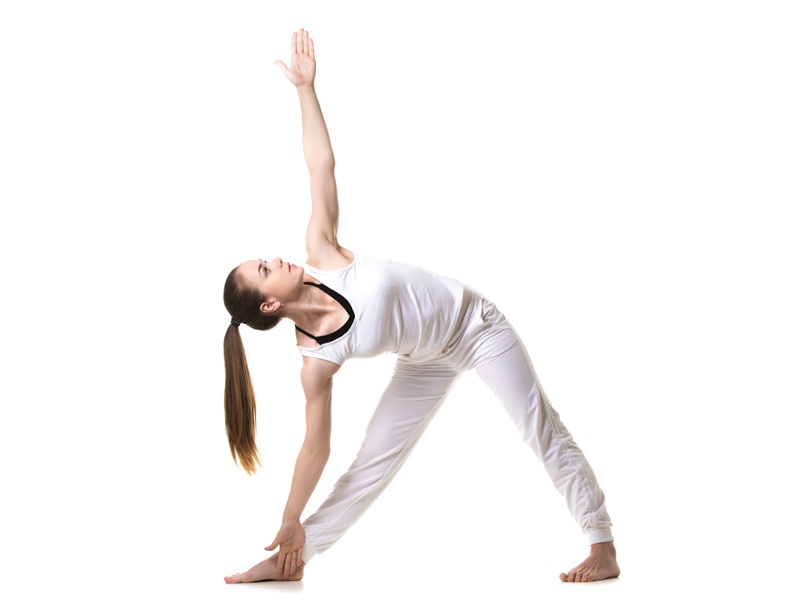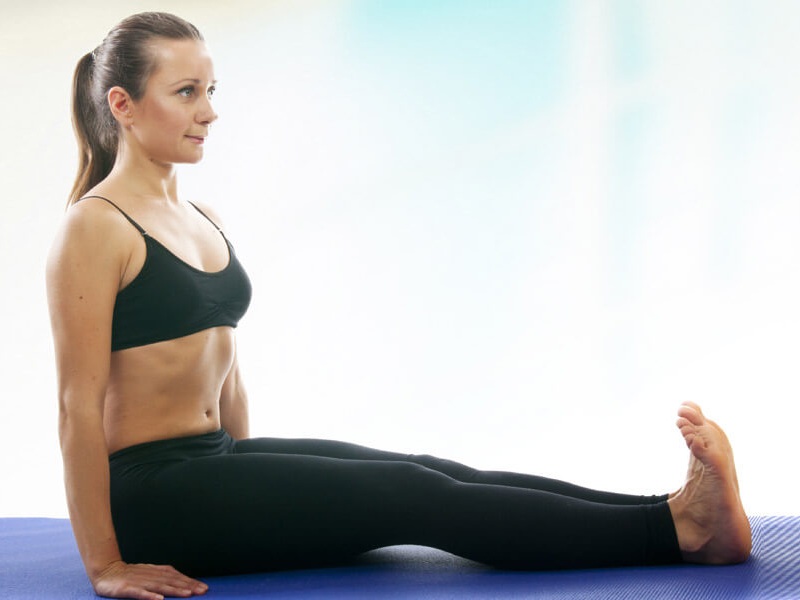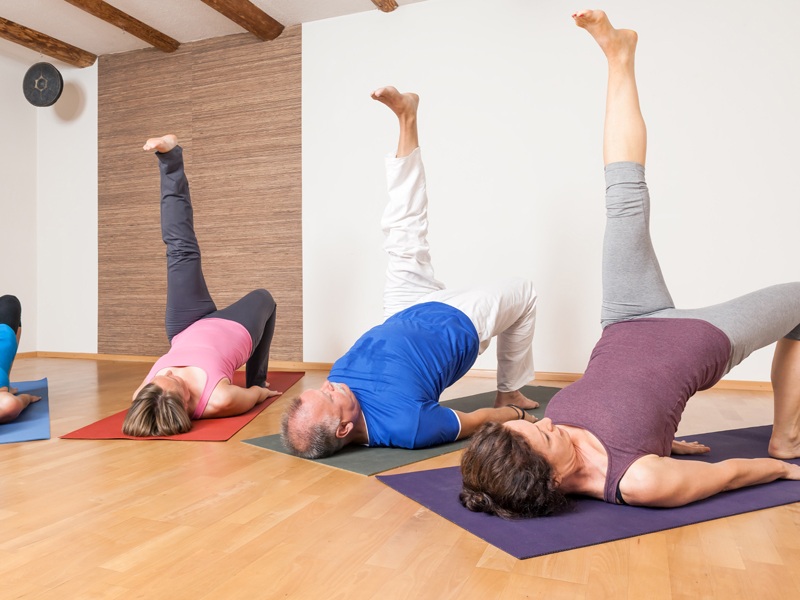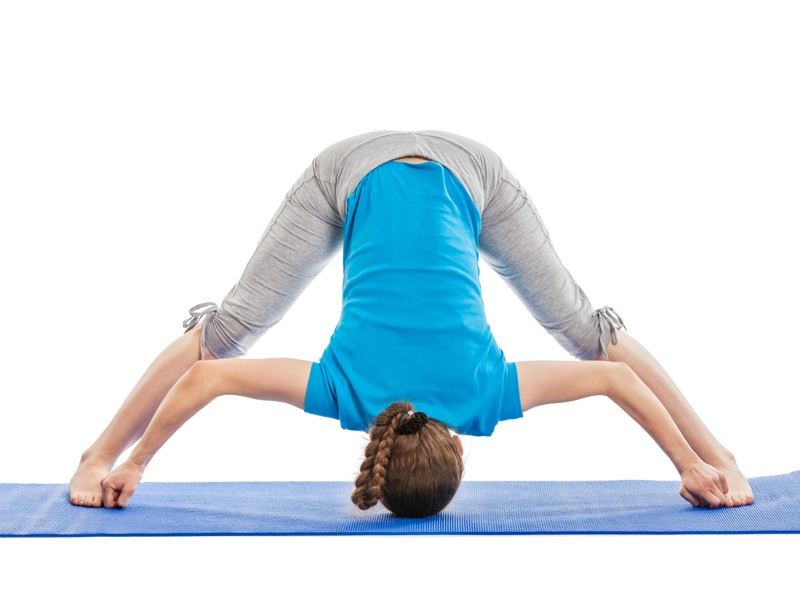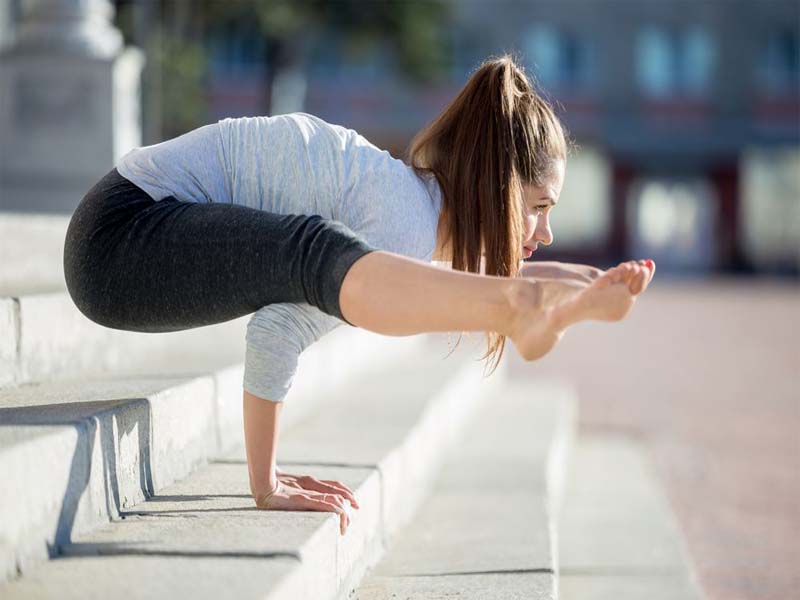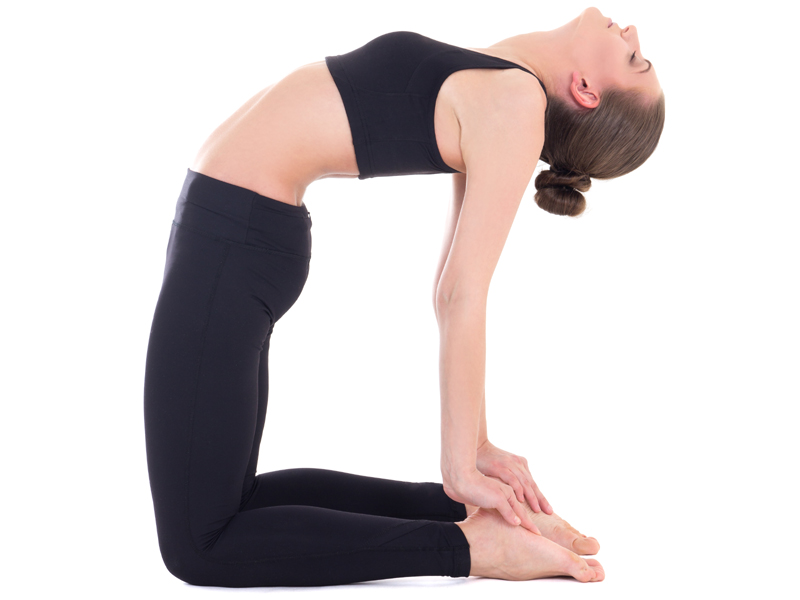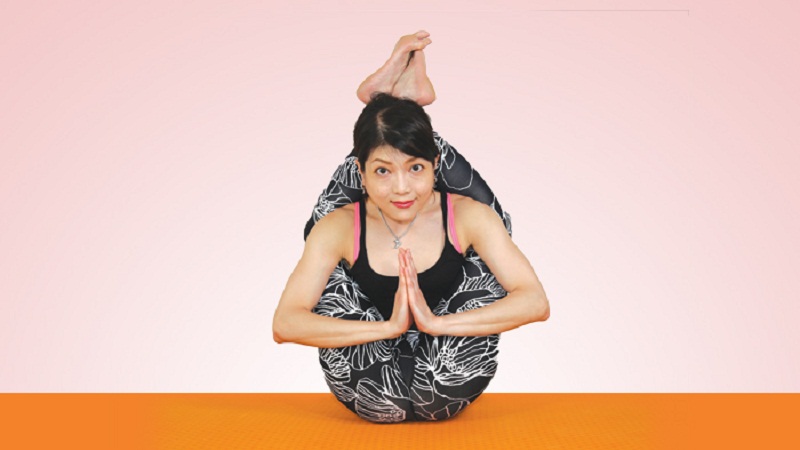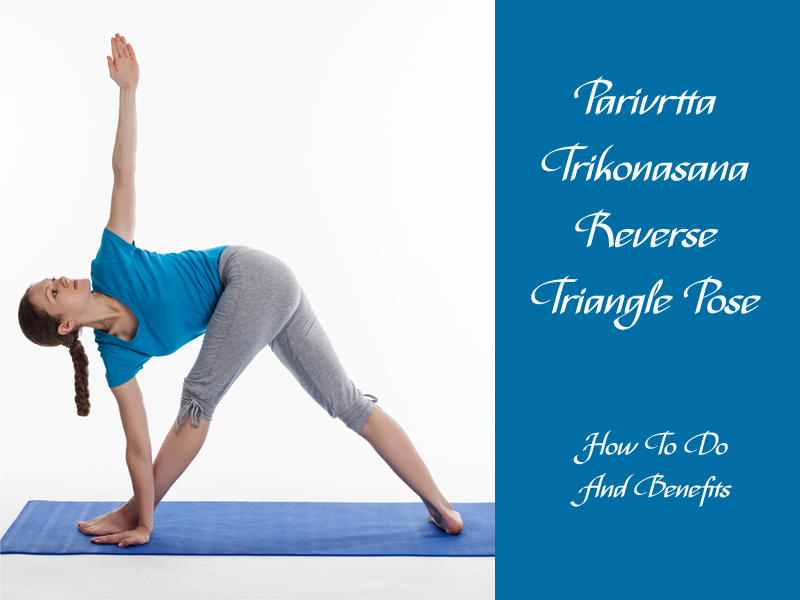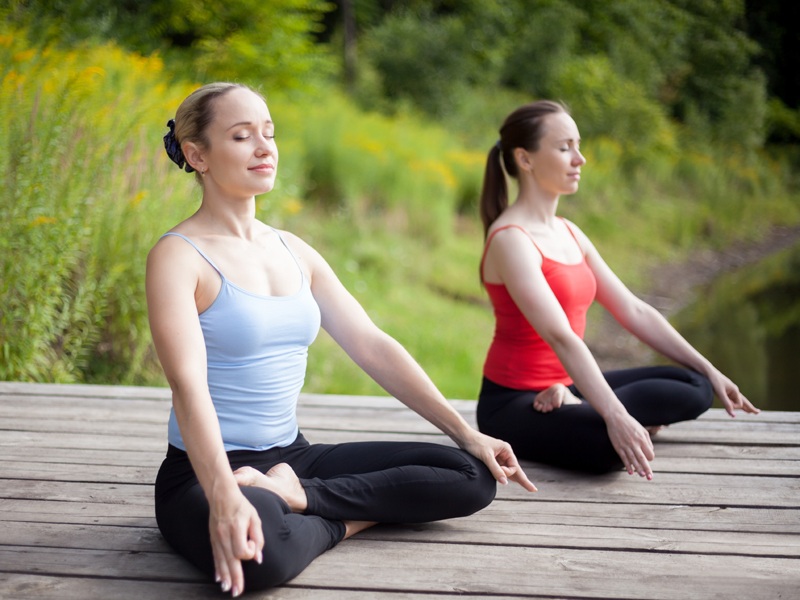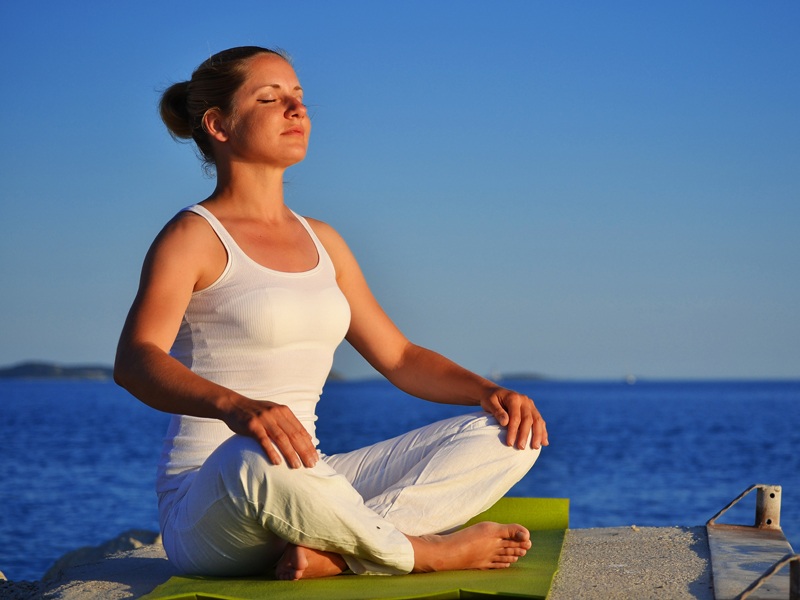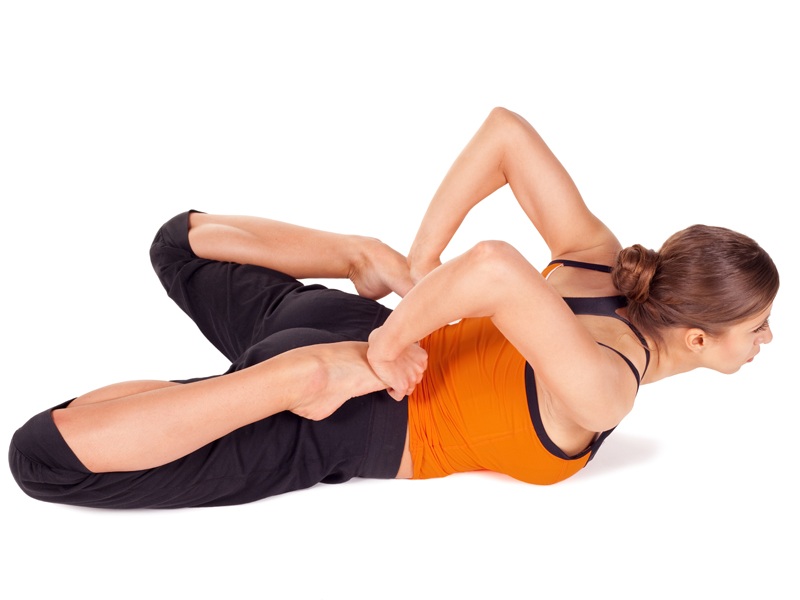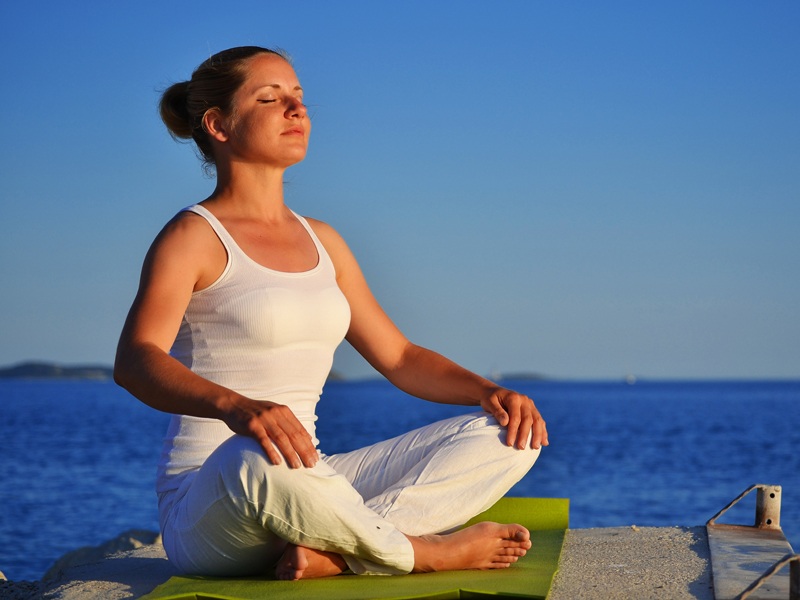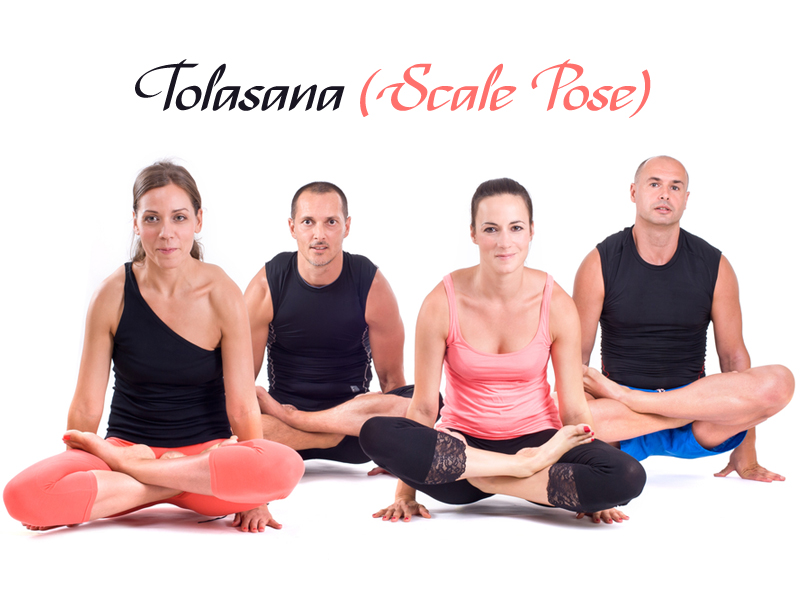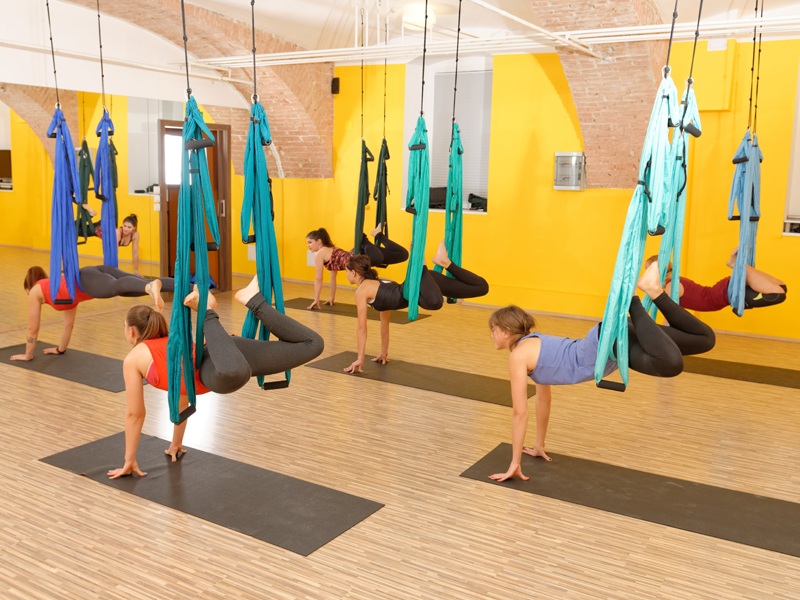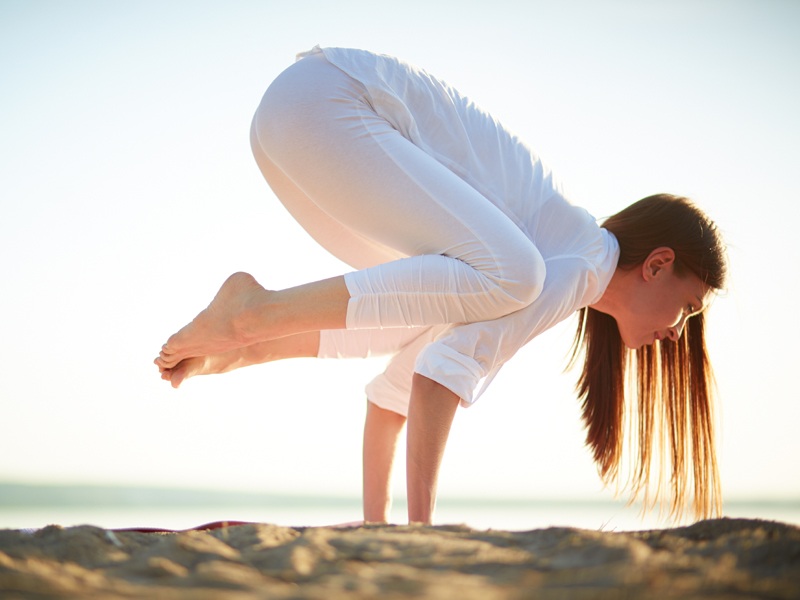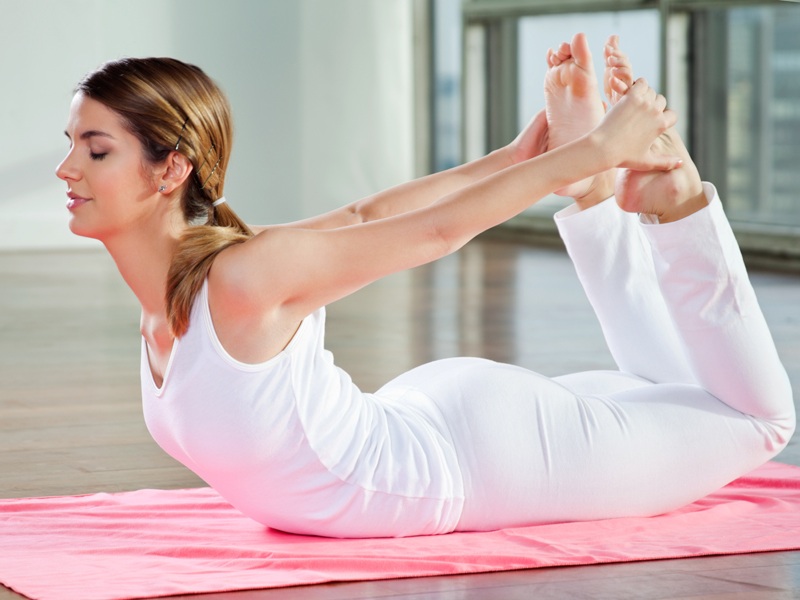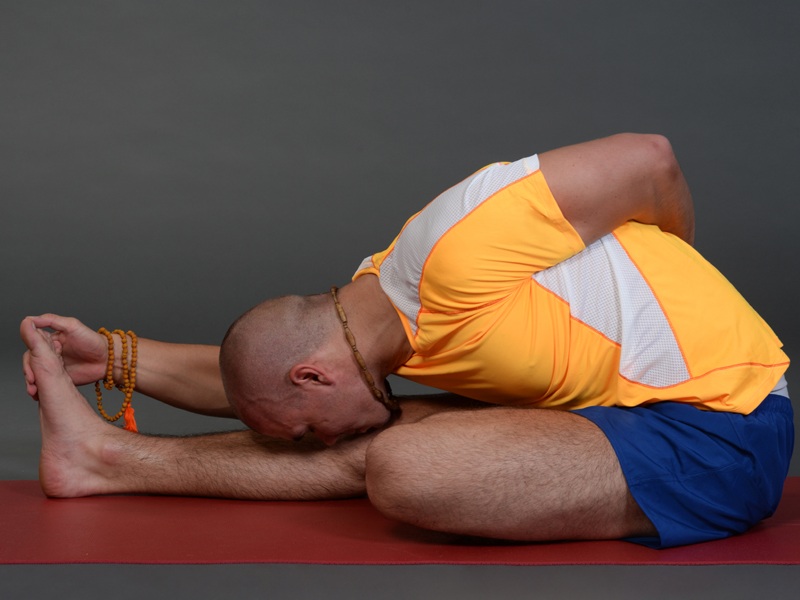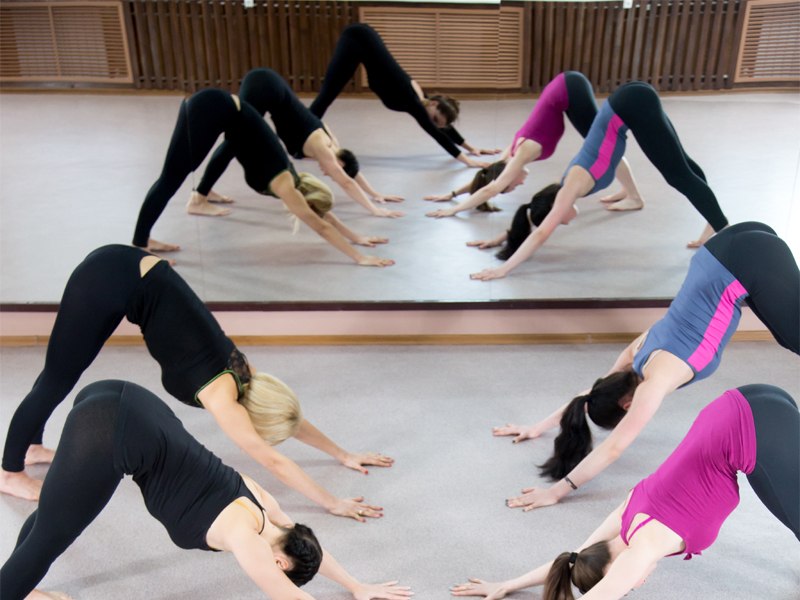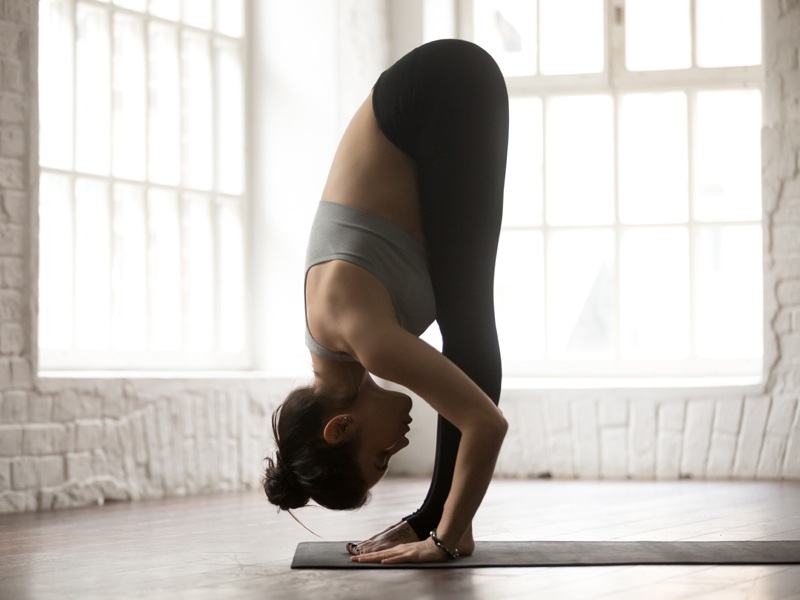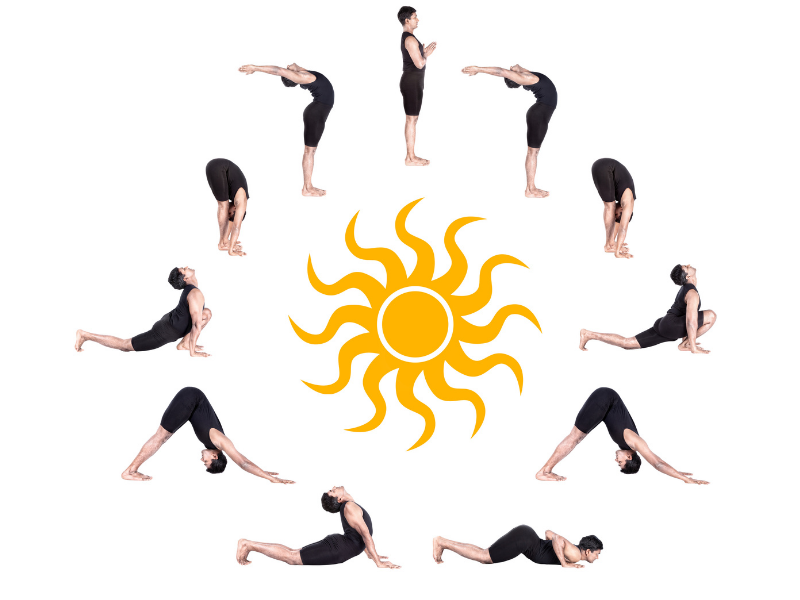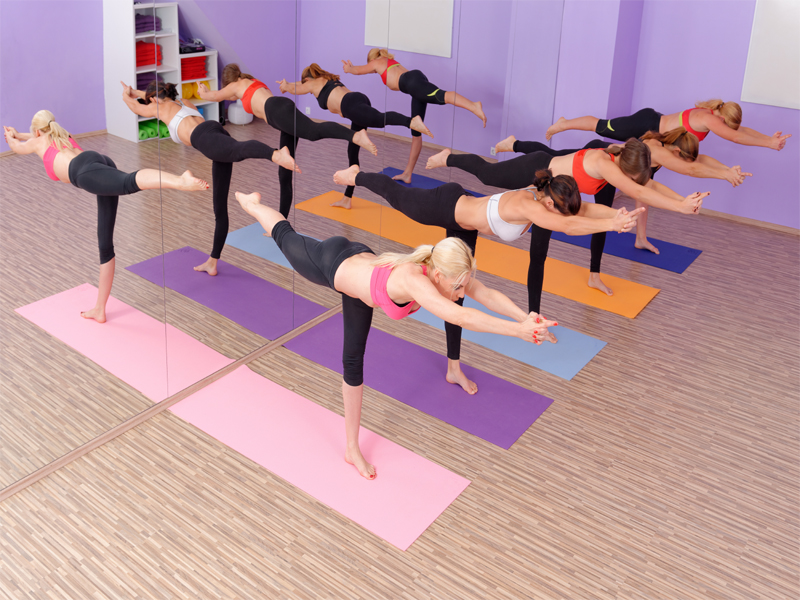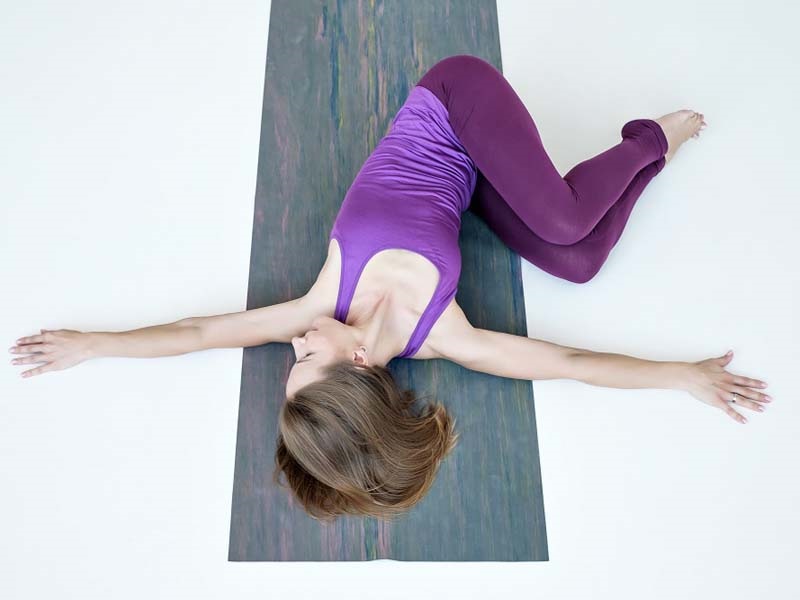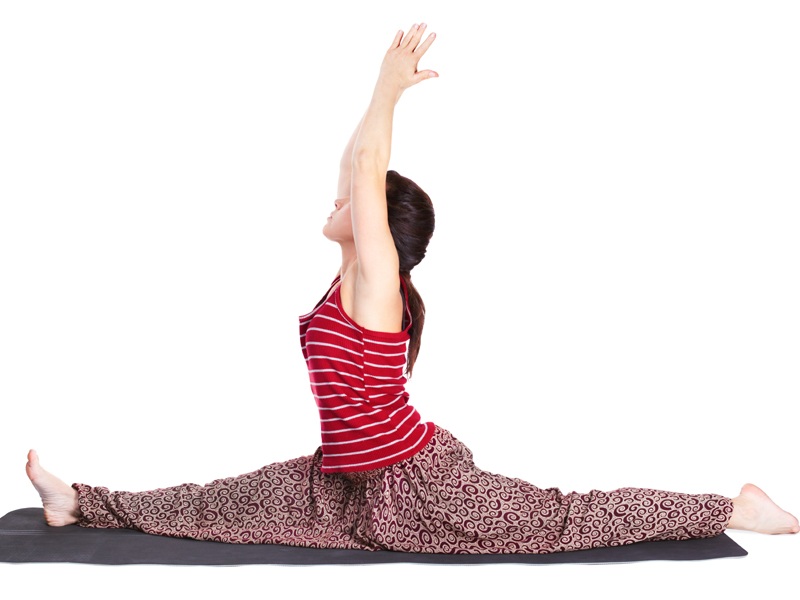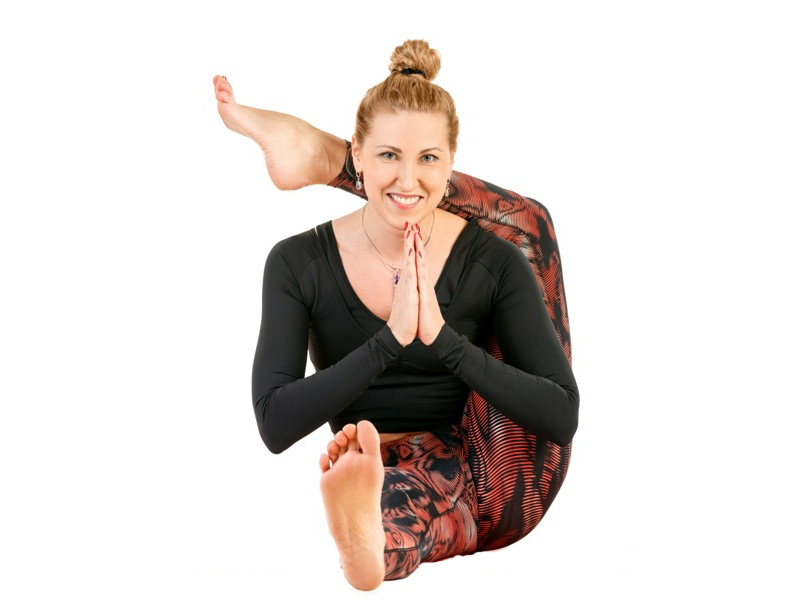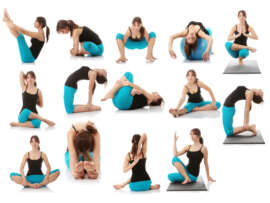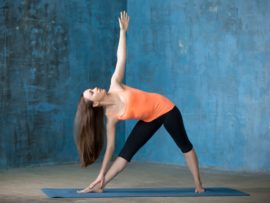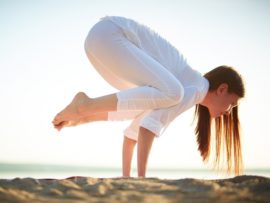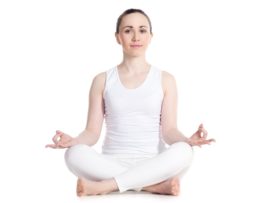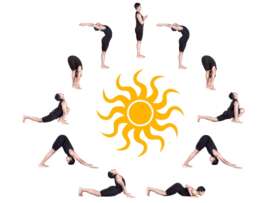Yoga is a low-impact and accessible exercise which has several benefits. But are there any poses in Yoga for thyroid issues? Yes! Several yoga asanas stimulate the blood flow in the thyroid glands, which can help reverse hypothyroidism and hyperthyroidism. The Thyroid is a small gland that secretes hormones that affect a person’s metabolism, growth and body temperature. This gland is in the throat and affects a child’s brain development.
When the Thyroid functions appropriately, it helps your body’s functioning. However, if there are issues with thyroid functioning, it can affect a person’s mental and physical health. In addition to taking medication, this article helps you explore how Yoga for the Thyroid can be helpful! Read on!
Can Yoga Cure Thyroid Problems?
Yoga has tremendous physical and mental health benefits, such as relieving stress, increasing flexibility, and balancing energy. In addition, certain Yoga poses are thought to balance either underactive or overactive thyroid glands because many believe there is a connection between hypothyroidism and stress (1). Therefore, yoga asanas are an effective natural remedy for thyroid disorders. The yoga asanas keep the thyroid glands healthy and regulate metabolism, though it might be an instant cure.
Yoga has several positive effects on improving thyroid function, per several studies (2). However, keep in mind that you cannot completely cure your thyroid function by practising these poses. Therefore, use these Yoga poses as a complementary therapy, which you can take in addition to your medications.
15 Best Yoga Asanas for Thyroid:
We have curated a list of some of the yoga asanas that are considered throat-stimulating. These asanas strengthen and stretch the neck and improve energy flow and circulation. Please review the list of asanas and try to incorporate them into your routine.
1. Suryanamaskara:
Suryanamaskara, or Sun salutation, is a sequence of yoga asanas performed in reverence to the sun. Practising these poses will help improve your body’s flexibility. Each posture in the cycle has different benefits, including the better functioning of thyroid glands. Here is the order in which Sun salutations are performed:
- Pranamasana (Prayer pose)
- Hastauttanasana (Raised arms pose)
- Hastapadasana (Standing forward bend)
- Ashwa Sanchalanasana (Equestrian pose)
- Dandasana (Stick pose)
- Ashtanga Namaskara (Salute with eight parts)
- Bhujangasana (Cobra pose)
- Adho Mukha Svanasana (Downward facing dog pose)
- Ashwa Sanchalanasana (Equestrian pose)
- Hastapadasana (Standing forward bend)
- Hastauttanasana (Raised arms pose)
- Tadasana (Mountain Pose)
2. Salabhasana (Loctus Pose):
Salabhasana is a yoga pose that can stimulate thyroid glands and digestive organs by activating the thyroid glands and stretching your neck. This pose can balance thyroxine, which is essential for the reproductive system’s efficient functioning.
How to do:
- Place your chin on the floor after you lie on your stomach.
- Place your arms under your belly.
- Place the hands under your thigh, palms facing towards the ground.
- Press the palms against the mat as you breathe in.
- Raise your legs as high as you feel comfortable while keeping the legs straight.
- Return to the initial starting position as you breathe out.
3. Ardha Chakrasana (Half Wheel Pose):
Ardha Chakrasana is one of the yoga asanas for thyroid imbalances. This asana helps control the hormones by stimulating your Thyroid and pituitary glands. In addition, this asana helps reduce stress and depression, infusing new energy into your body.
How to do:
- Stand straight on the ground or on a mat in a tadasana position.
- Place your palms, so your hands support the waist while your fingers face forward.
- Try to bend backwards with the support of your waistline as much as your body allows.
- Maintain your posture without losing your balance while breathing normally.
- Slowly return to the initial position as you exhale.
- Feel the changes in the stretched area and breathing.
- Depending on your capacity, you can practice this pose three to five times.
4. Padahastasana (Hand to Foot Pose):
Padahastasana, or hand-to-foot pose, provides maximum health benefits when you do it properly. Practising this pose reduces stress, which in turn results in the reduction of thyroid levels.
How to do:
- Stand erect with a two-inch space between your feet.
- Bring your arms up and simultaneously inhale slowly.
- Stretch your body from the waist, bend forward until your palms touch the ground, and exhale.
- As you stretch your back, keep it as straight as possible.
- Remain in this position for 10 to 30 seconds and breathe normally.
- Come up upright and stretch your arms above your head as you inhale.
- Finally, come back to the starting position and exhale slowly.
5. Vakrasana (Half Spinal Twist Pose):
Stress and fatigue are common issues people face, which can result in thyroid issues. Vakrasana is one of the Yoga poses for thyroid problems by reducing fatigue and stress.
How to do:
- Keep your legs extended forward as you sit on the mat or the floor, and keep your hands on the side of your body.
- Fold your right leg from the knee, then place your right foot near the left knee on the ground.
- Place your right hand away from your spine on the right hip’s back.
- Now place your left hand on the right knee’s opposite side.
- Now, look behind and look up as you turn your back.
- Breathe normally as you maintain this pose. Then, straighten your neck and head while releasing your legs and hands as you return to the original position.
- Now, try the same steps with the other leg.
6. Navasana (Boat Pose):
Navasana or boat pose can be helpful Yoga pose for thyroid patients because it positively affects the thyroid glands because of the position of your neck. This pose can benefit the Thyroid by stimulating the throat and is also suitable for core strength.
How to do:
- Sit down on the floor with the legs placed in the front and put hands on either side of the legs, palms facing down.
- Slowly keep the back straight, bending the knees, lift your feet off the floor, chin tucked in as you slowly lean back while keeping the core strong.
- Point your feet so your body will make a V-shape as you extend the legs.
- Raise your arms in line with your shoulders with your fingers extended and palms facing each other.
- Breathe deeply throughout the entire process.
- Before releasing, slowly bring your arms and legs, dropping your head and hugging the legs.
7. Parivrtta Trikonasana (Revolved Triangle Pose):
Parivrtta trikonasana, or the revolved triangle pose, targets the lower back, releasing tension and reducing anxiety. This pose also makes you feel good by releasing happy hormones and reducing internal stress.
How to do:
- Stand in the mountain pose, then extend your arms, palms facing down parallel to the ground and move your feet to have four feet apart.
- Bend your body at the hip extending towards the right leg while exhaling.
- Gently grab your ankle or big toe as you reach your right foot with your left arm. At the same time, keep your free hand on your hips.
- Turn your head and look up towards the ceiling with your shoulders aligned.
- Hold this position as long as possible before returning to the initial pose. Then, you can repeat the same steps with your opposite leg.
8. Sarvangasana (Supported Shoulder Pose):
Sarvangasana, also called the Queen of Asanas, regulates metabolism by revitalizing blood flow to the glands in the upper body. Moreover, the thyroid functions in the human body are beneficial when the chin is tucked into your chest, making it an ideal pose for improved thyroid health.
How to do:
- Lie down on your back, and to support your shoulders, you can place a blanket or a folded towel.
- While resting your head on the mat, bring the shoulders to the towel’s edge.
- Place the arms and palms facing down on either side of the body.
- Press your back and arms onto the floor firmly while you lift the legs at a right angle while you breathe in.
- Now push the legs up, pushing them up to the shoulders as you breathe out.
- Support your hips by pushing your hands into the lower back.
- Keep your core strong by keeping the stomach filled in.
- From the shoulders, hold the legs and body in a straight line.
- Take deep breaths as you keep the chin tucked into your chest. Then, keep your engaged while you lower your legs back down.
9. Dhanurasana (Bow Pose):
Dhanurasana, or the bow pose, helps control metabolism, which compels your body to produce the right amount of thyroid hormone by massaging the thyroid glands. Therefore, dhanurasana can be an effective treatment for hypothyroidism.
How to do:
- Sleep on the floor facing downwards.
- Bend your knees and hold your toes with your hands as you exhale.
- Now slowly lift your head, chest and thighs as high as possible.
- Join the ankles and maintain a lower body weight to the lower stomach.
10. Halasana (Plow Pose):
Plow pose or Halasana relaxes, stretches and strengthens your body and is an inverted yoga asana. The plow pose is also considered a thyroid treatment in Yoga because it stimulates the pituitary and thyroid glands by stretching the neck. However, since this asana might help your body release thyroid hormones, individuals with hyperthyroidism shouldn’t perform this pose.
How to do:
- Lie on the floor on your back while pressing your palms into the floor next to your body.
- Lift your legs to 90 90-degree angle as you inhale.
- Roll your pelvis off the floor and move your legs towards your head as you exhale.
- Now, slowly lower your legs towards the floor over your head.
- For support, position your hands on your lower back.
- Point all the other fingers towards the ceiling while aligning the pinky fingers on either side of your spine.
- Elevate your spine by walking your hands up your spine.
- Next, draw in your elbows and shoulder blades as close as possible.
- If your toes reach the floor, you can interlace your fingers after you release your arms alongside your body.
- Remain in this position for about two minutes.
- Release your hands with palms down alongside your body when you want to release.
- Slowly roll your spine to the floor as you exhale.
- Get your legs extended to 90 degrees and pause as you do so.
- Bend your knees and keep your feet on the floor as you exhale.
11. Setu Bandha Sarvangasana (Bridge Pose):
Sethu bandha sarvangasana, or bridge pose, is a perfect yoga for the thyroid gland and improves health. This pose encourages blood circulation in the thyroid glands by stretching the neck.
How to do:
- Lie down on the mat with your back towards the floor.
- Draw your feet towards their hips inwards.
- Ensure to keep your knees, feet and hips in line.
- Press the palms onto the bottom with the arms on the sides.
- Lift your hips upward, similar to a string pulling your hips.
- You can put the palms on the lower back for support if challenging.
- Breathe deeply as you tuck the chin into your chest.
- To come out of this position, slowly lower the hips.
12. Bhujangasana (Cobra Pose):
Bhujangasana, or cobra pose, is one of the best Yoga poses for thyroid control because it stretches the neck and throat. This pose helps stimulate thyroid functioning by increasing blood circulation, which can be very helpful for people suffering from hypothyroidism.
How to do:
- Lie down on the floor with your stomach facing the floor.
- Place the palms under the shoulders on the mat.
- Press your palms onto the mat and squeeze your elbows into their sides.
- Lift your head until your back is arched and the chest lifts off the mat.
- You can drop the head back towards the bottom if you feel uncomfortable.
- Slowly lower your head back and chest down onto the mat.
13. Matsyasana (Fish Pose):
Matsyasana, or fish pose, is one of the best poses to reverse hypothyroidism’s effects when looking for yoga poses to improve thyroid health. This pose stimulates the thyroid glands, stretching the neck and throat. It also benefits people suffering from hypothyroidism by increasing blood flow in the thyroid glands.
How to do:
- Lie down on the mat with the back facing the floor with hands alongside the body and feet together.
- Keep your palms facing down and keep your hands underneath the hips. Ensure your elbows are close to each other.
- Lift your chest and head up as you breathe in.
- Lower your head backwards while touching the head’s top area to the floor while keeping your chest elevated.
- Press down your elbows on the ground firmly while placing your weight on the elbow with your head touching the floor lightly.
- Lift your chest from the middle of the shoulder blades and keep your legs and thighs pressed to the floor.
- Remain in this position as long as possible while breathing in and out gently.
- Now, lower your head and chest onto the floor while lifting your head upwards. Bring your hands to the sides of your body while you relax.
14. Simhasana (Lion Pose):
Lion pose, or the Simhasana, is one of the best Yoga poses for the Thyroid while invoking light-hearted playfulness, though the pose might look silly. This pose can be beneficial in reducing stress and thyroid glands, strengthening your voice, and reducing neck and face wrinkles.
How to do:
- Sit on your heels as you begin in the kneeling position.
- Sit up tall as you slowly bring the palms to your knees while inhaling through your nose.
- Slowly inhale through your nose.
- Make a long and audible solid sigh as you exhale through your mouth, spread your fingers wide, lean forward with a straight back, and put your tongue forward towards your chin. Then, look up as you open your eyes wide.
- Close your mouth at the end of your outward breath. Then, sit back up for a long slow inward breath while you relax your eyes, hands and face.
- Repeat this pose up to eight times.
15. Pranayama:
Pranayama for Thyroid is one of the best breathing exercises for the Thyroid because it is an easy and effective solution. In addition, performing pranayama improves your blood sugar. It reduces adrenal stress, thereby ensuring the better functioning of your thyroid glands. Pranayama also impacts an underactive thyroid by helping cleanse your blood.
-
Ujjayi Pranayama for Thyroid:
How to do:
-
- Constrict your throat while you keep your mouth closed.
- Start inhalation after you make a short exhalation – make it look like an unbroken inspiration, slowly and rhythmically.
- Create a friction sound by allowing the air to pass through the constricted throat.
- Continue the inhalation process until your chest feels a sense of fullness.
- Try to retain the inhaled air for as long as possible.
- Make sure you keep your neck, head and spine erect. Also, ensure no constriction in your nose and keep your facial muscles relaxed.
- Keep your breaths slow and rhythmic as you exhale.
- Now relax and take a few normal breaths.
-
Kapalabhati:
How to do:
-
- Keep your spine erect as you are comfortable. Place your hands on the knees with palms facing the roof.
- Take a deep breath, and pull your navel towards the spine backwards as you exhale. Keep in mind that you must do as much as you can.
- You can feel the abdominal muscles contract by keeping your right hand on the stomach.
- The breath flows into your lungs automatically as you relax the abdomen and navel.
- To complete one round of Kapalbhati, you must take 20 such breaths.
- You can relax with your eyes closed and observe the sensations once you complete the round.
-
Bhramari Pranayama:
How to do:
-
- Choose a well-ventilated corner and sit up straight with your eyes closed and a smile on your face.
- Observe the quietness and sensations within your body as you keep your eyes closed.
- Place your index finger on the cartilage between your ear and the cheek.
- Press on the cartilage as you take a deep breath in and out, making a bee-like humming sound.
- Try to make high-pitched noise for better results, though you can also make a low-pitched sound.
- Continue the same pattern 3 to 4 times as you breathe in again.
Yoga poses are a perfect addition to our daily routine, offering several health benefits. However, the poses mentioned in this article are asanas in Yoga for Thyroid, which can help improve the functioning of Thyroid gland. Though Yoga can be helpful, know your body’s limitations and be easy with yourself. You can modify the poses depending on your needs and flexibility. Try to include one or two poses in a day and then slowly increase the pace. Don’t forget to let us know if you found the article helpful!
FAQ:
1. Which test helps diagnose the levels of Thyroid in your body?
Getting tested with the Thyroid Stimulating Hormone (TSH) blood test is necessary to determine the thyroid levels and diagnose hypo or hyperthyroidism.
2. Is it possible to reverse hypothyroidism?
Yes! You can have normal thyroid functioning by treating all thyroid conditions. Taking daily hormone replacement tablets is the most common treatment for hypothyroidism.
3. What are the natural ways to deal with the Thyroid?
- Incorporating cucumber into your diet can benefit people with thyroid issues because this veggie has moderate levels of Vitamins A and K in addition to other antioxidants.
- Lemon contains about 31 mg of vitamin C, which can help treat hypothyroidism with the help of its antioxidant properties.


